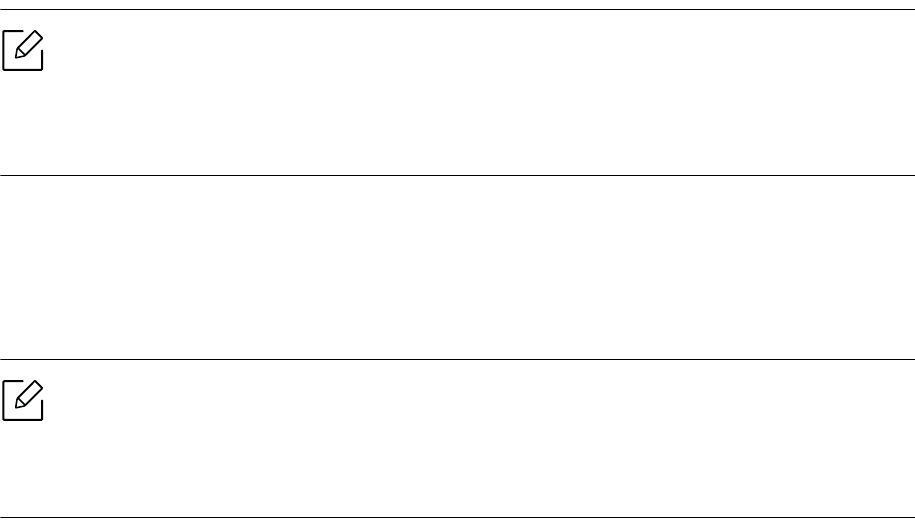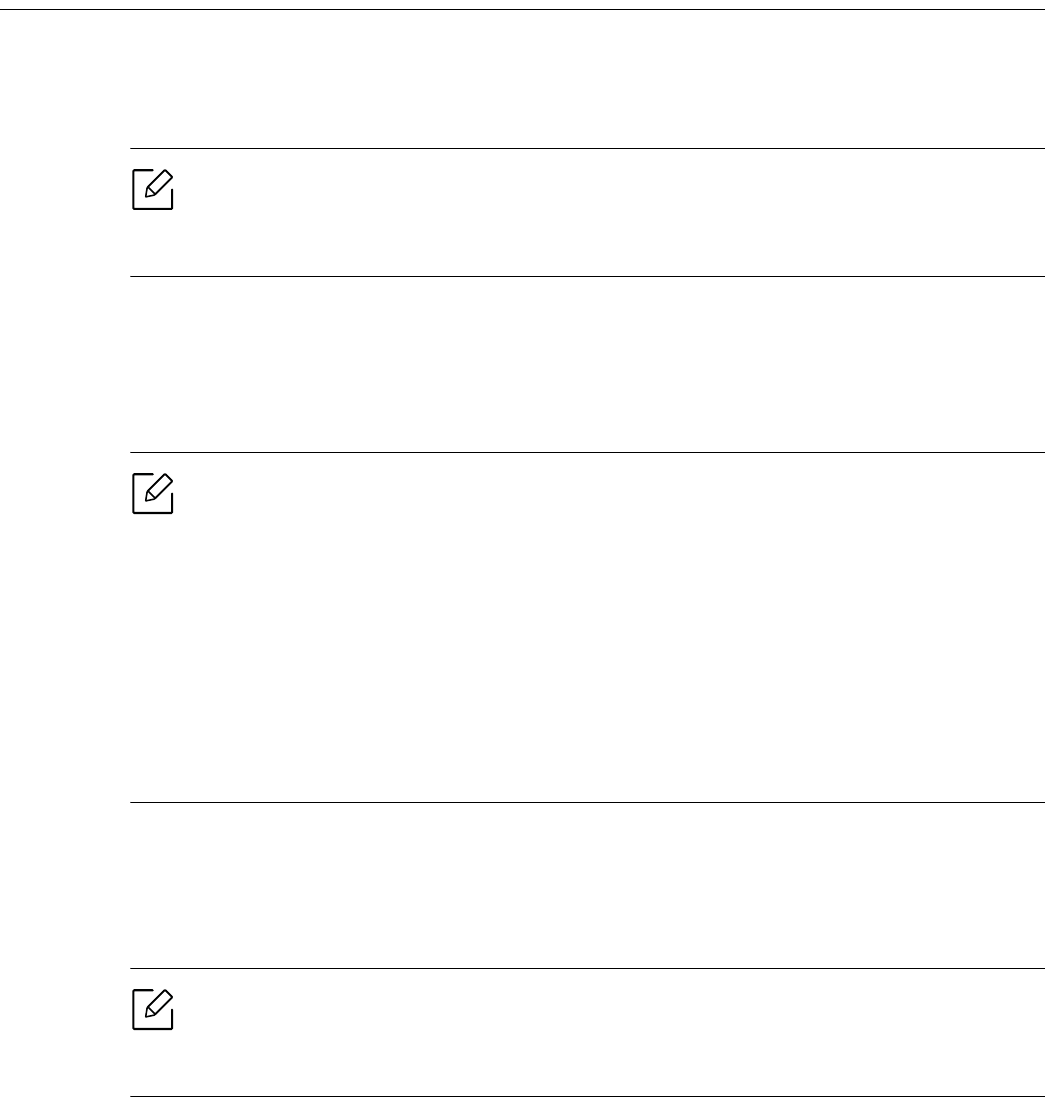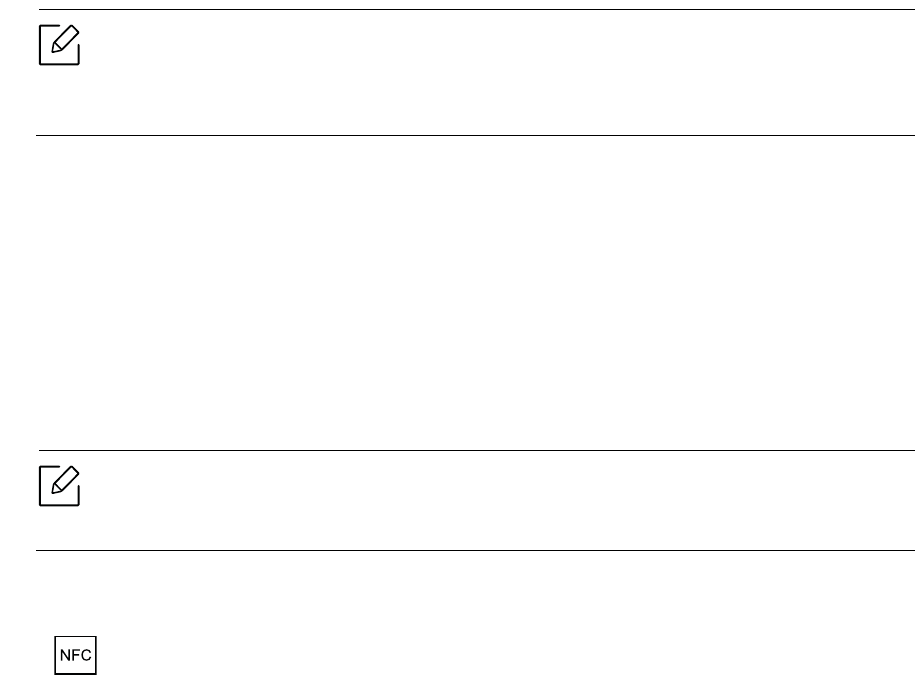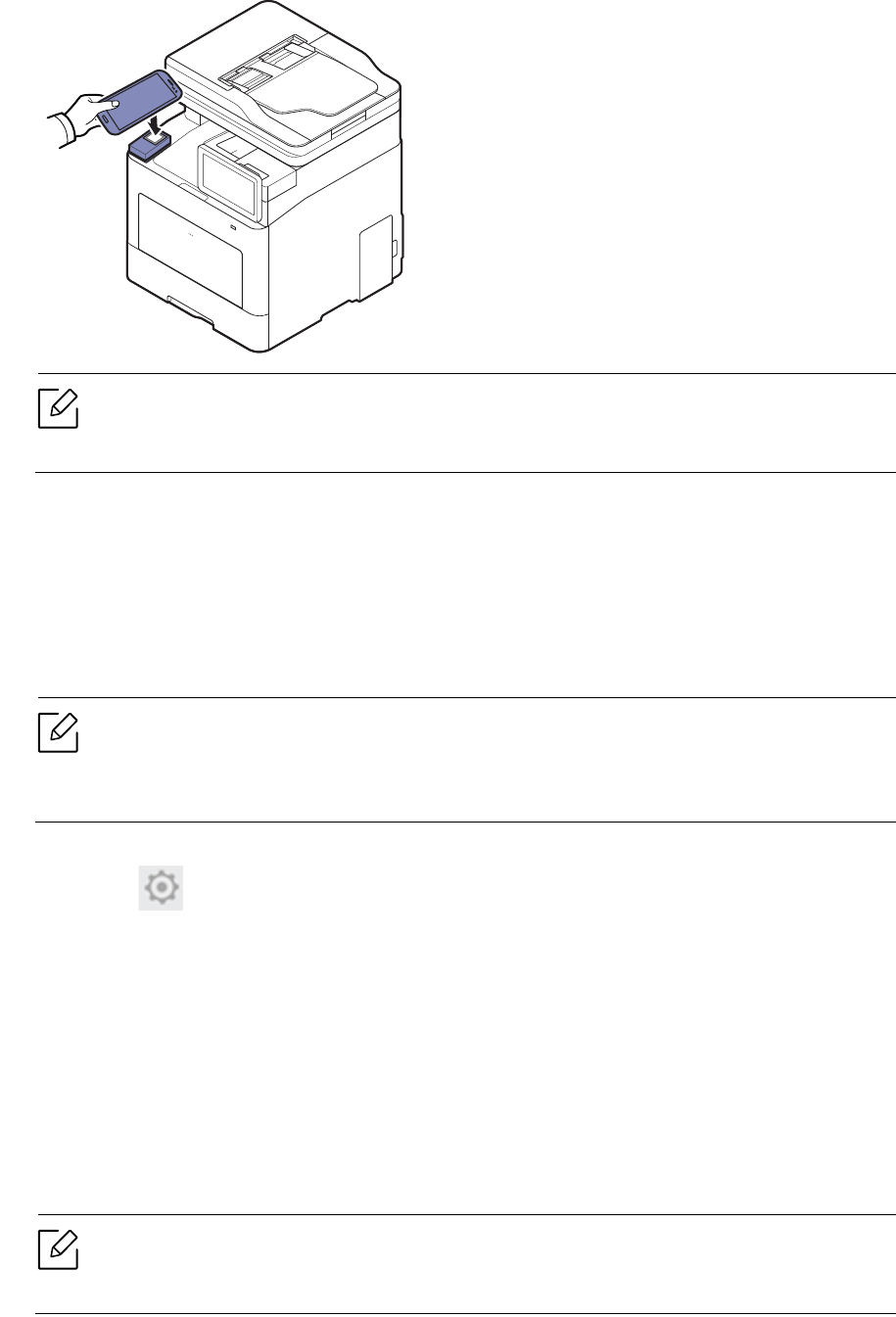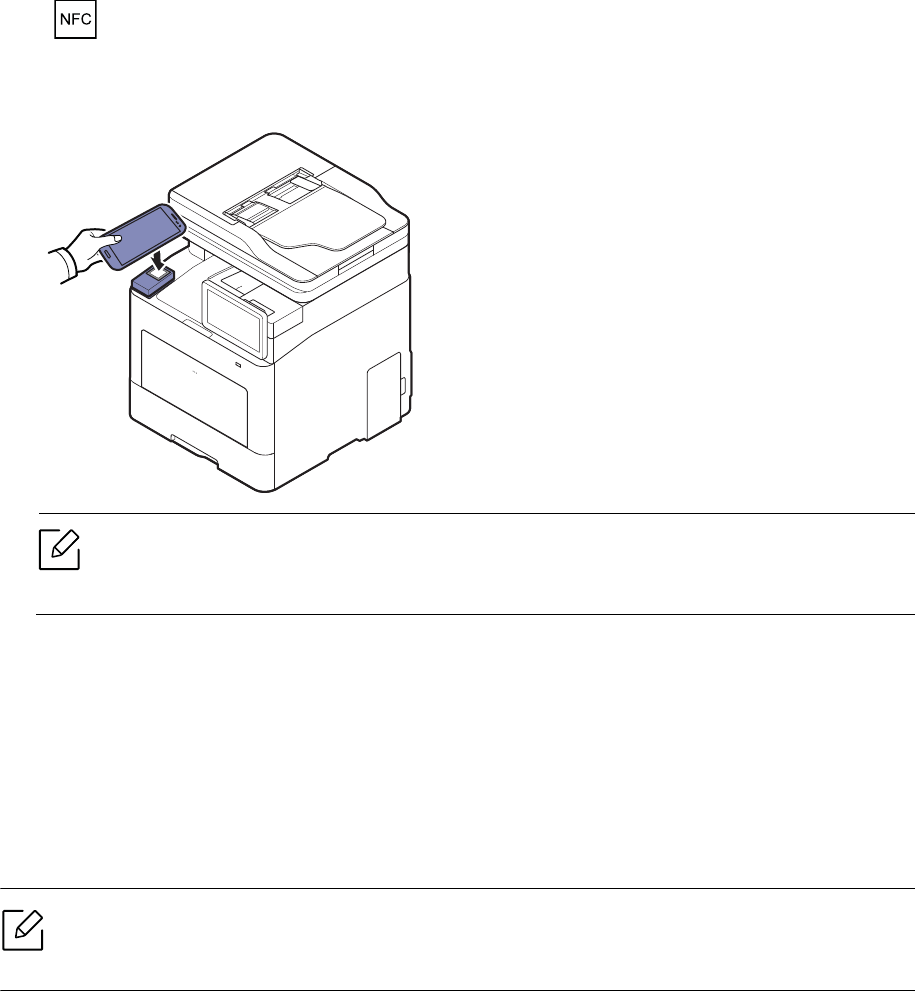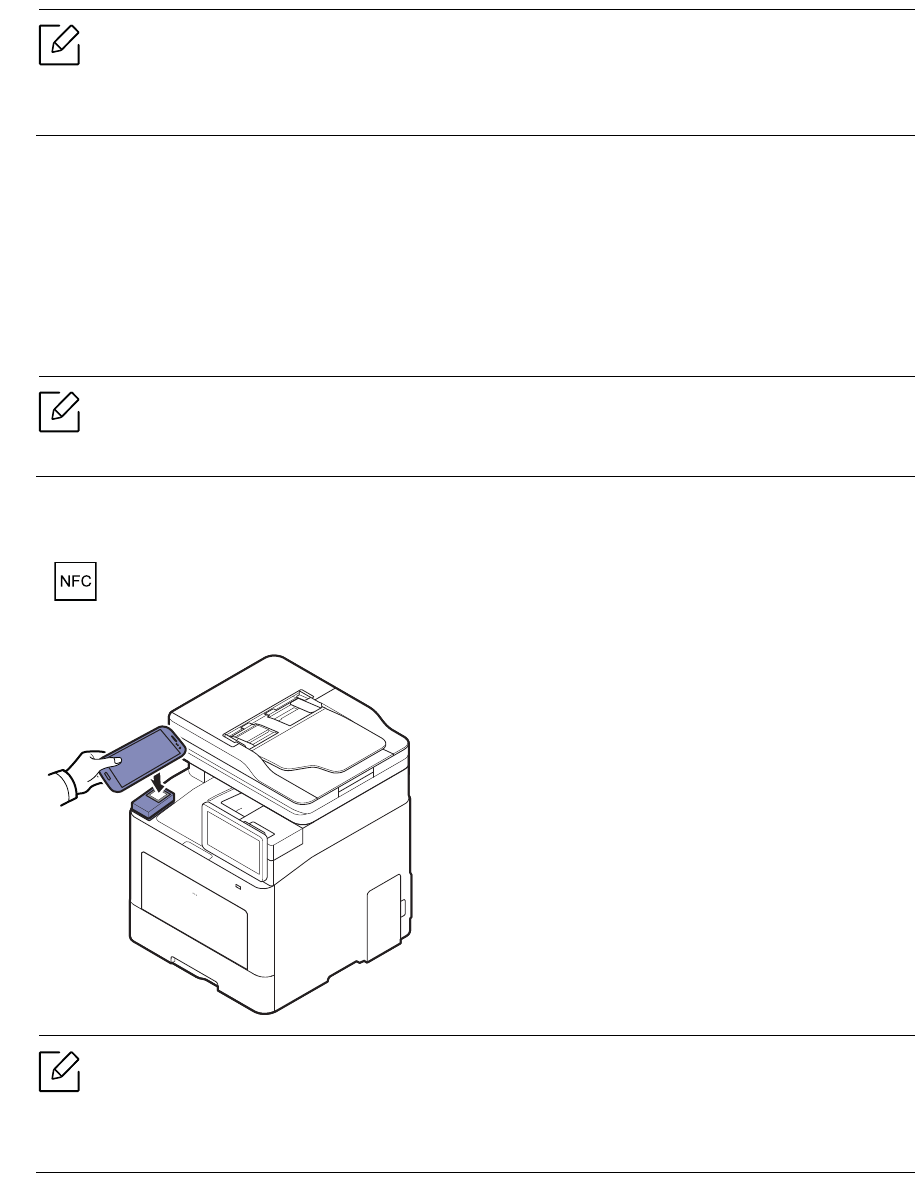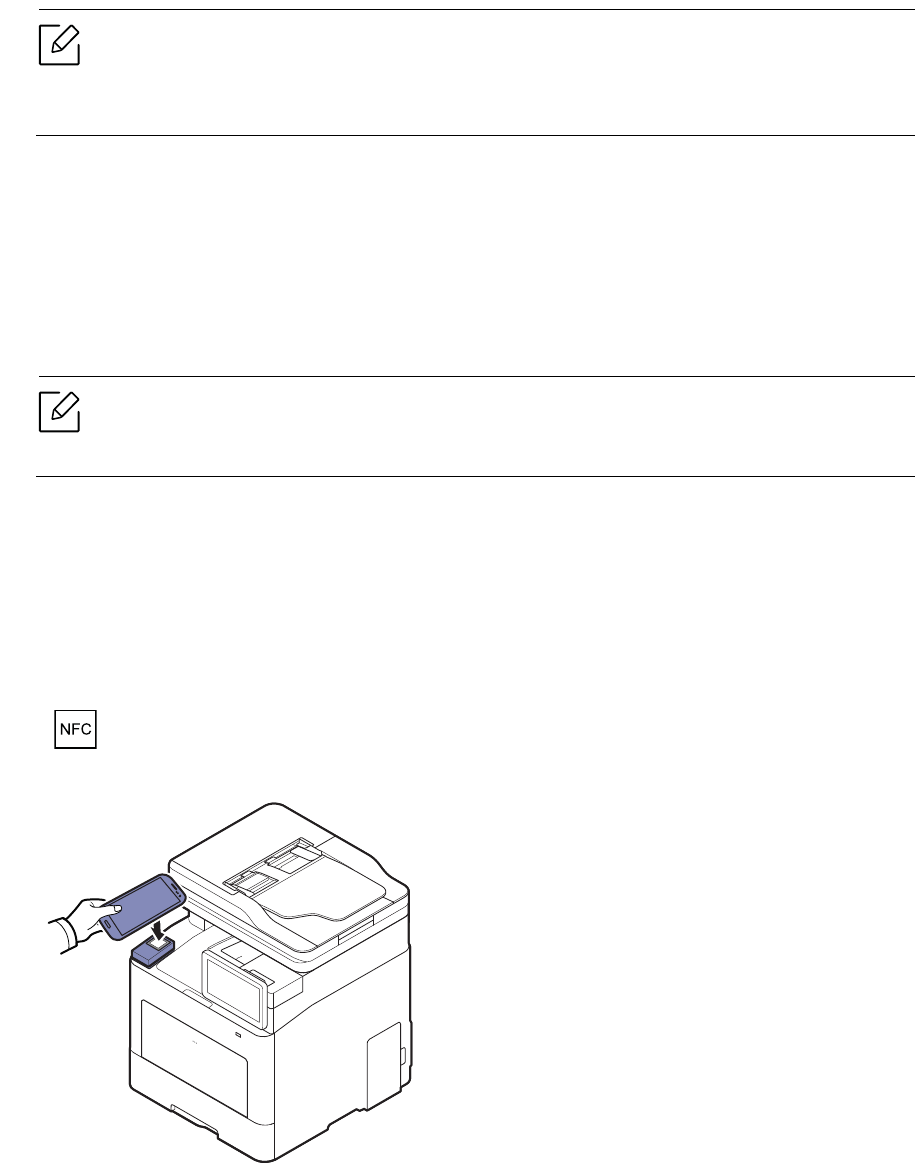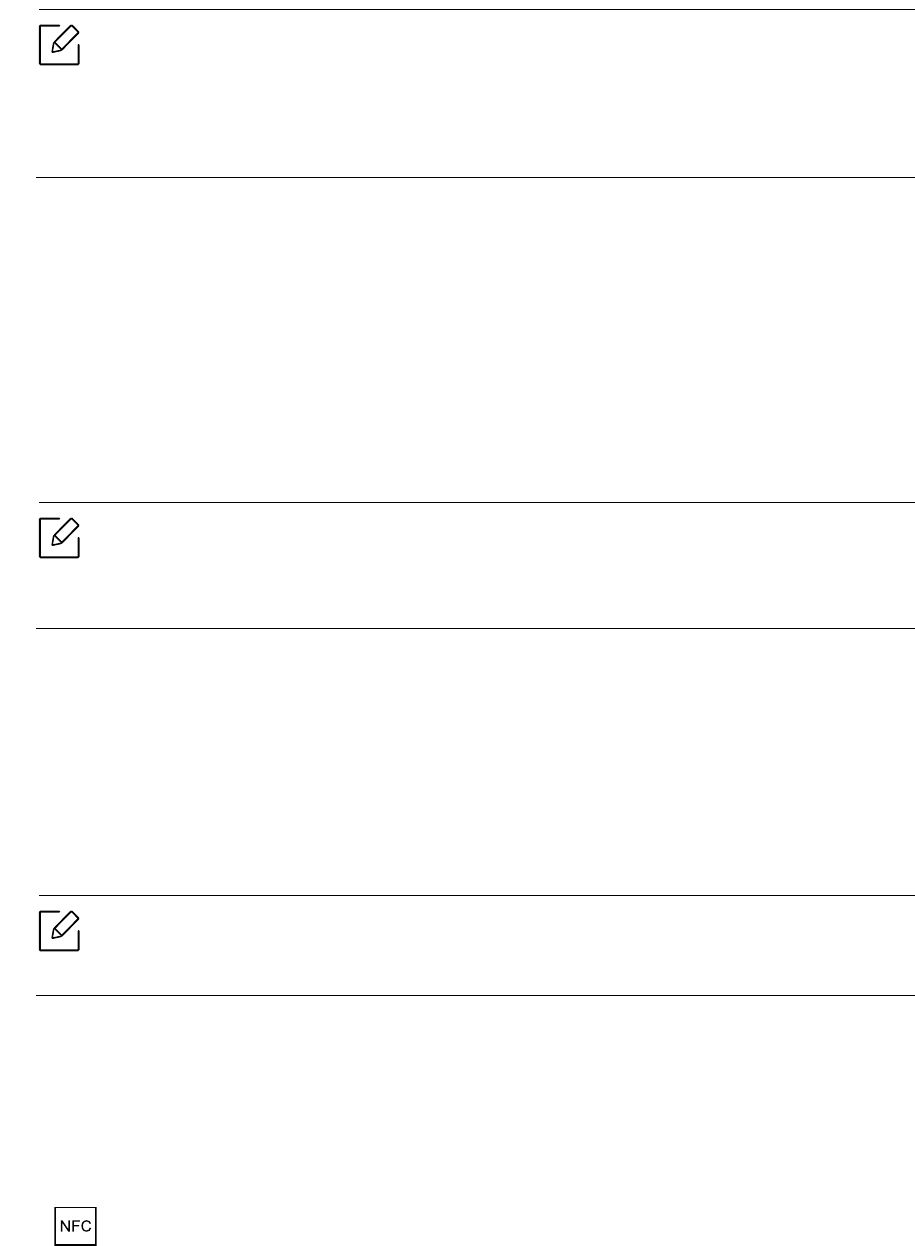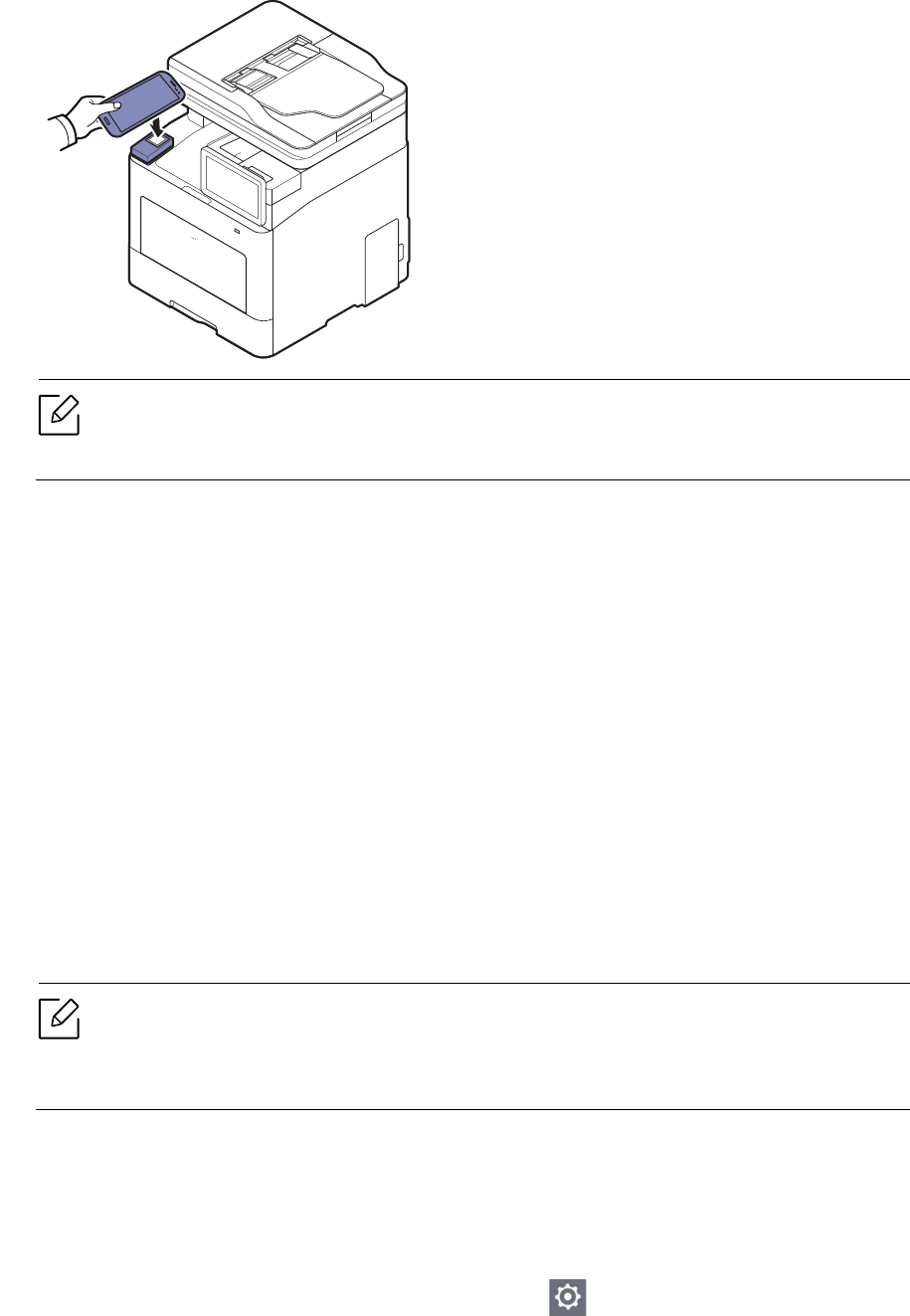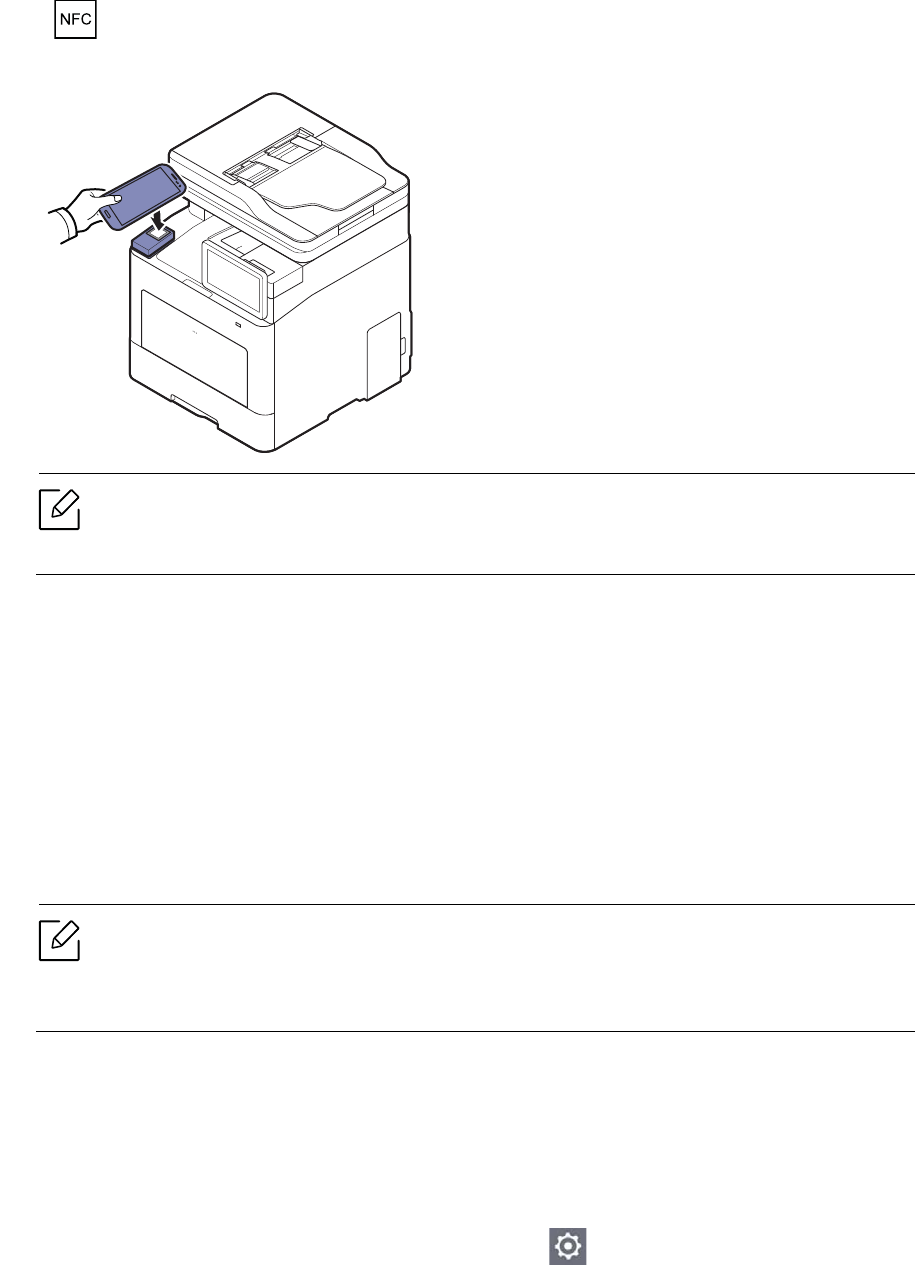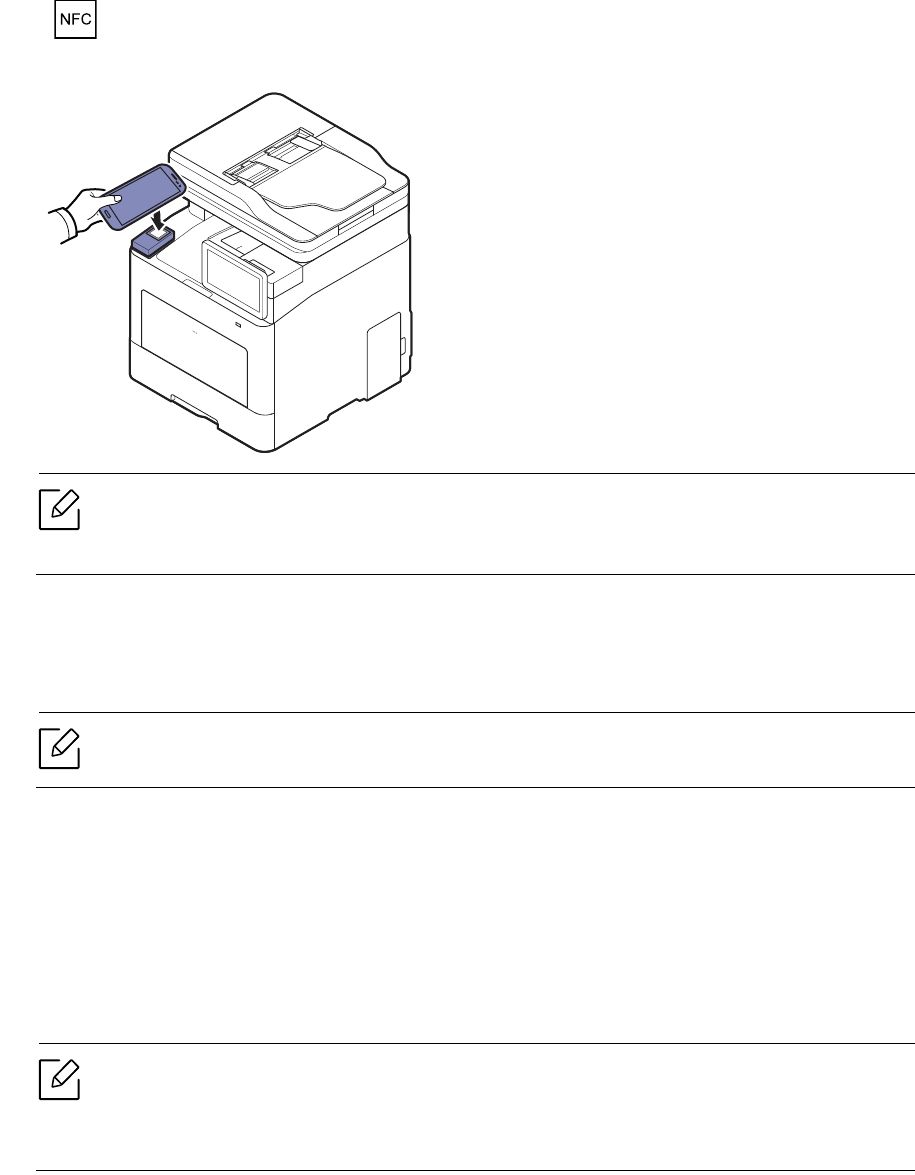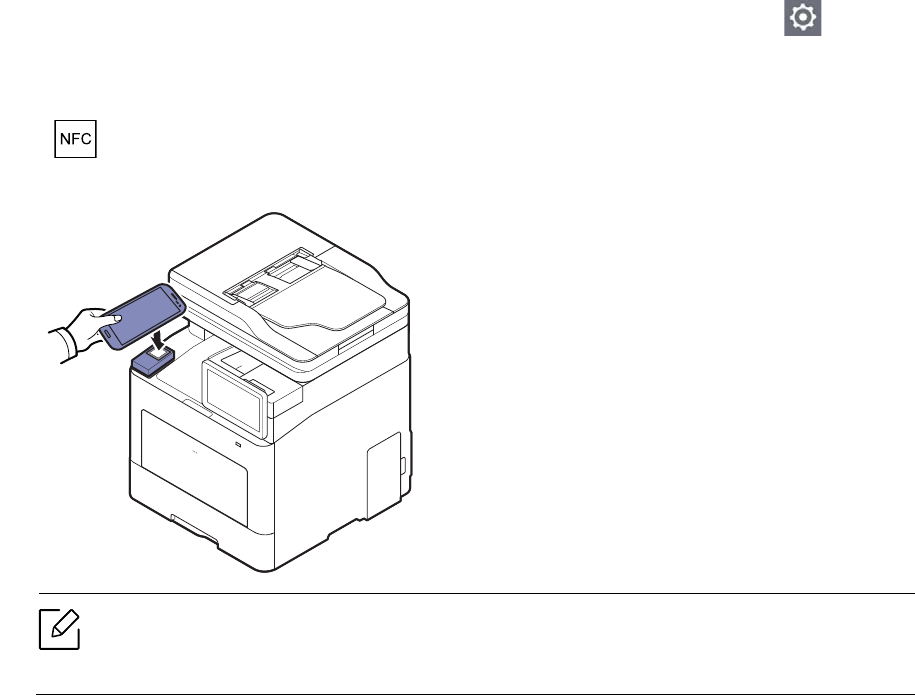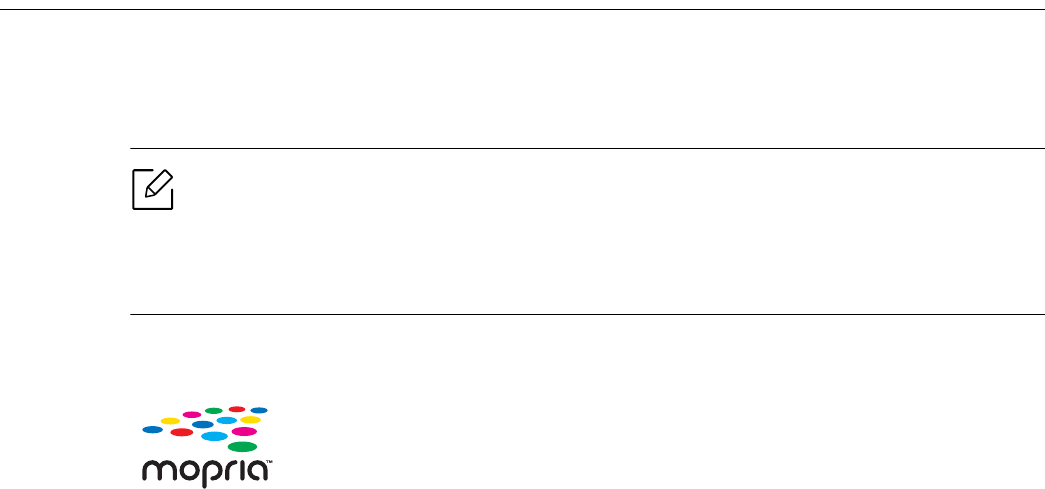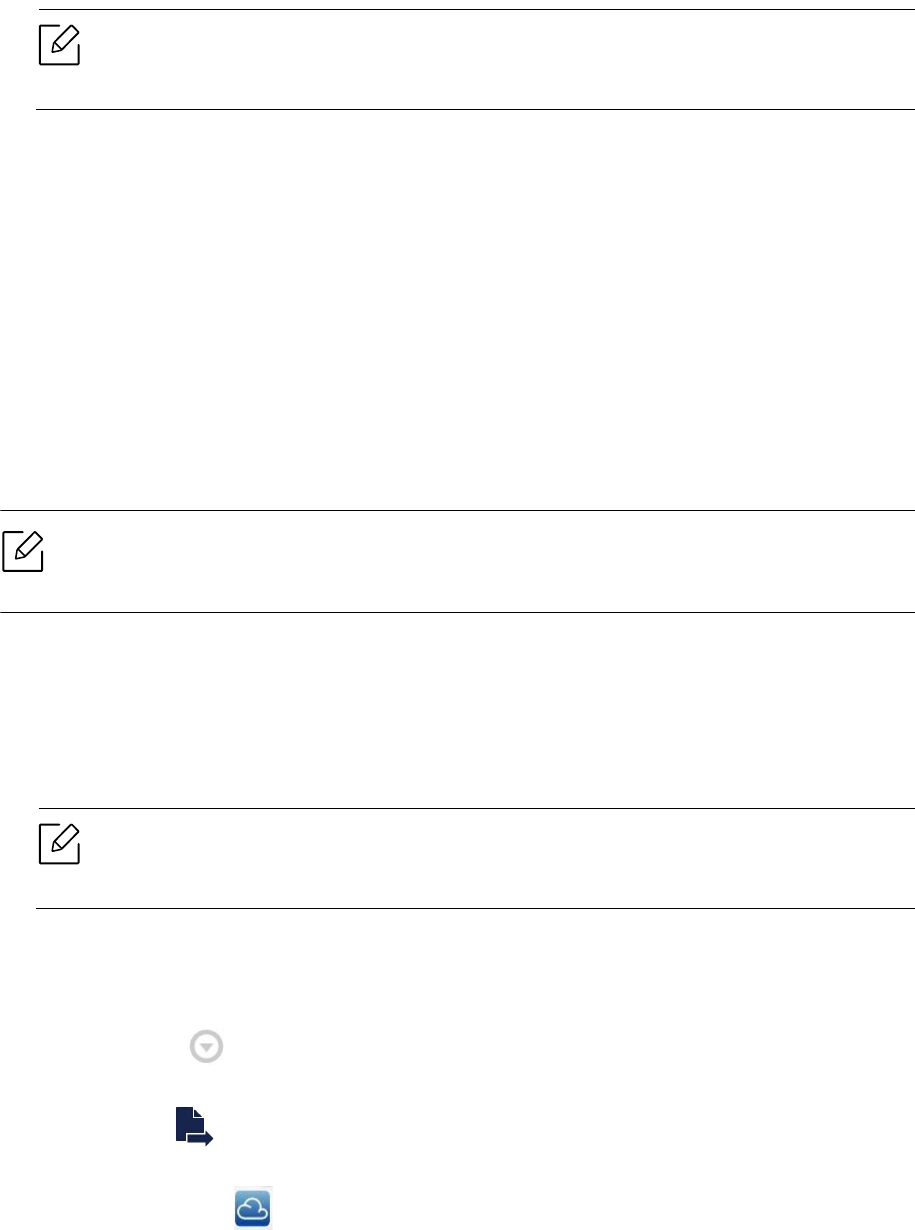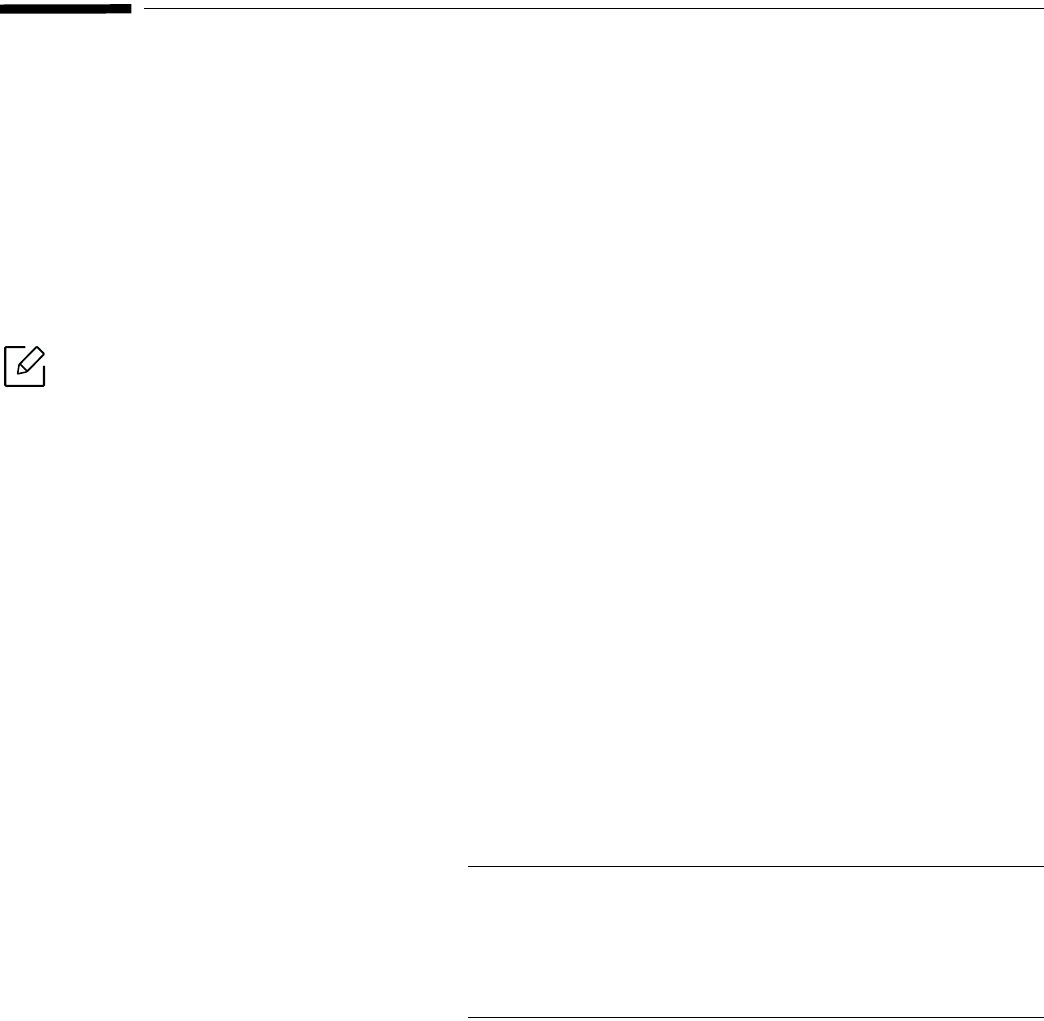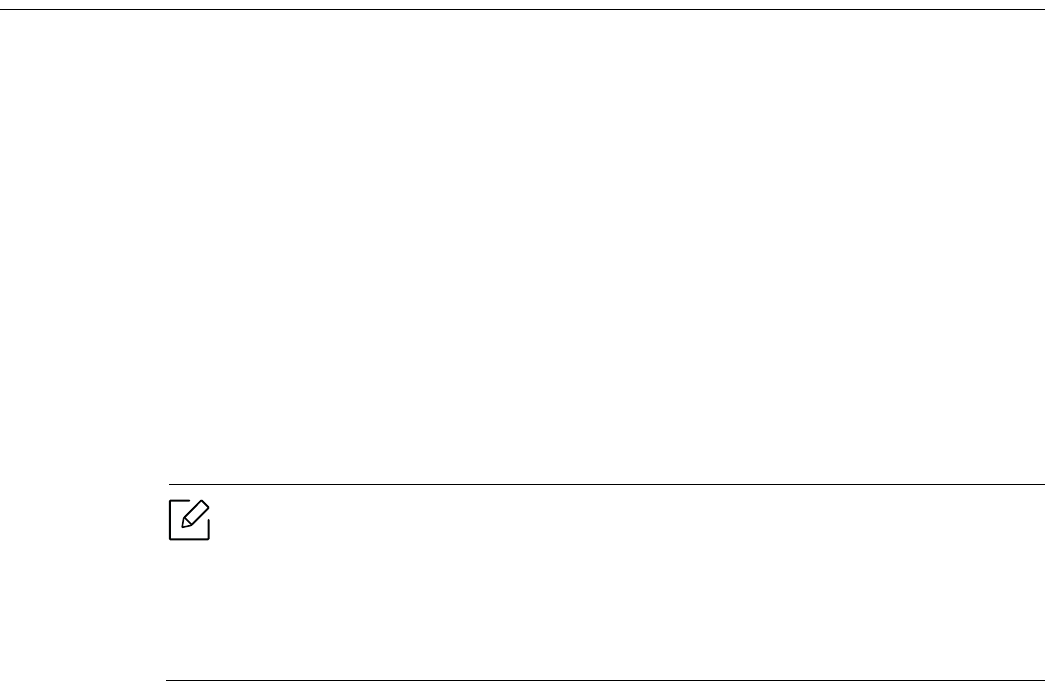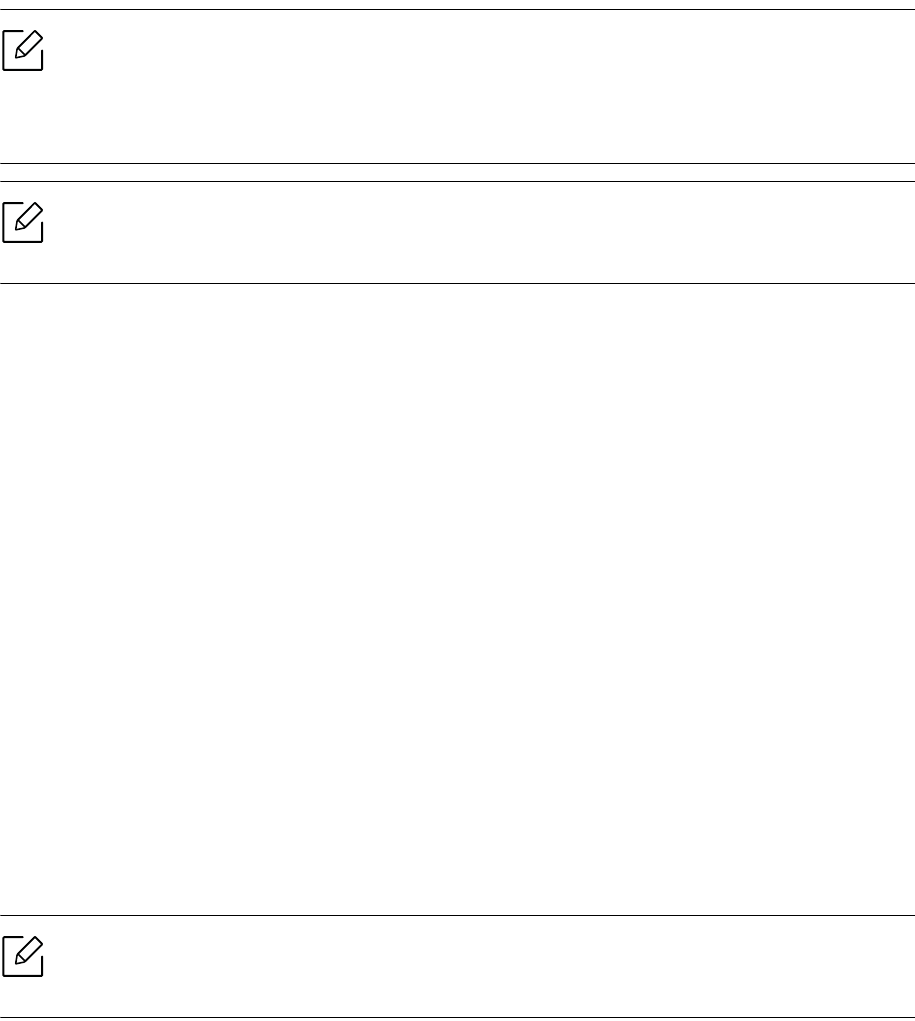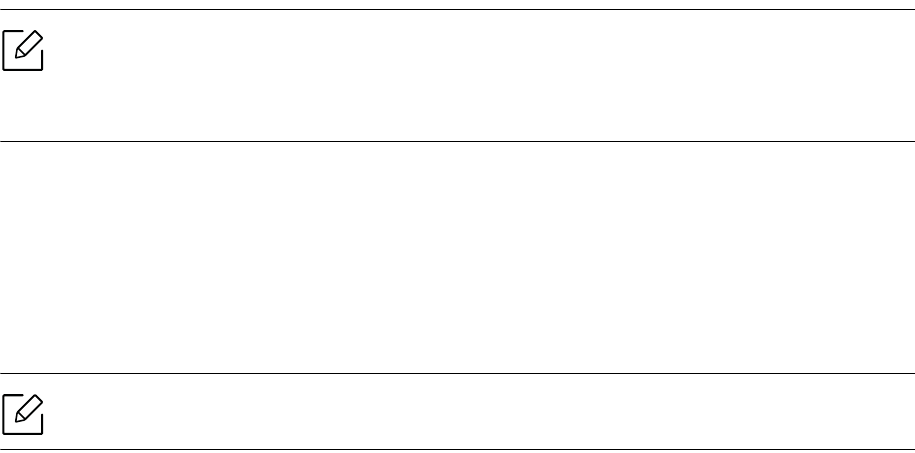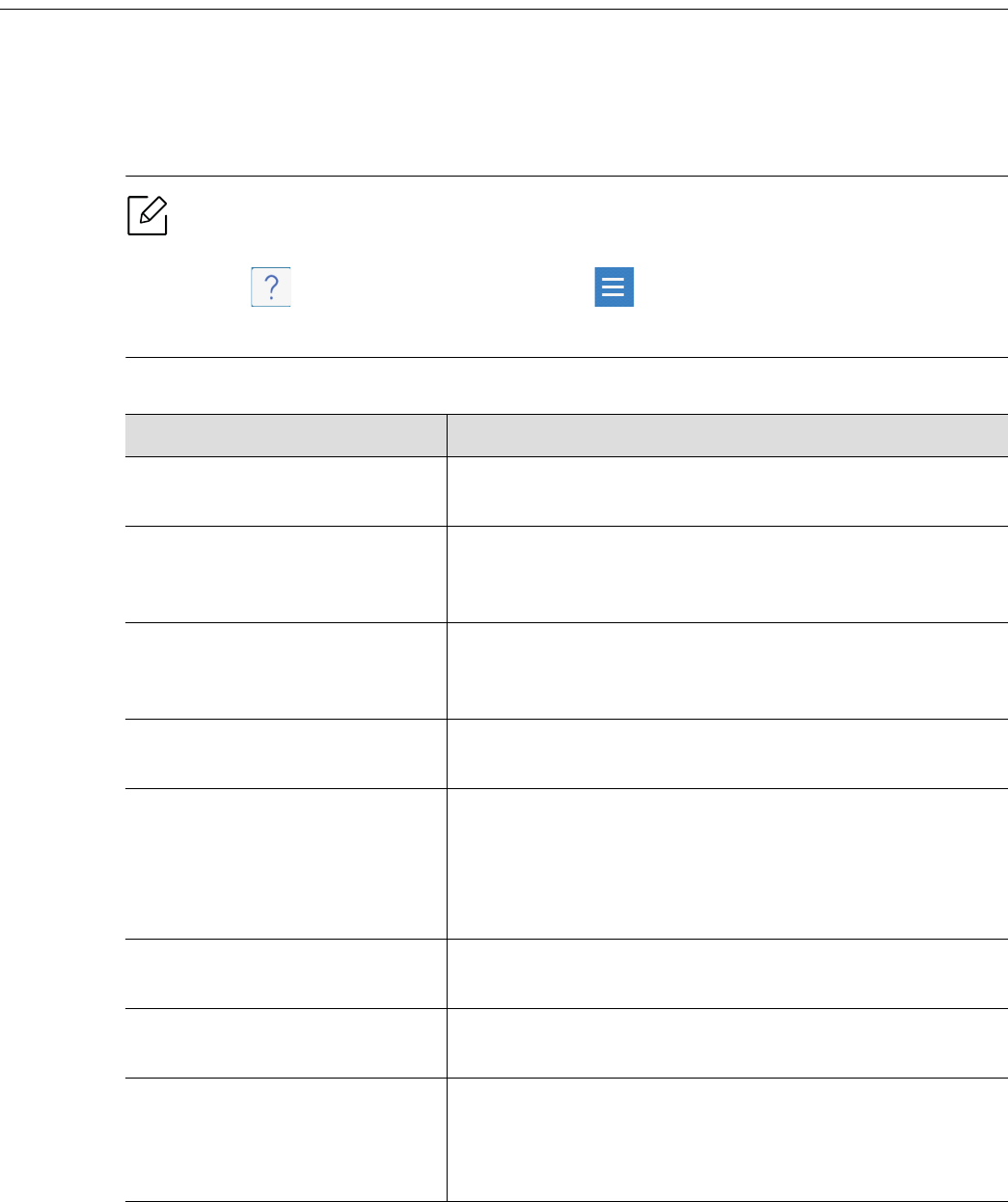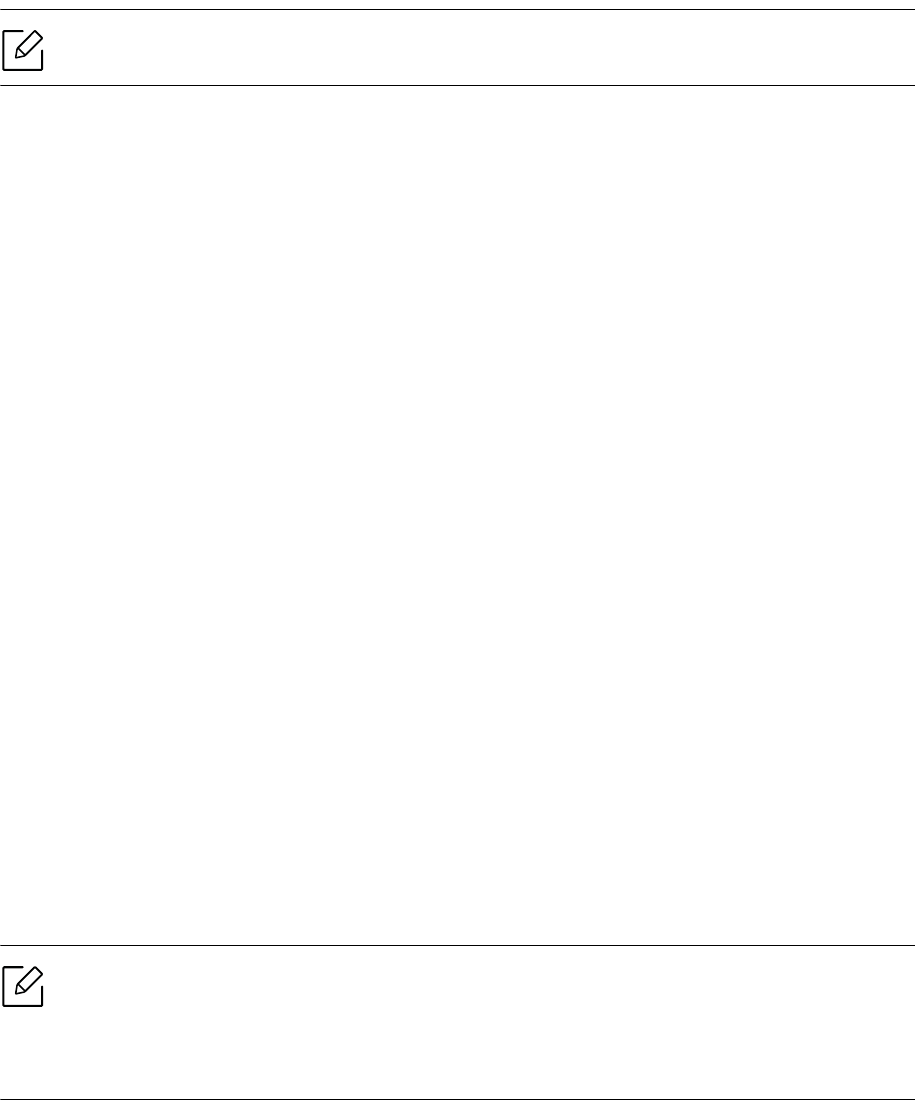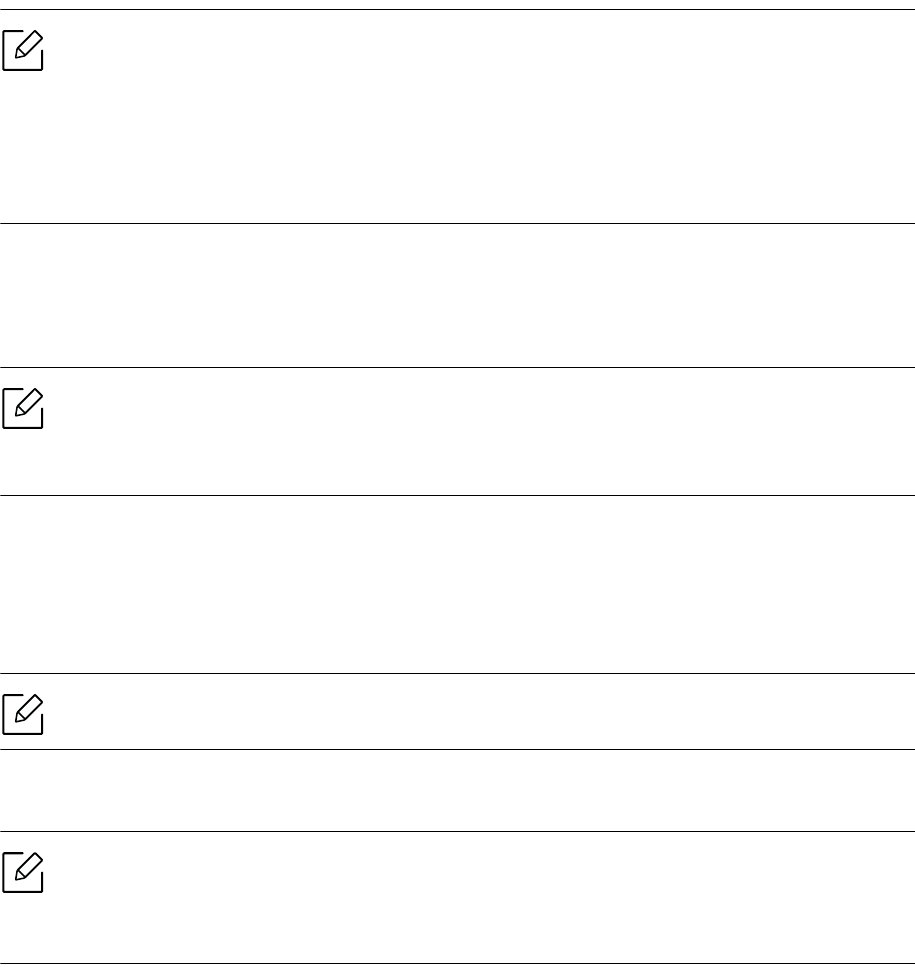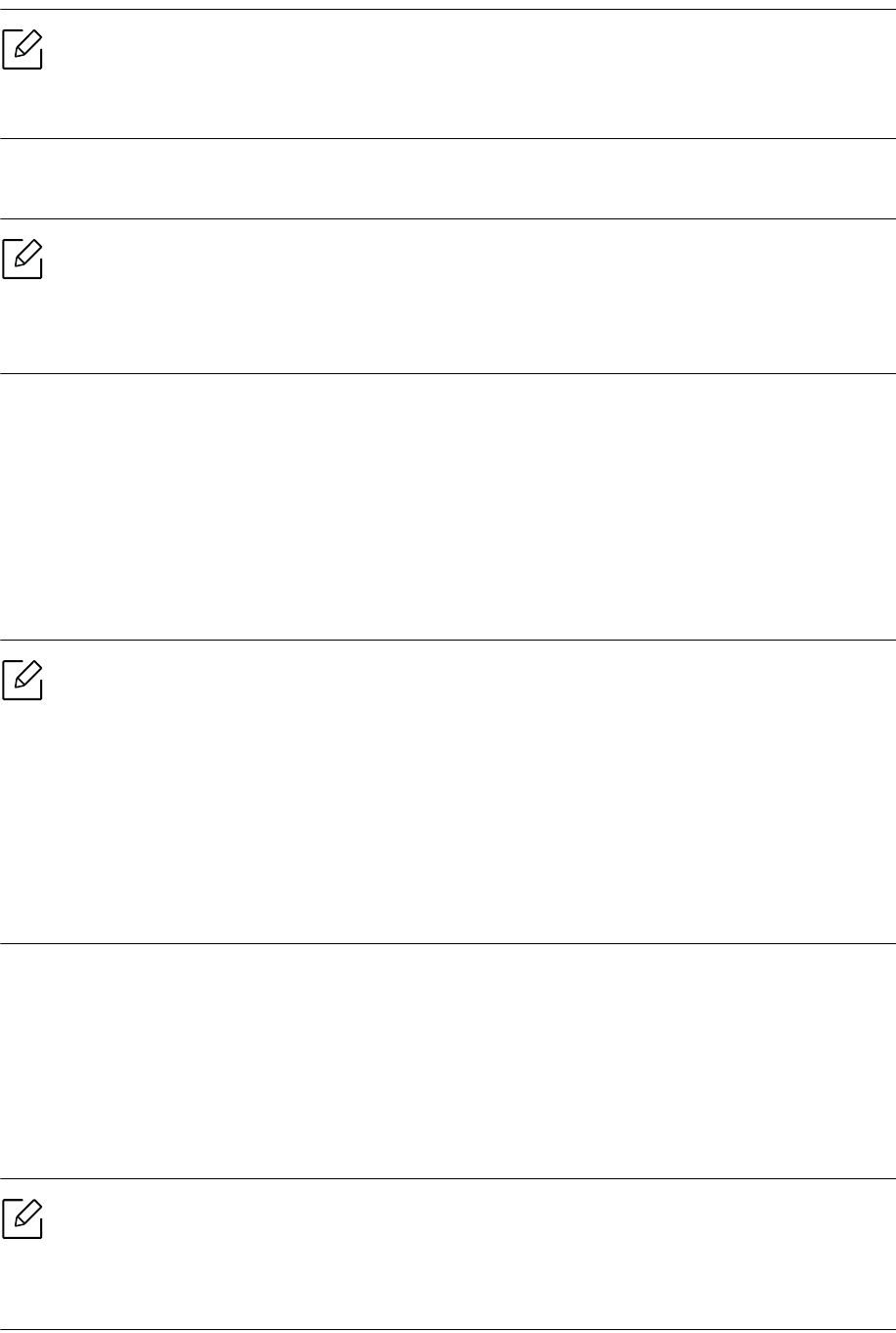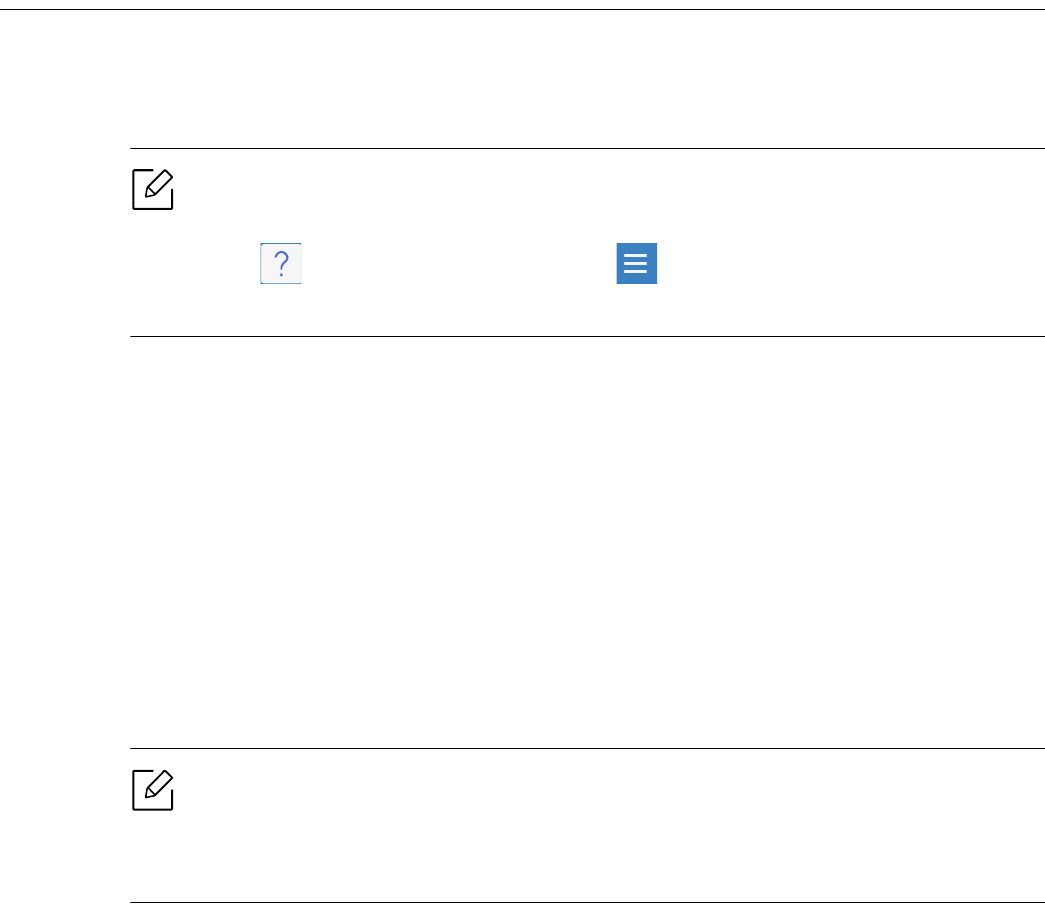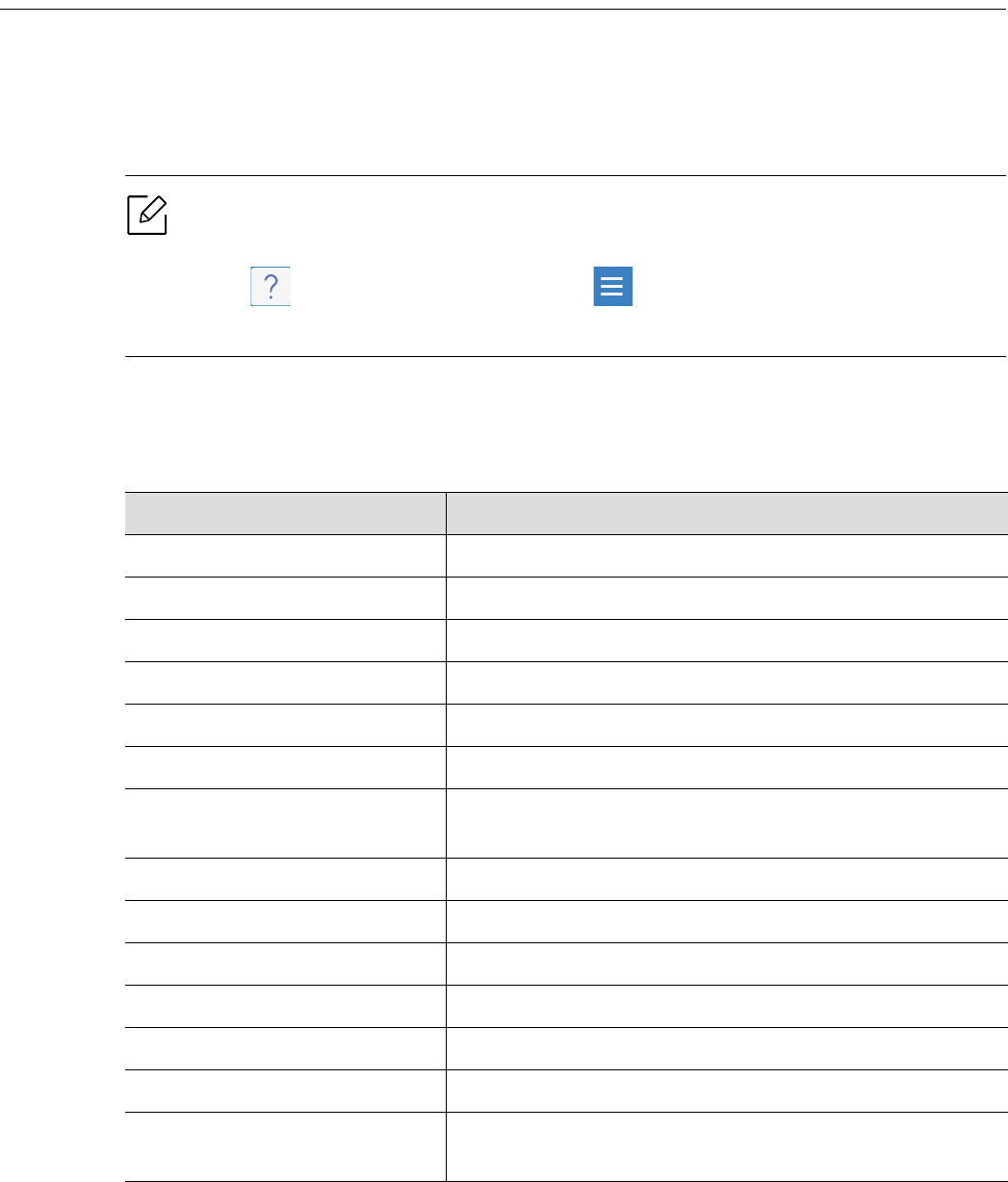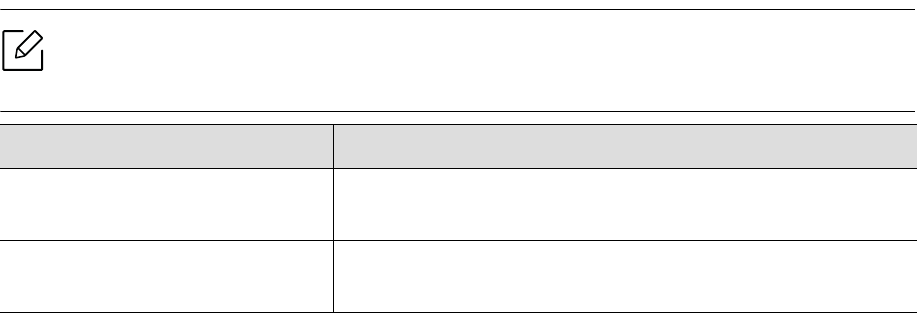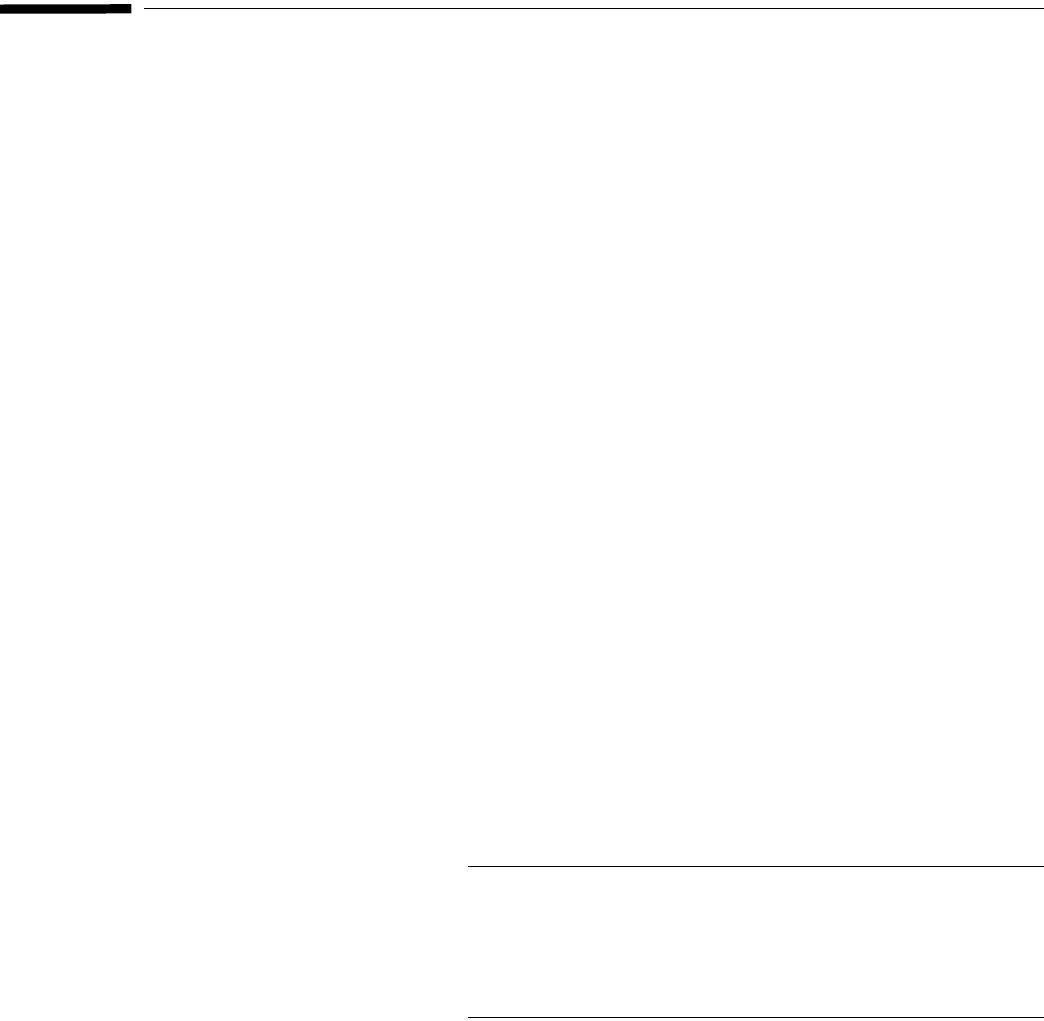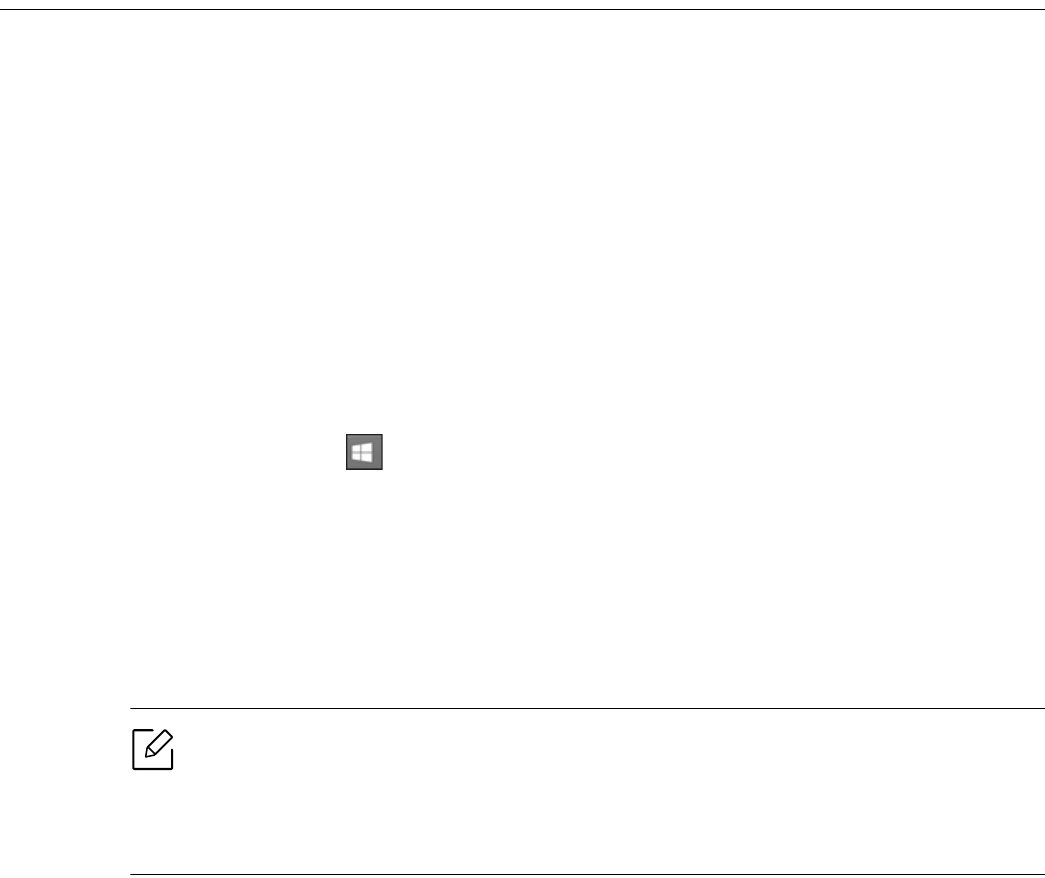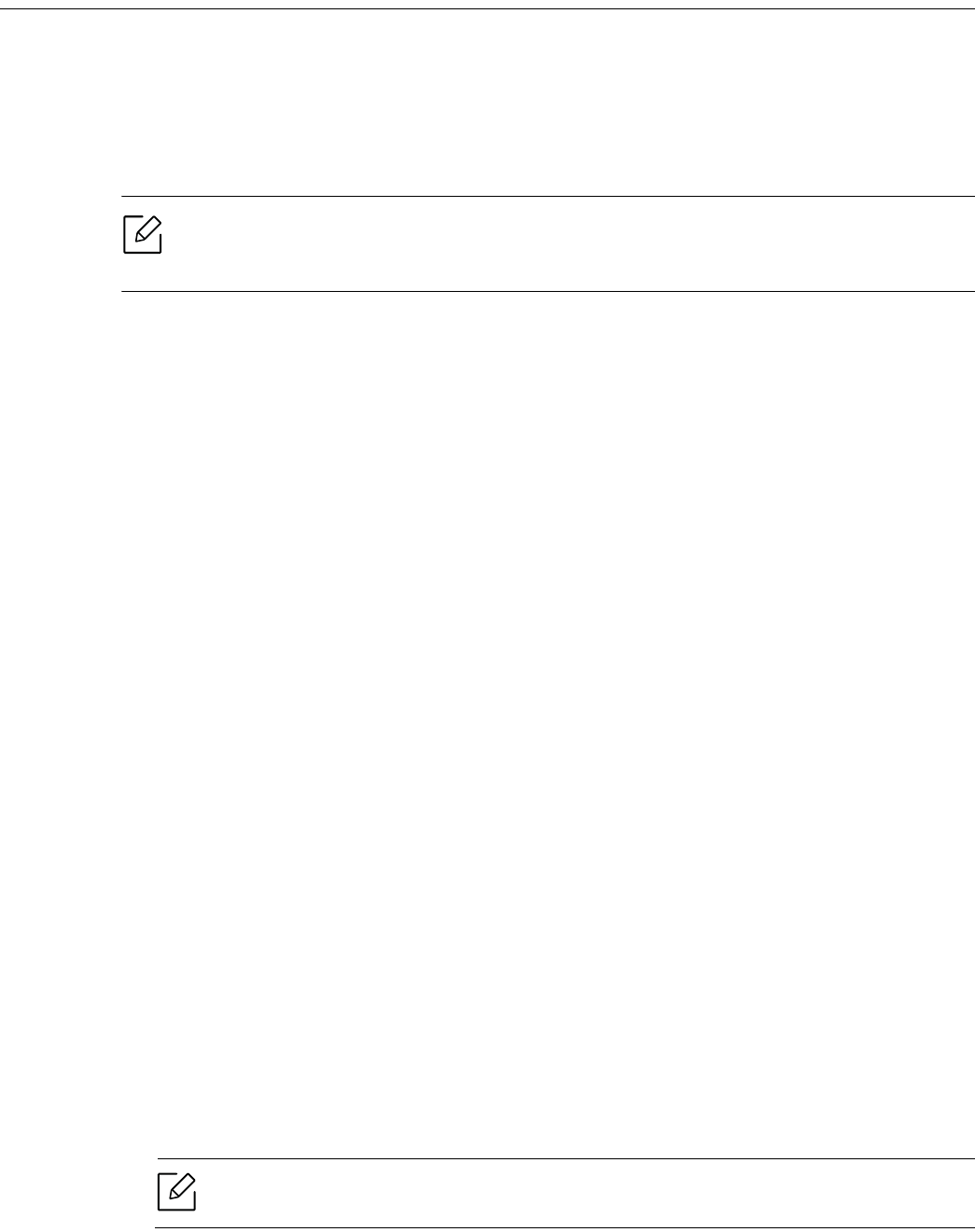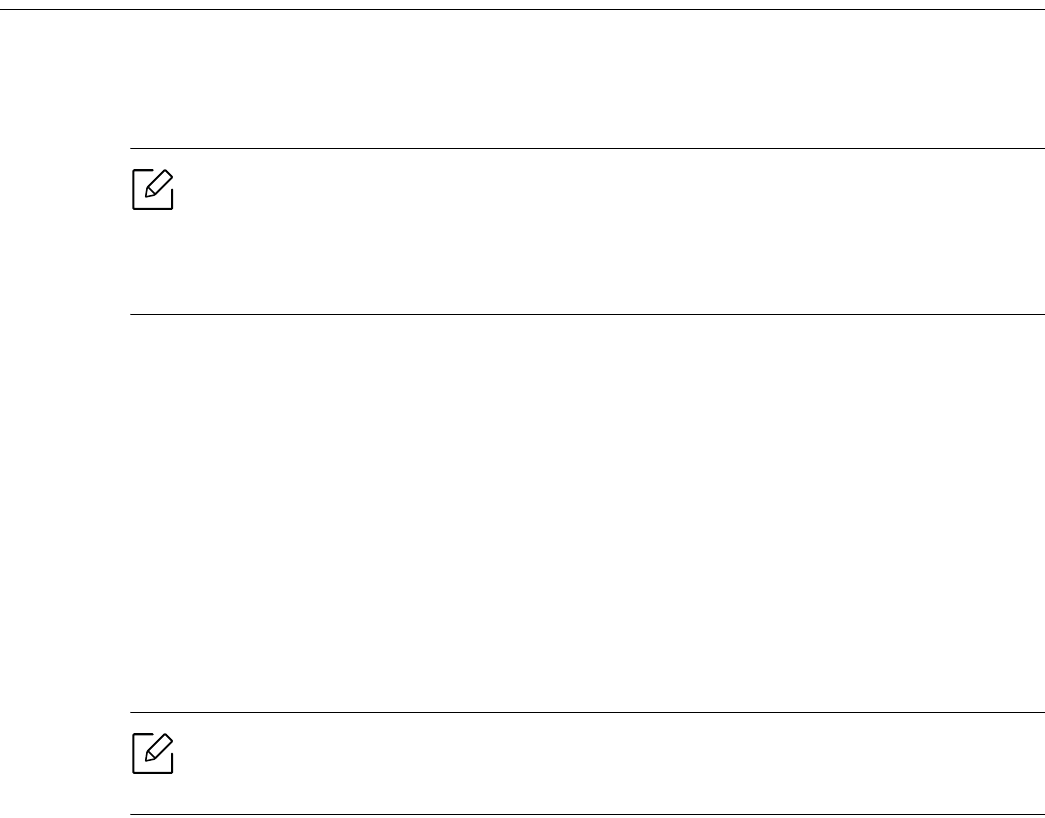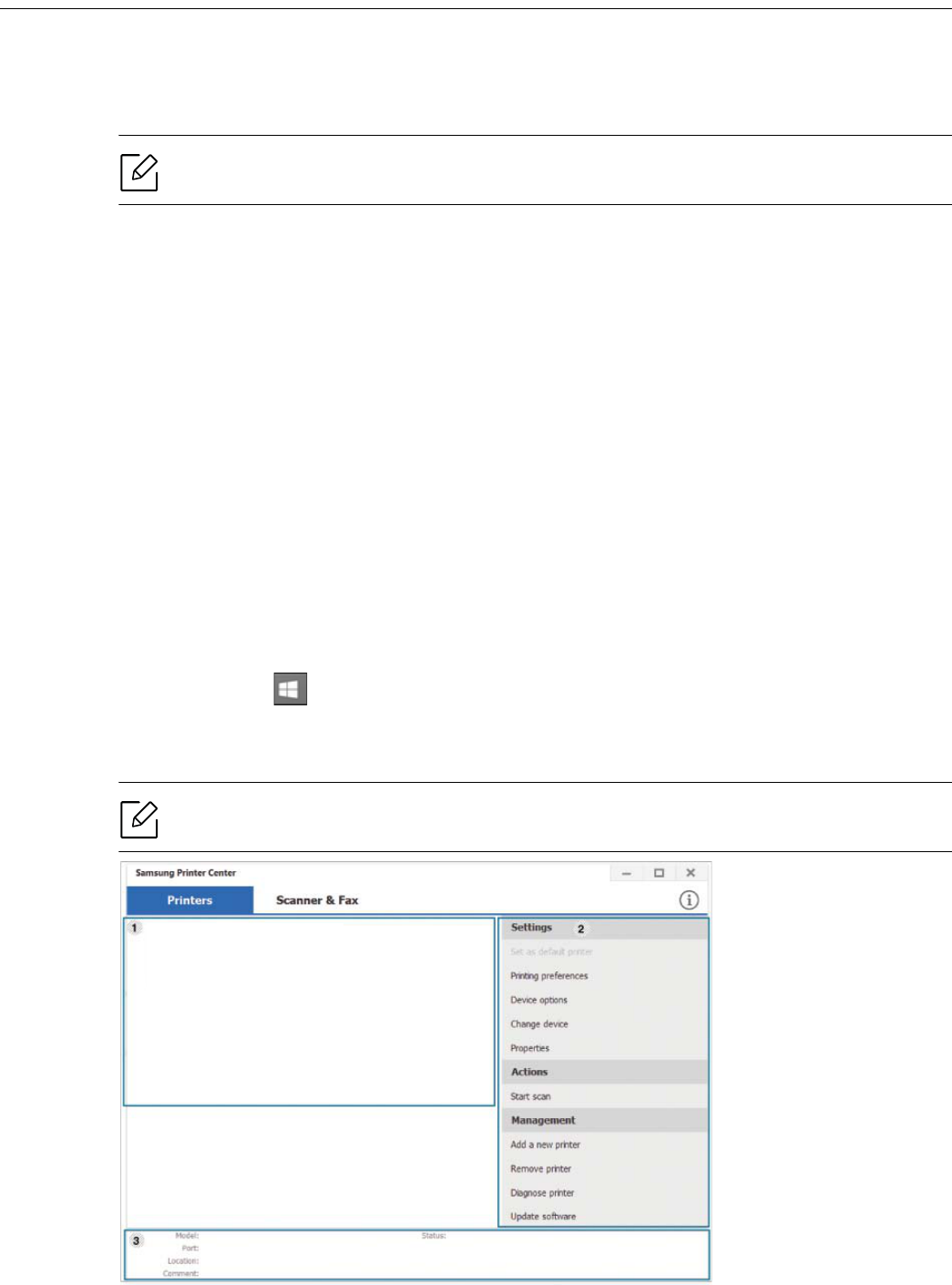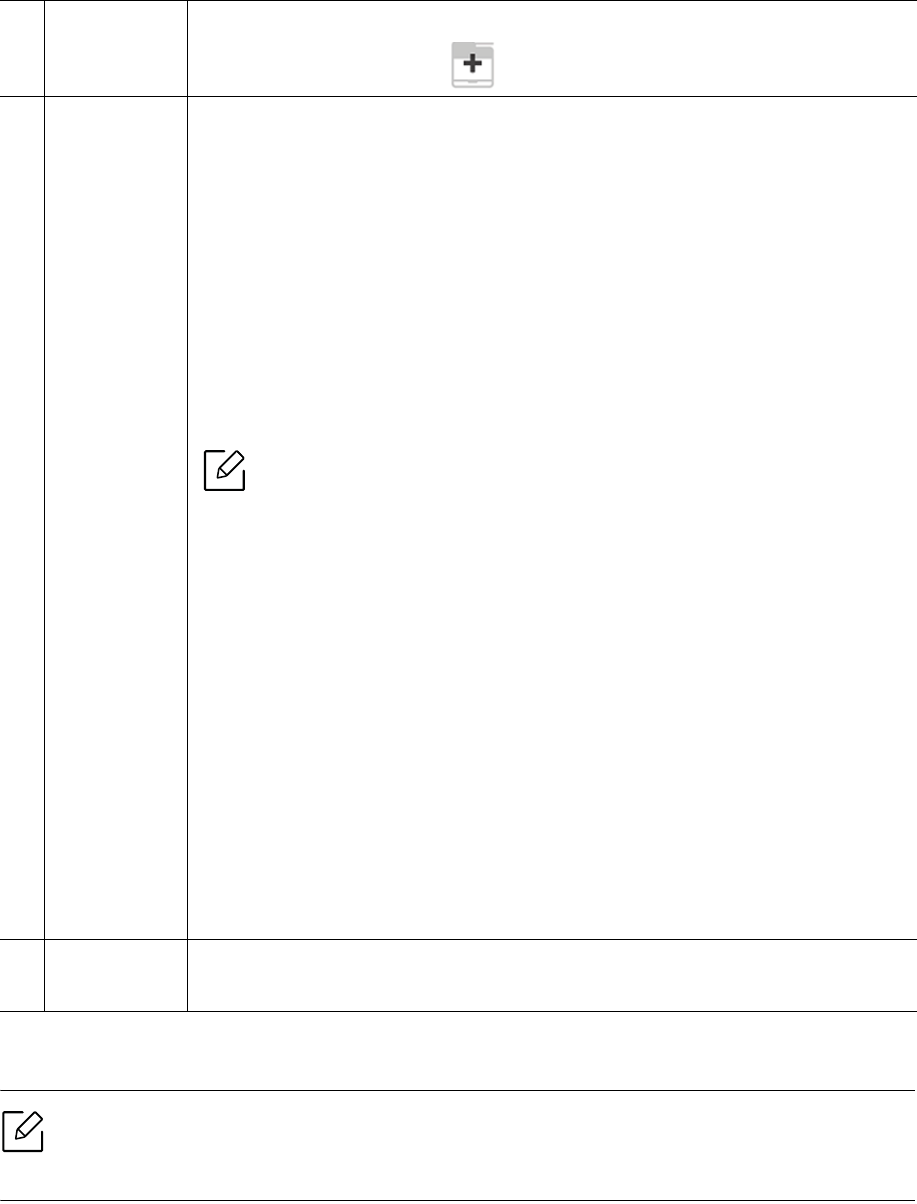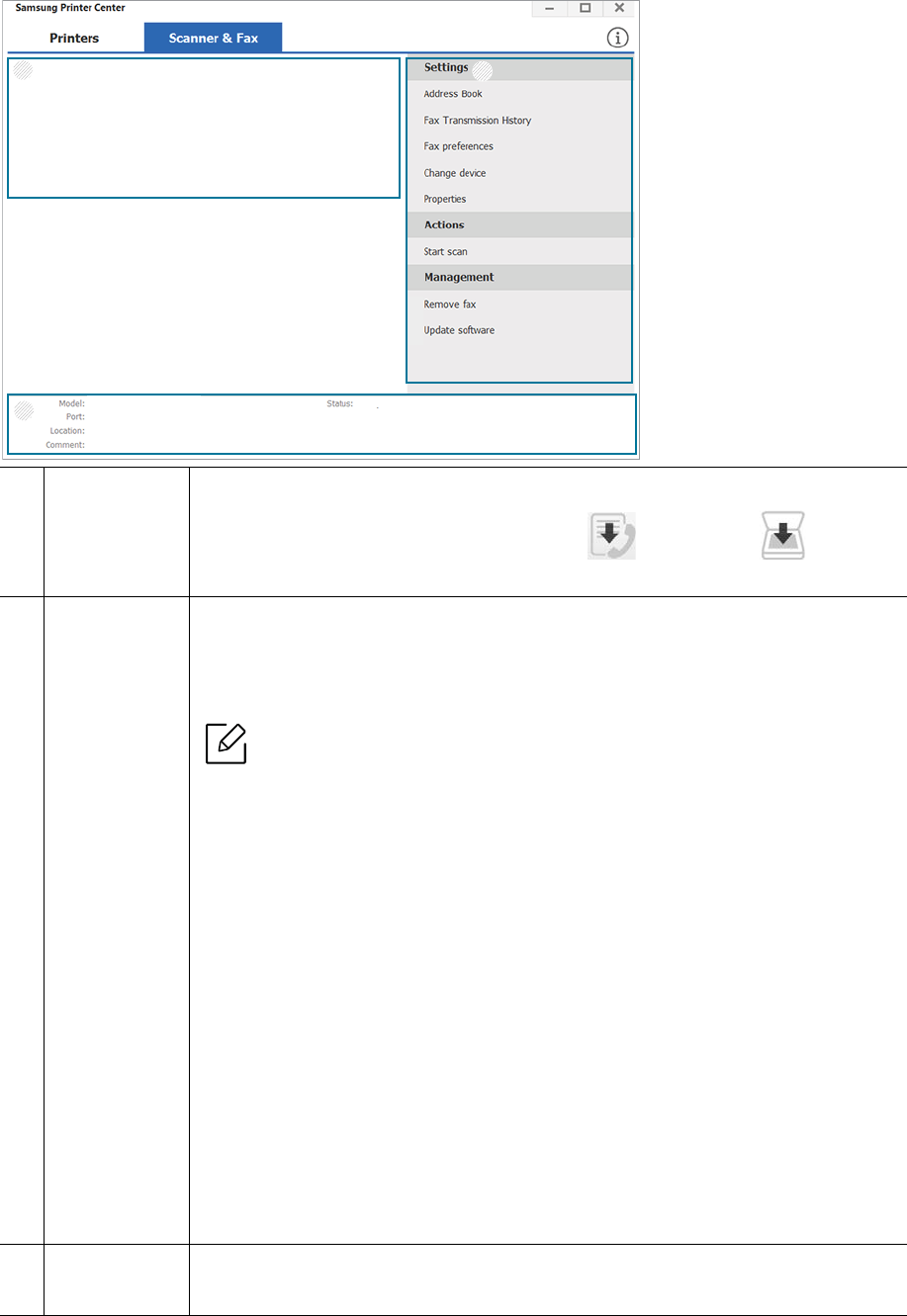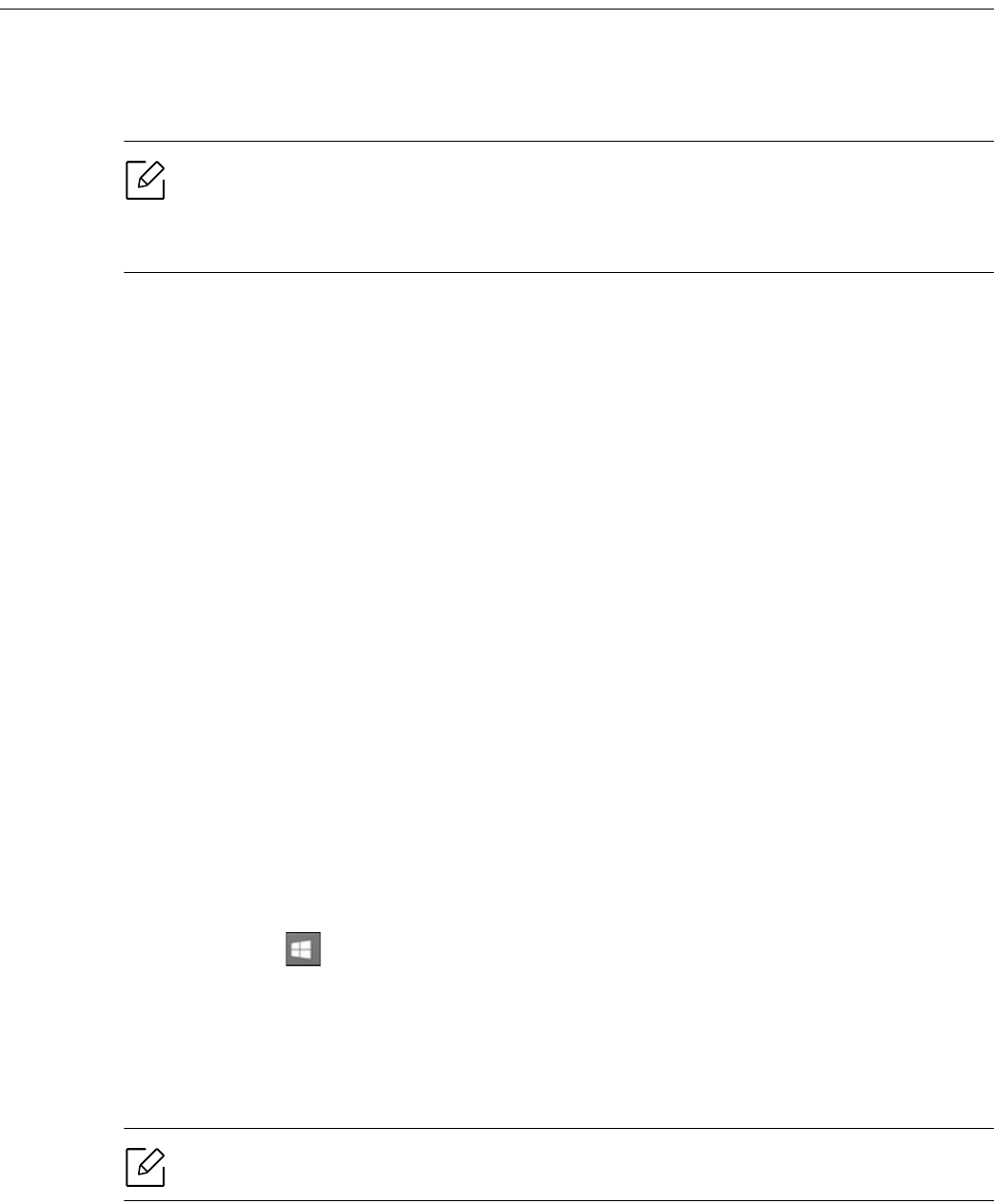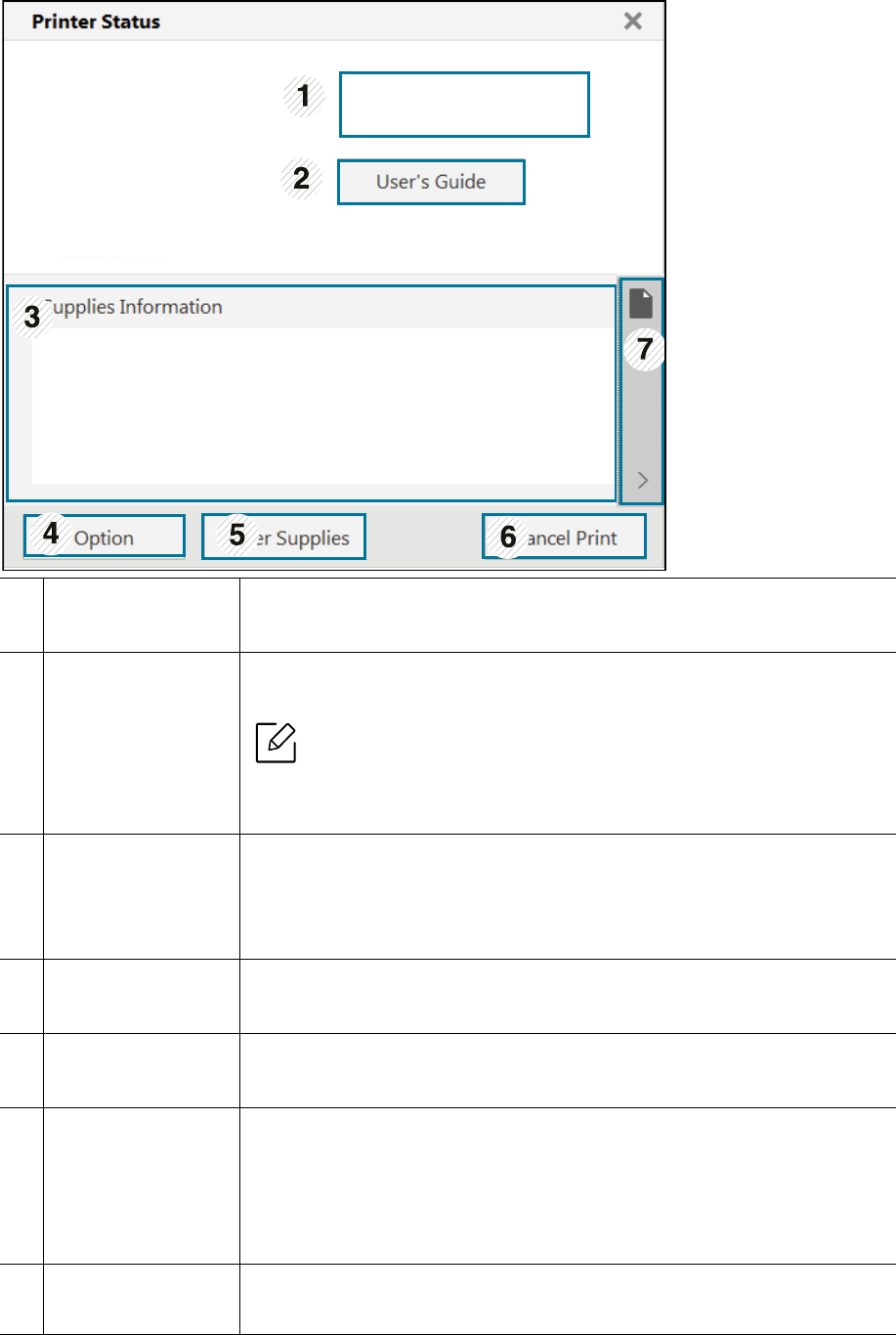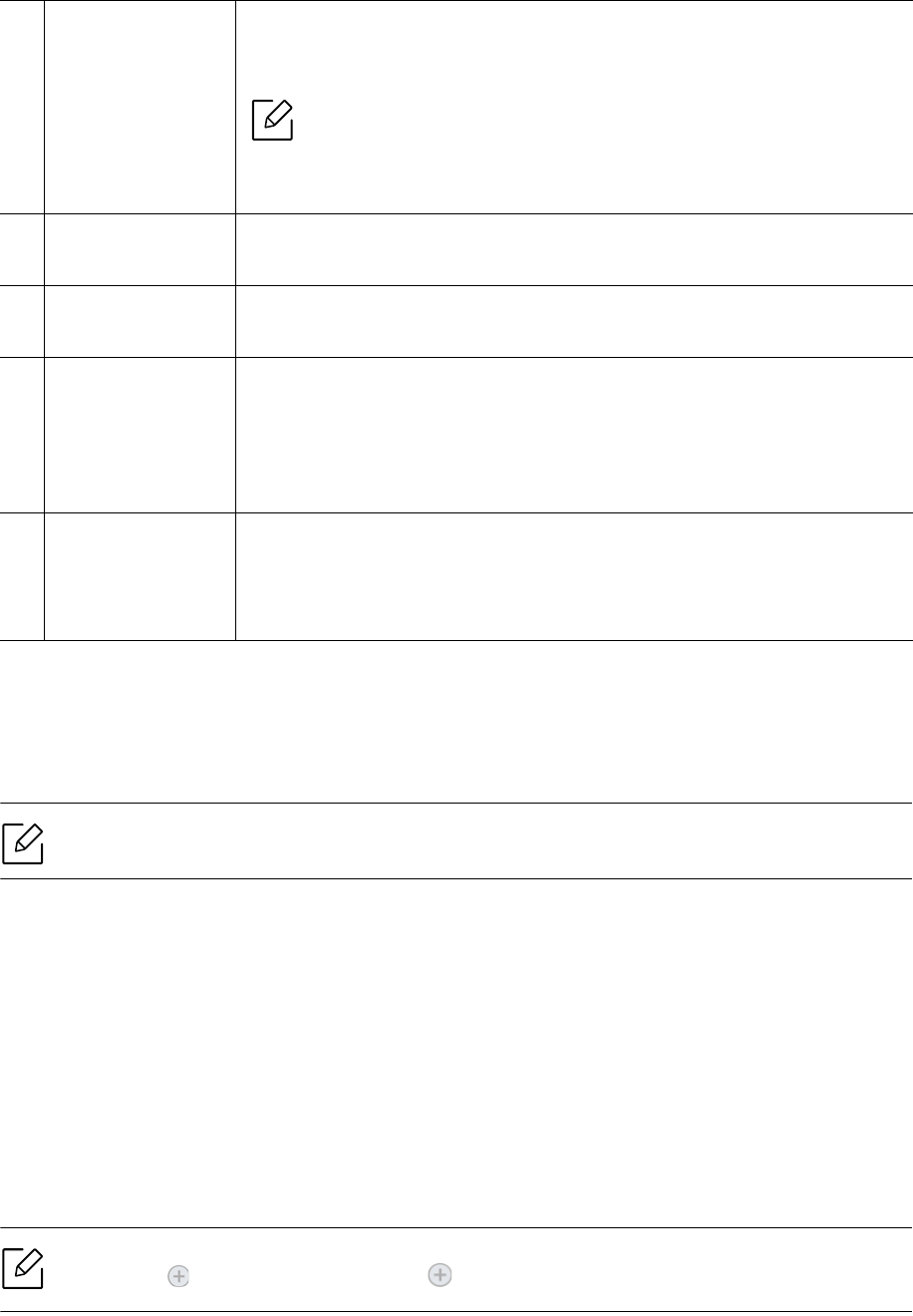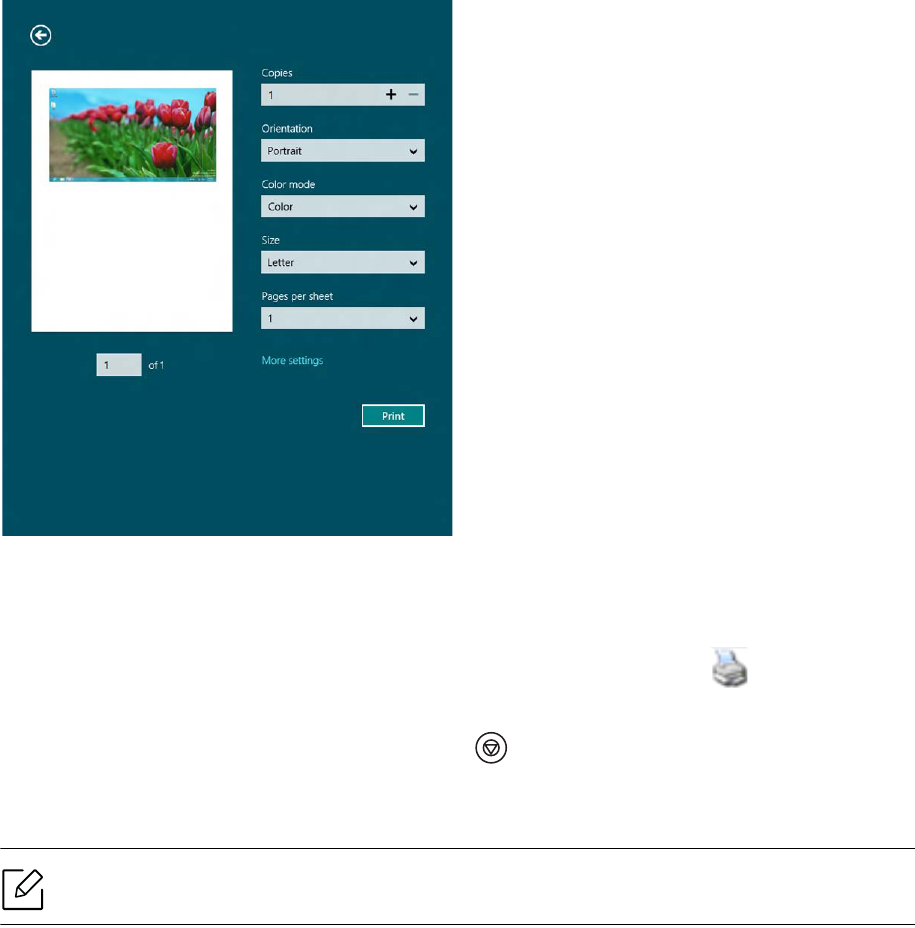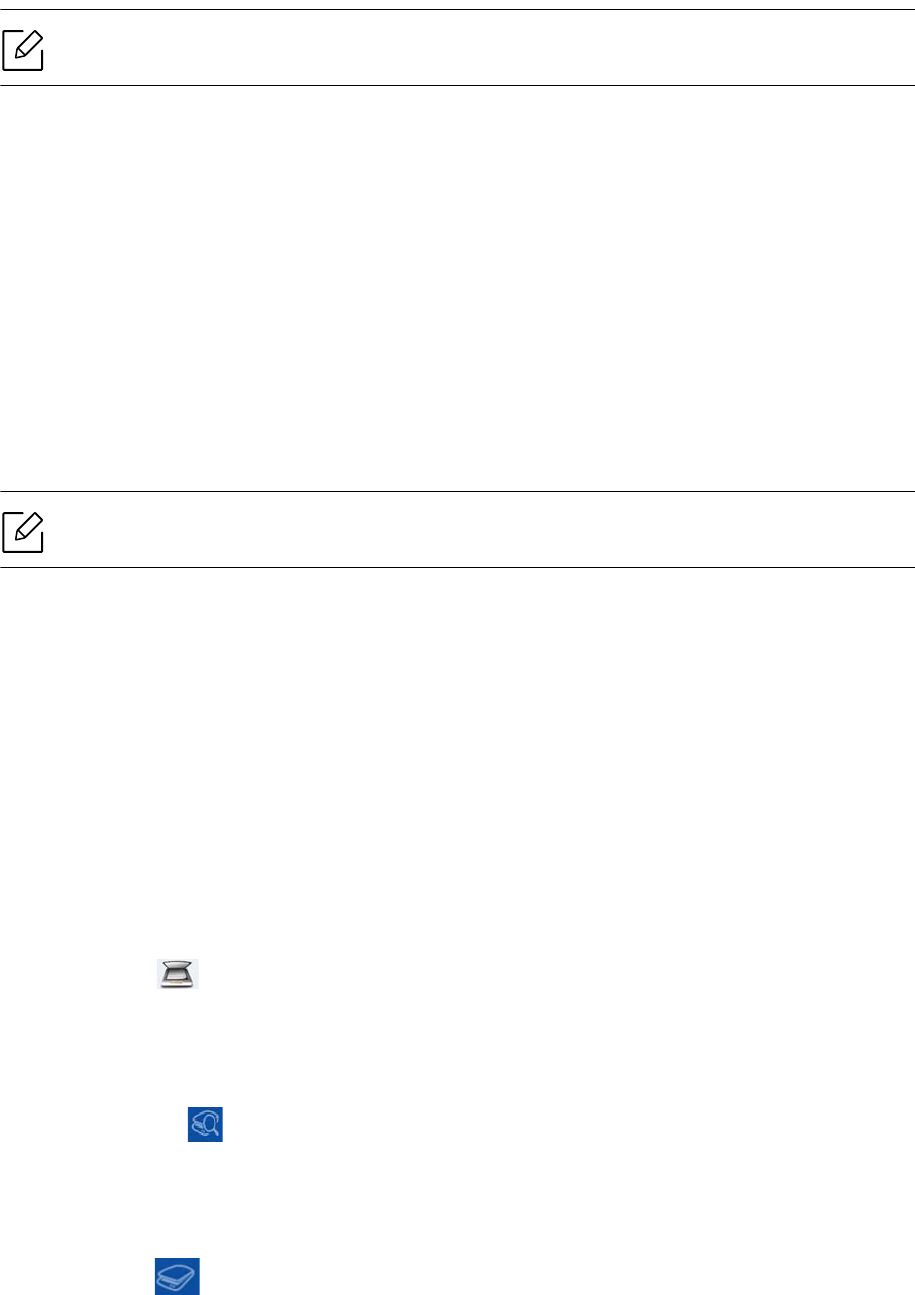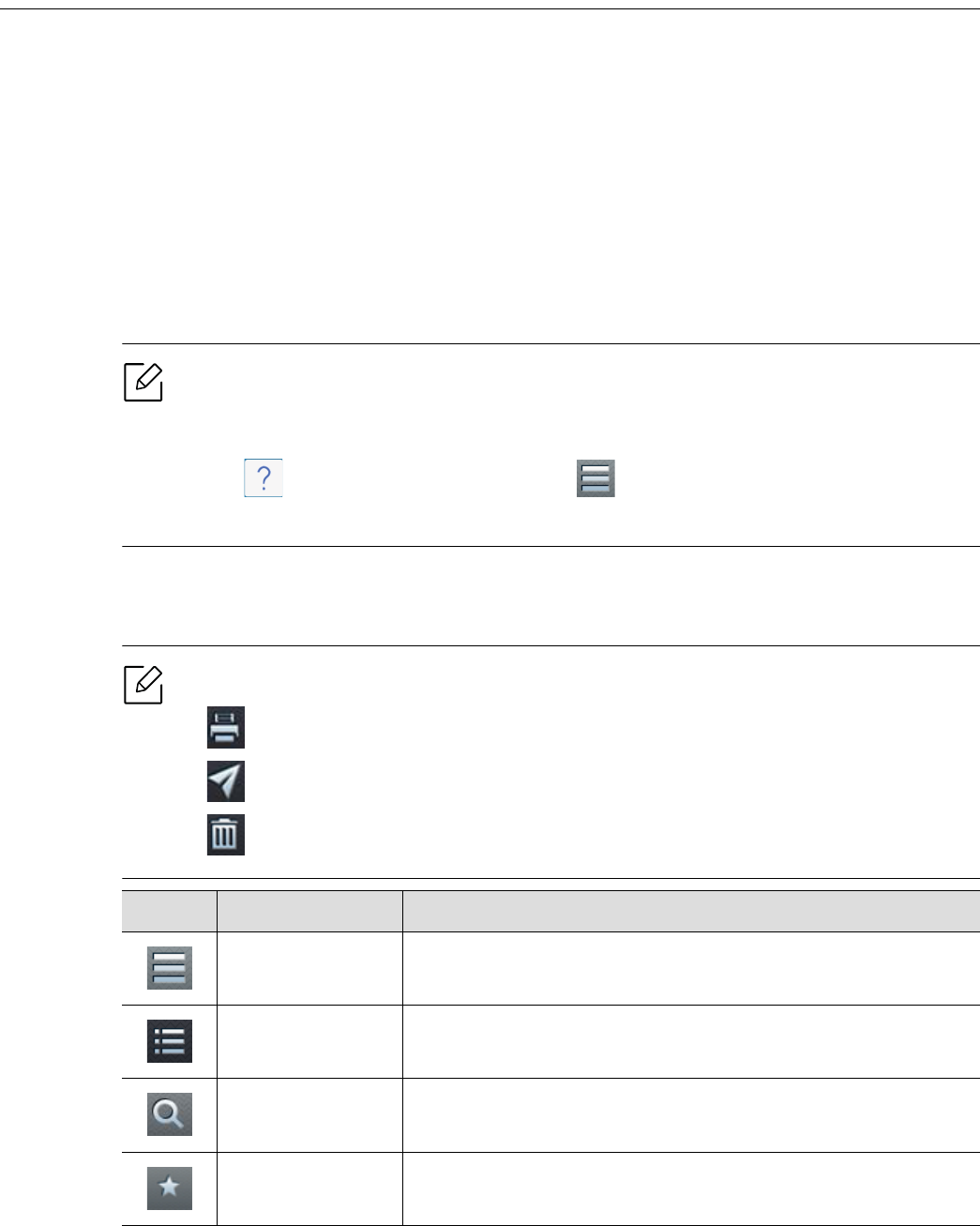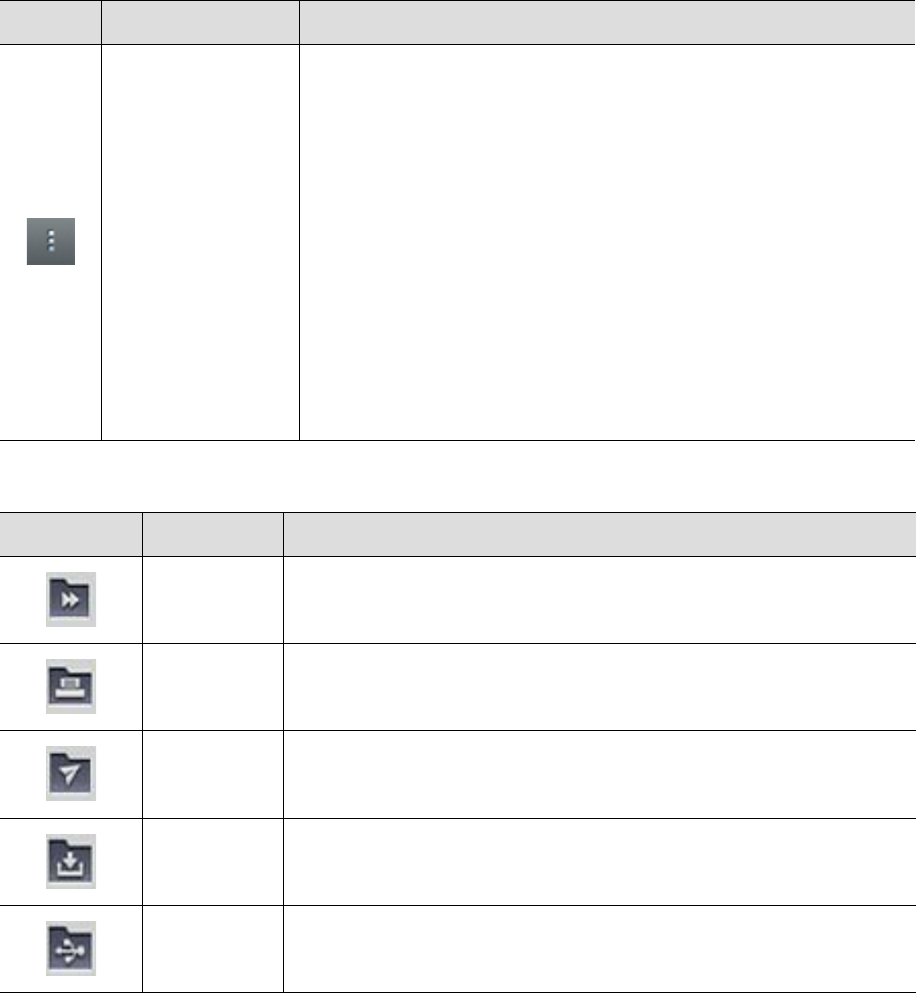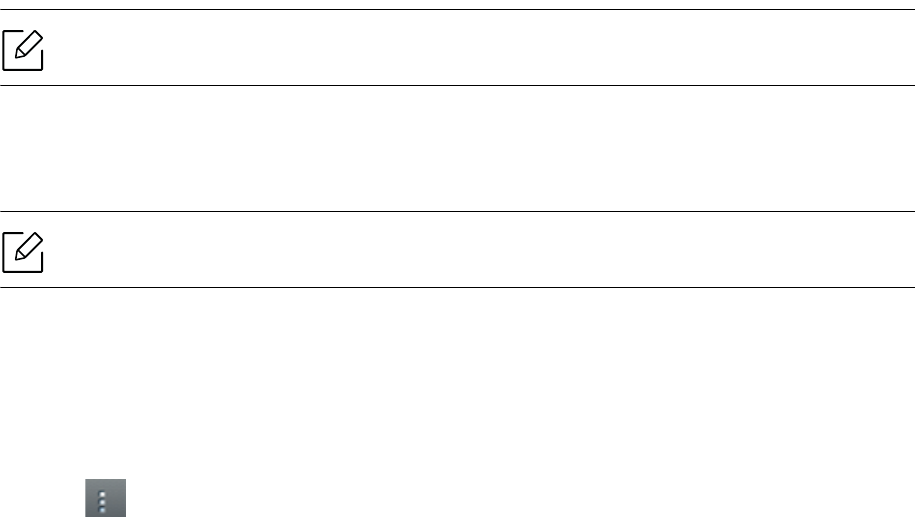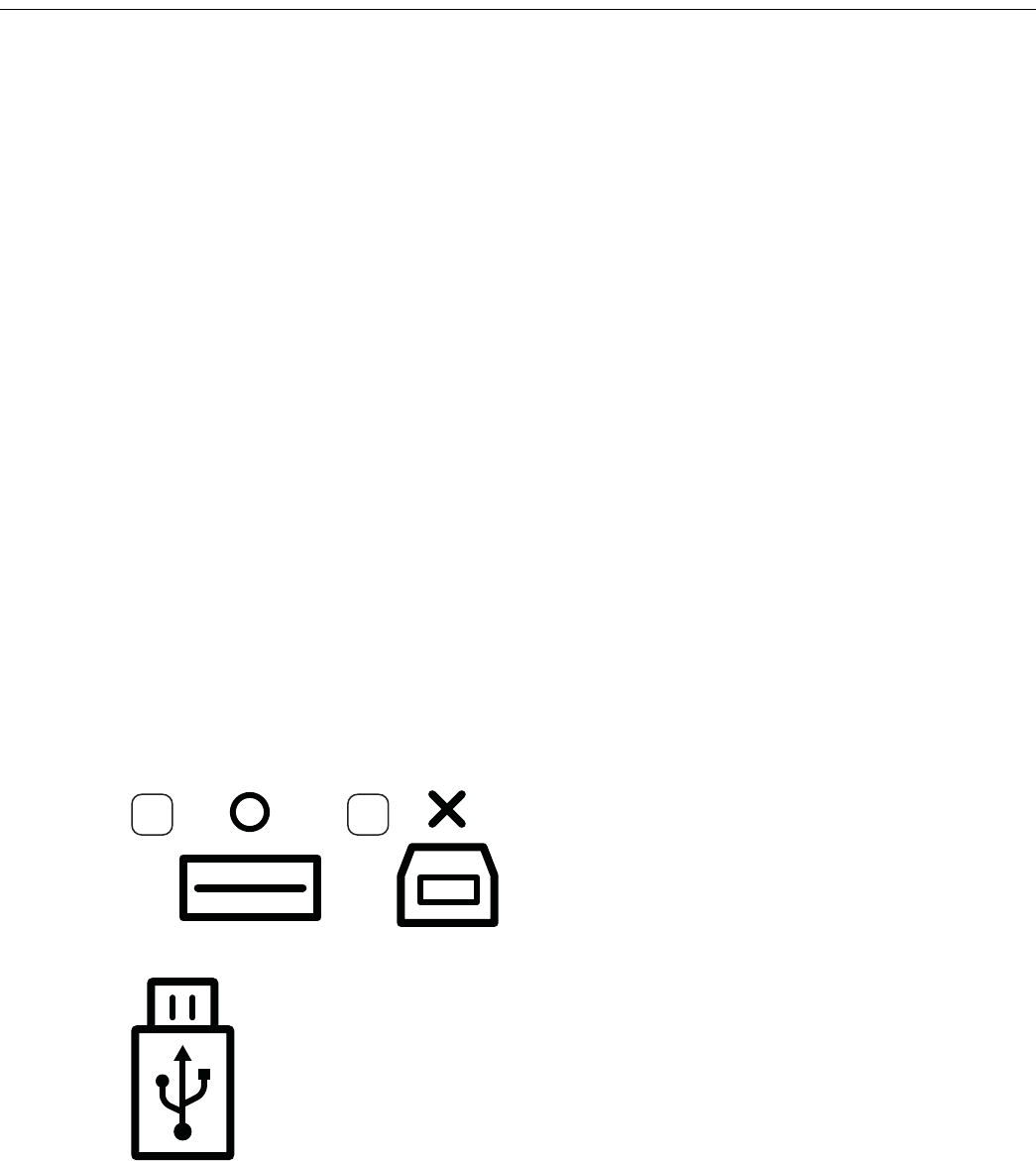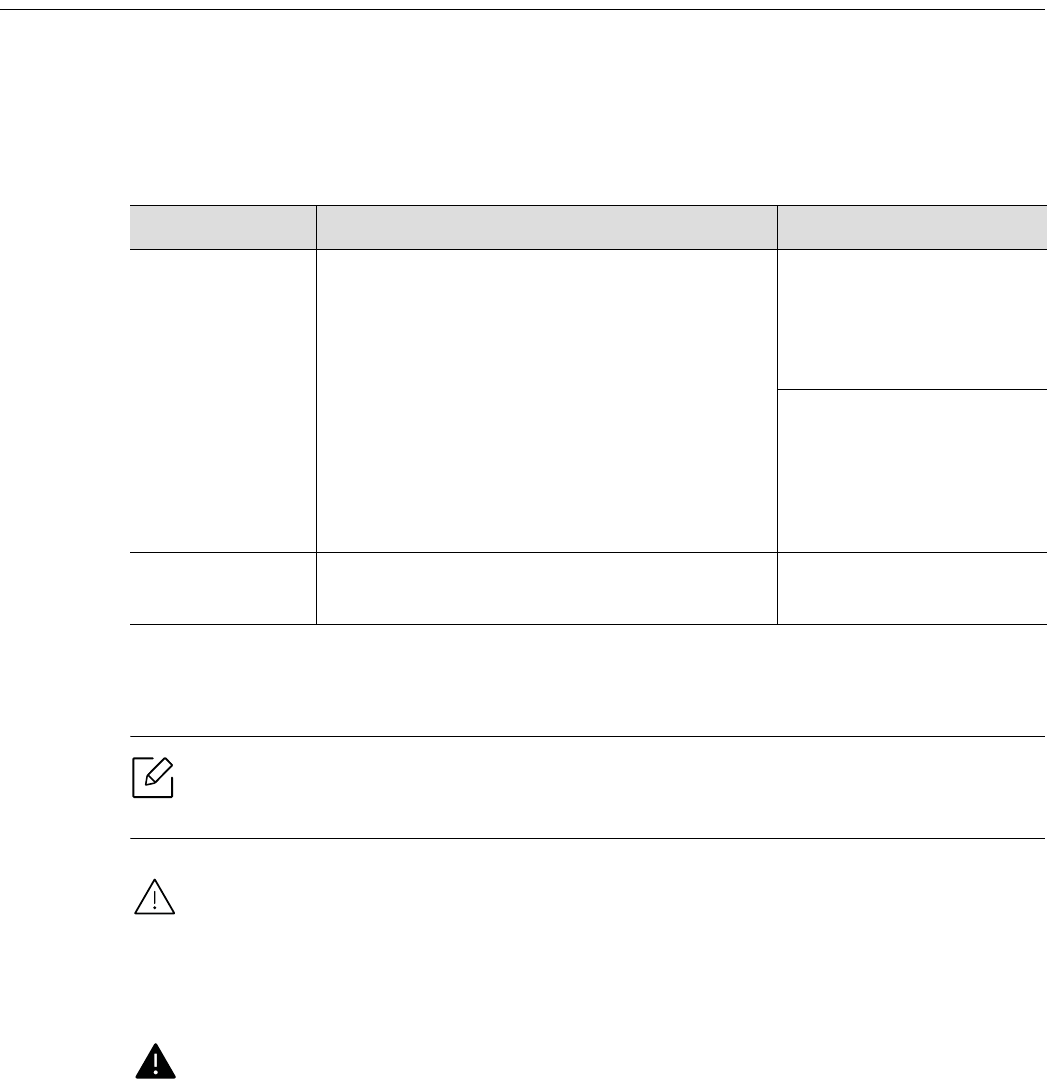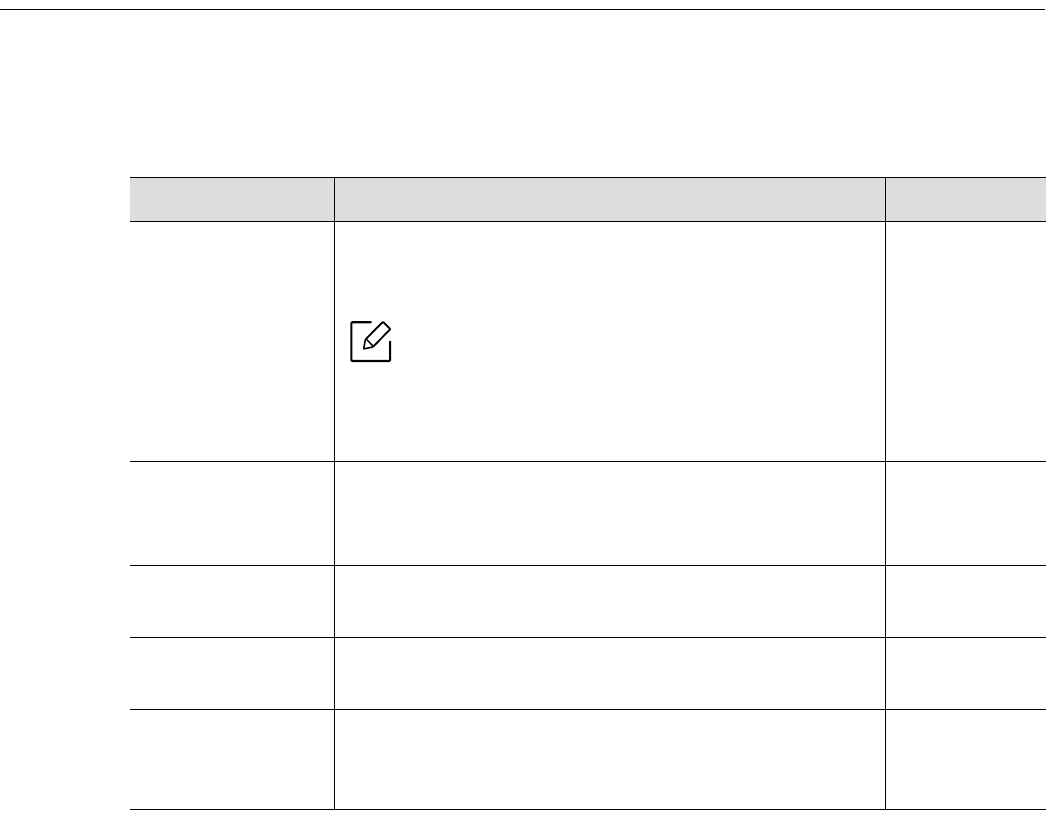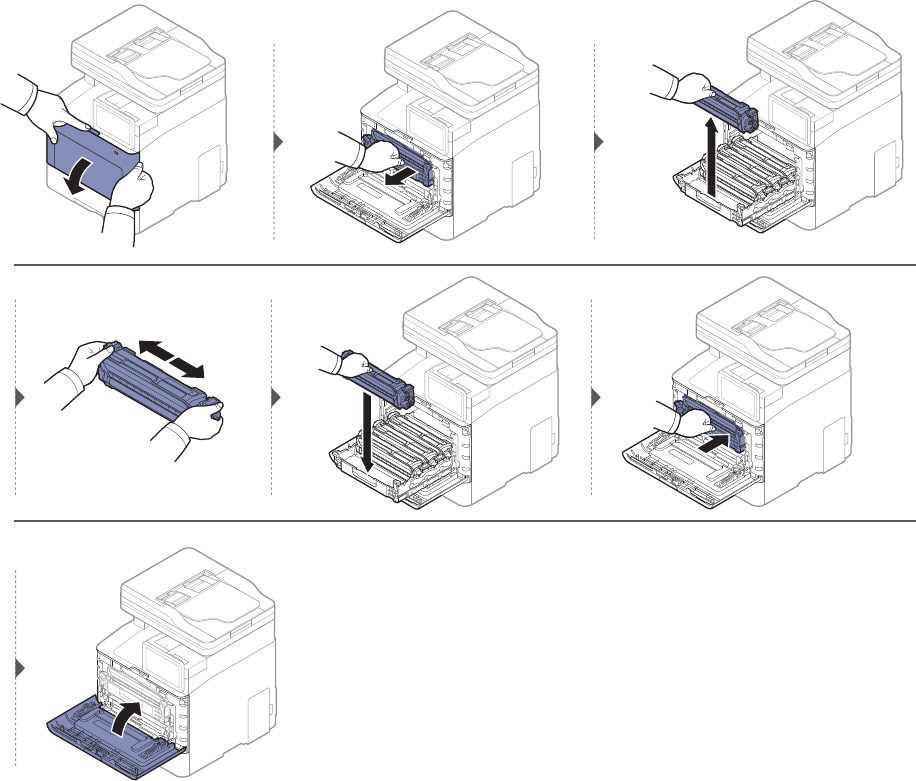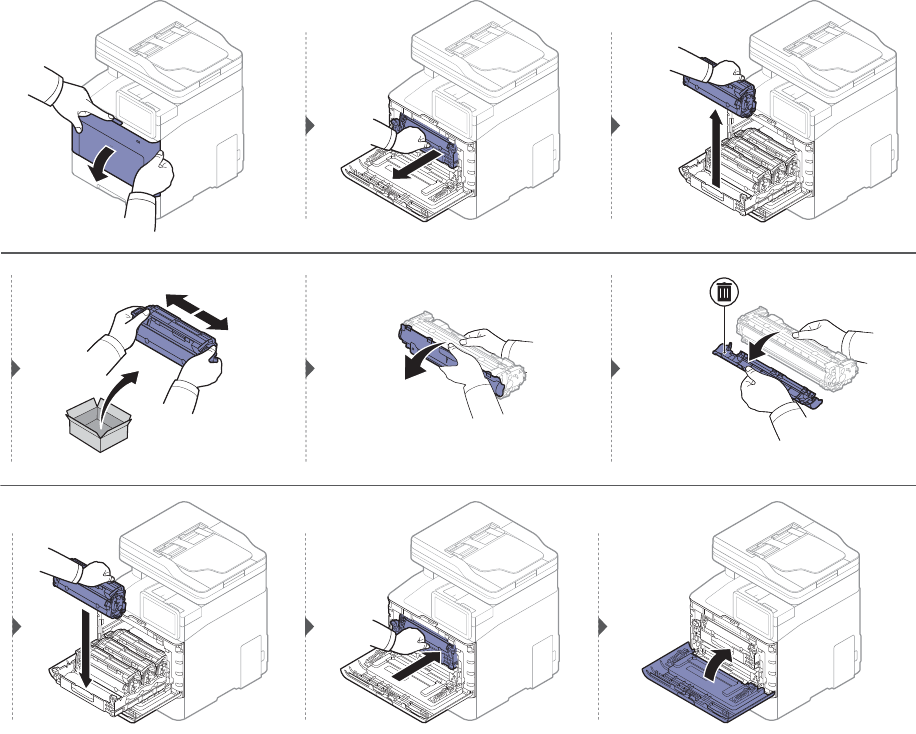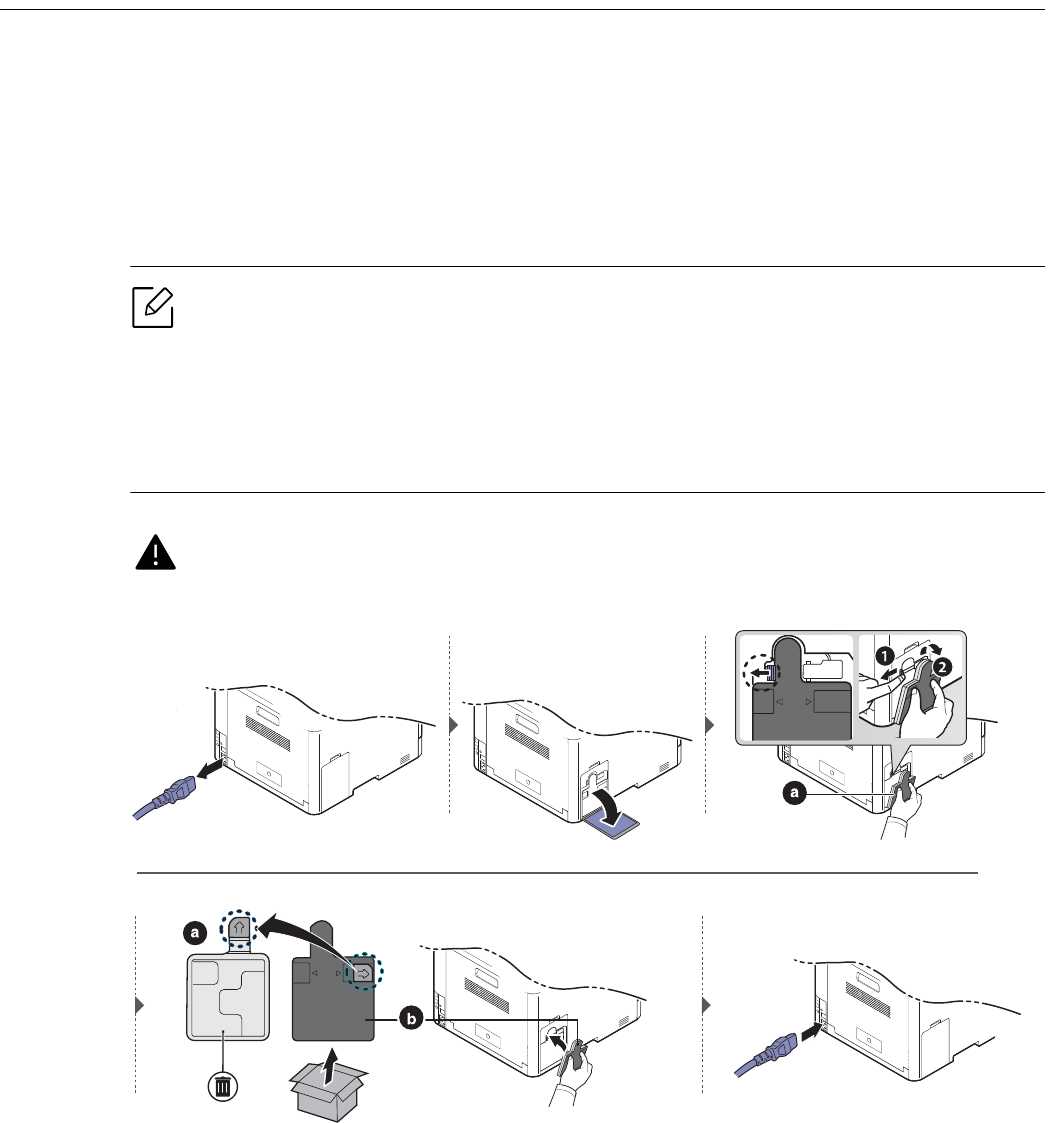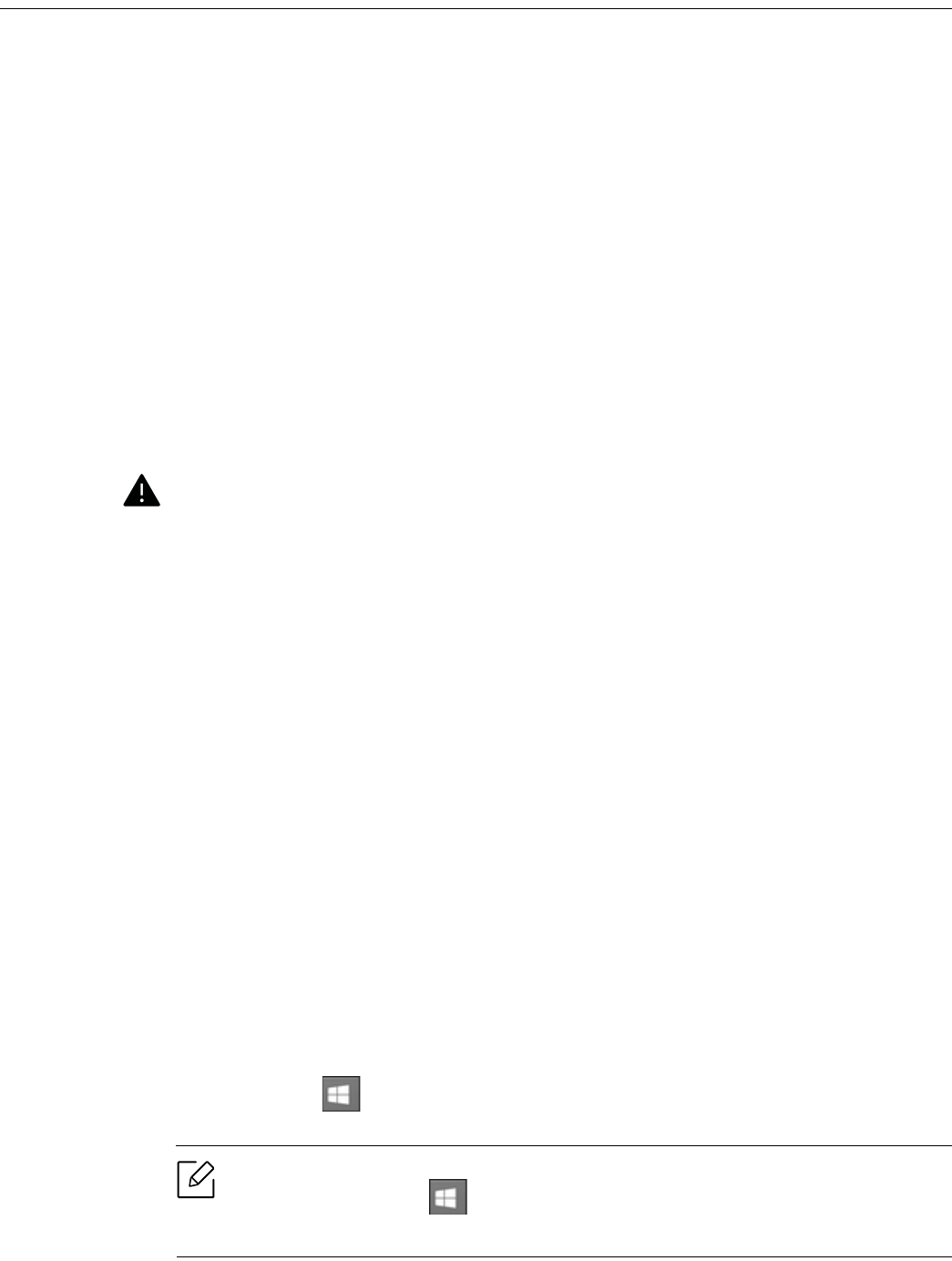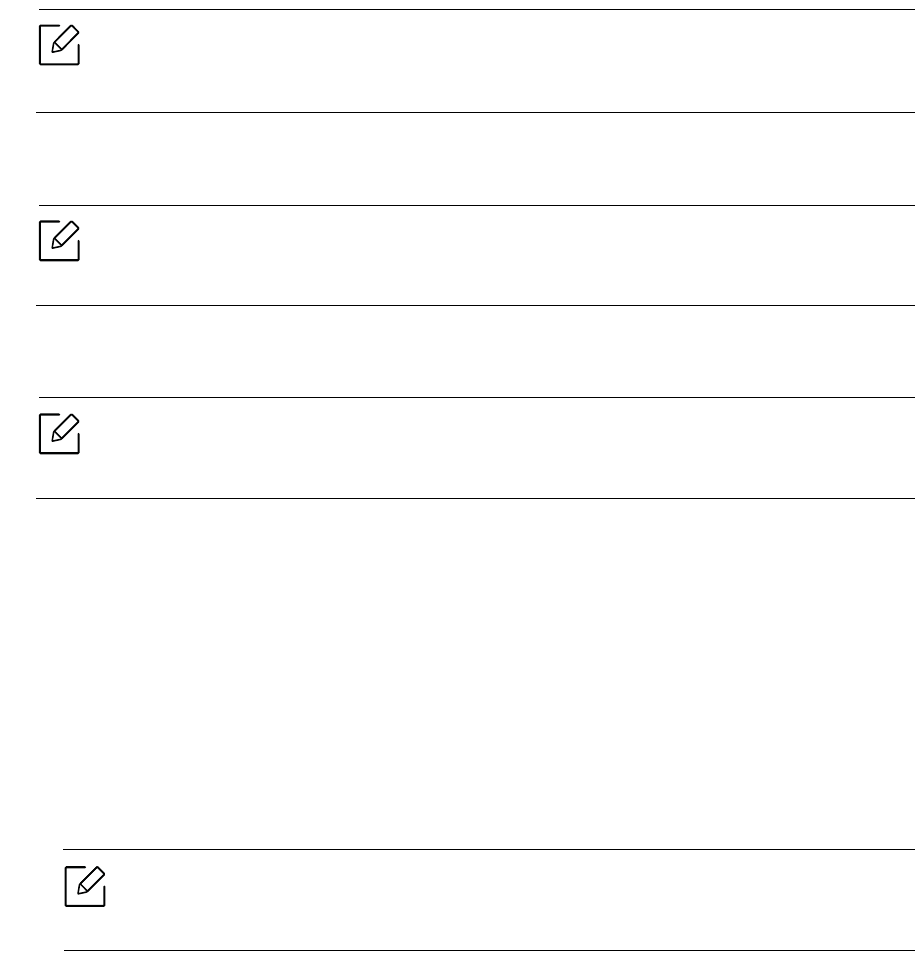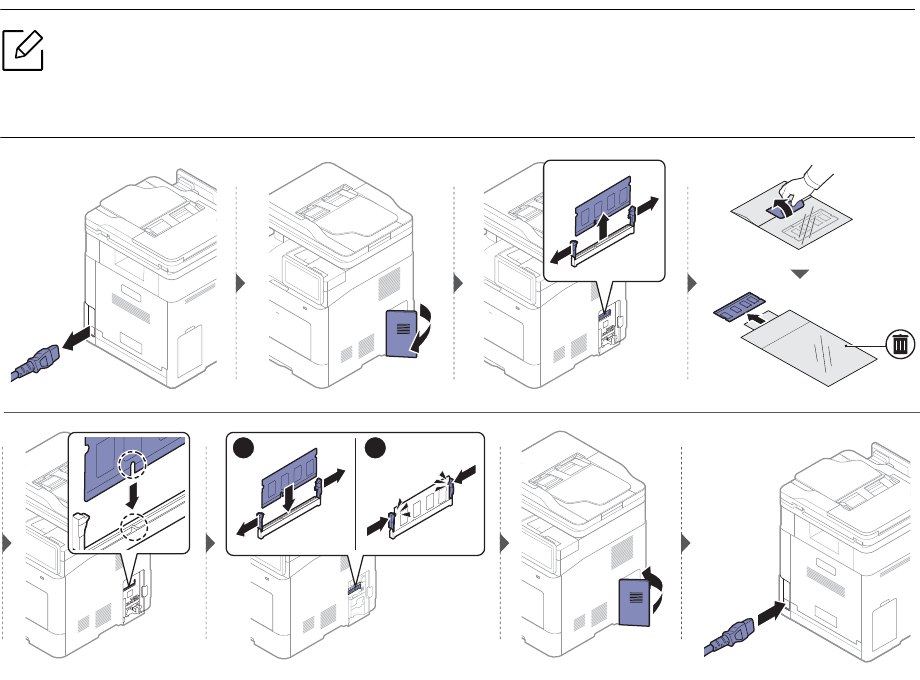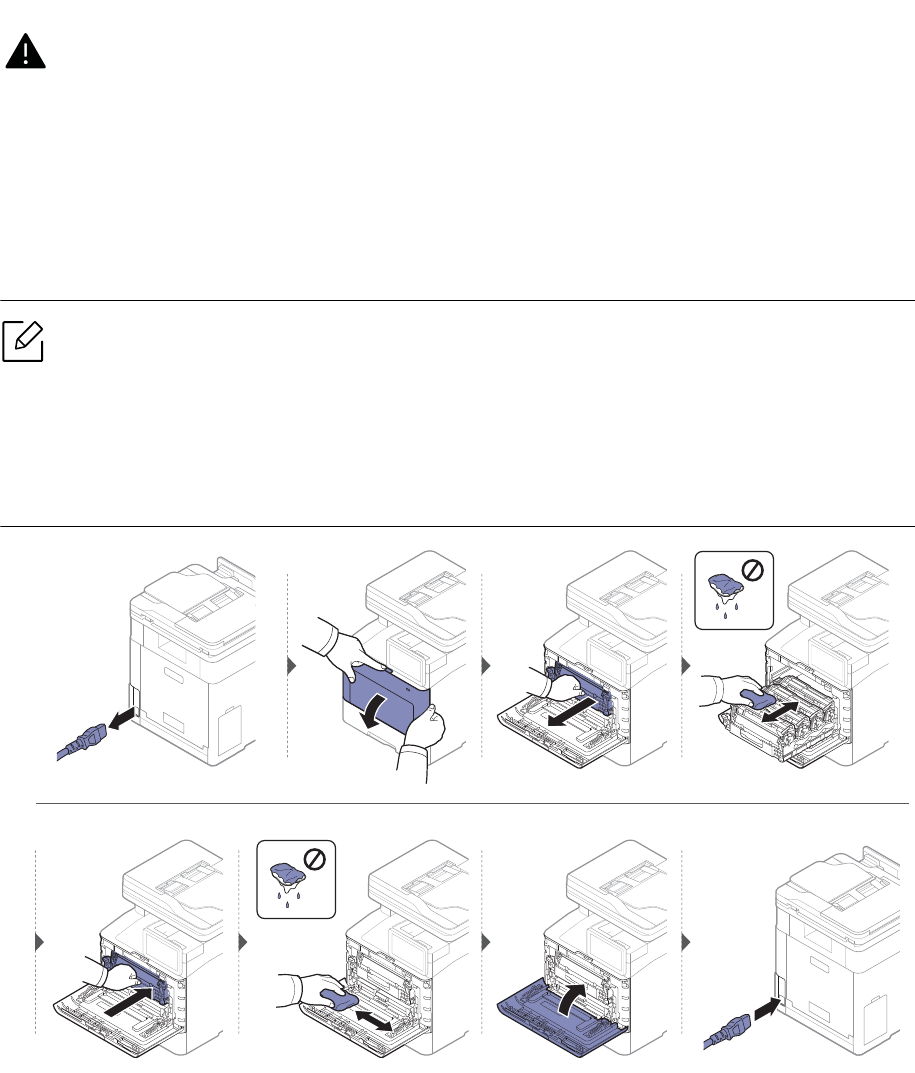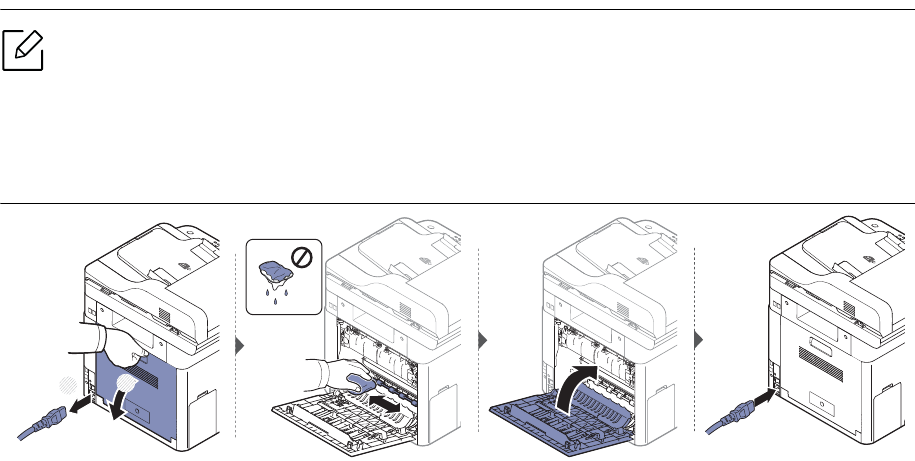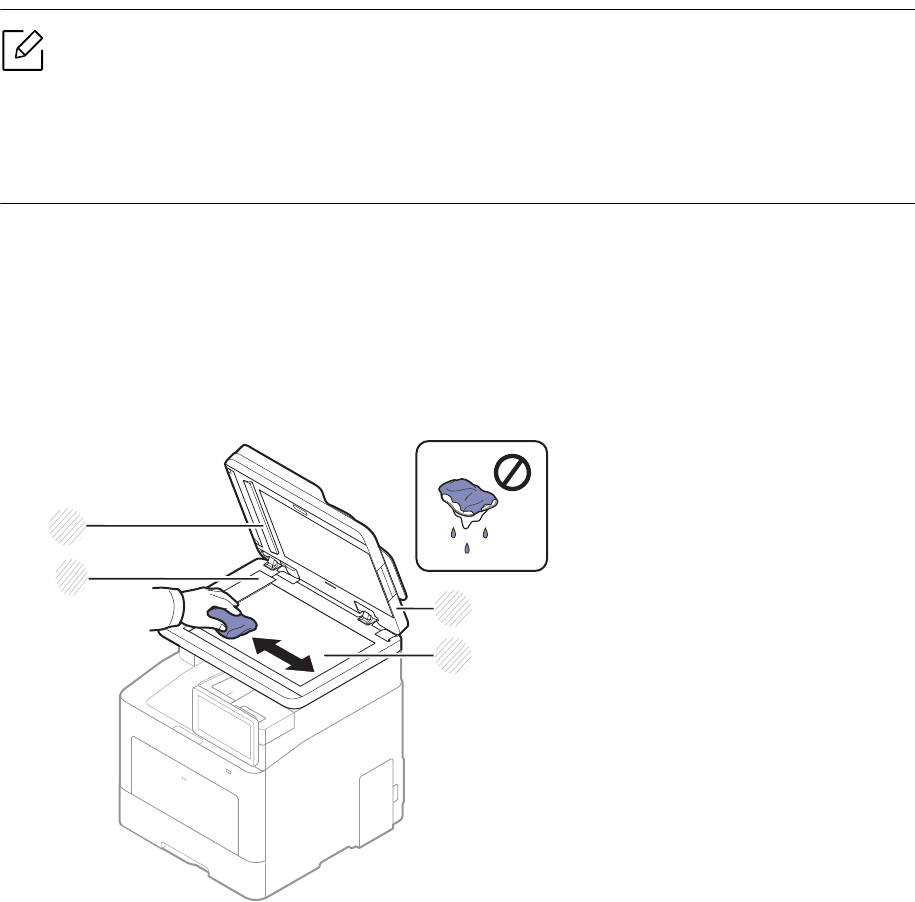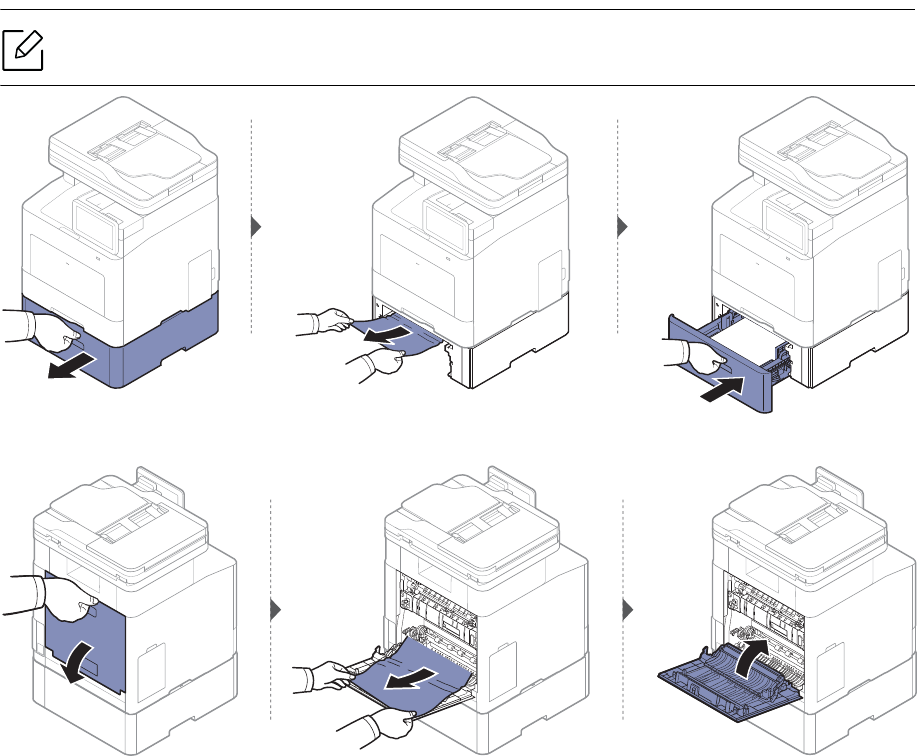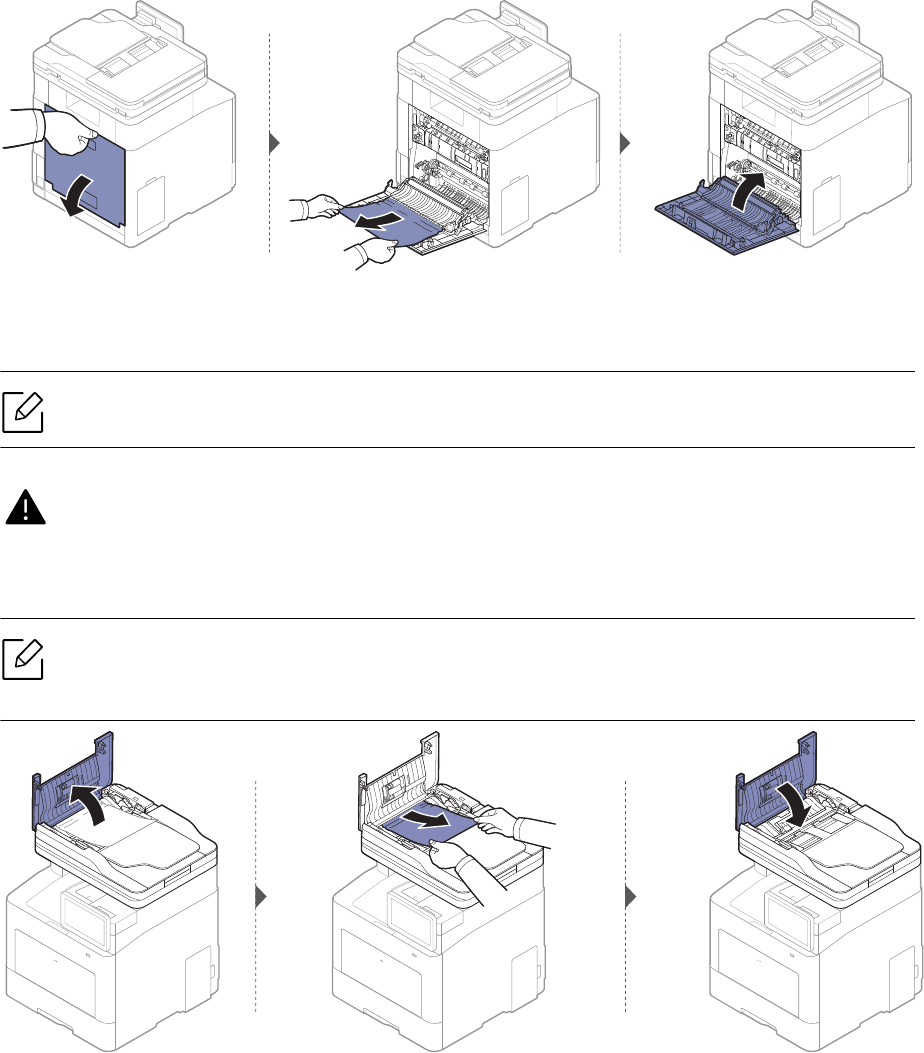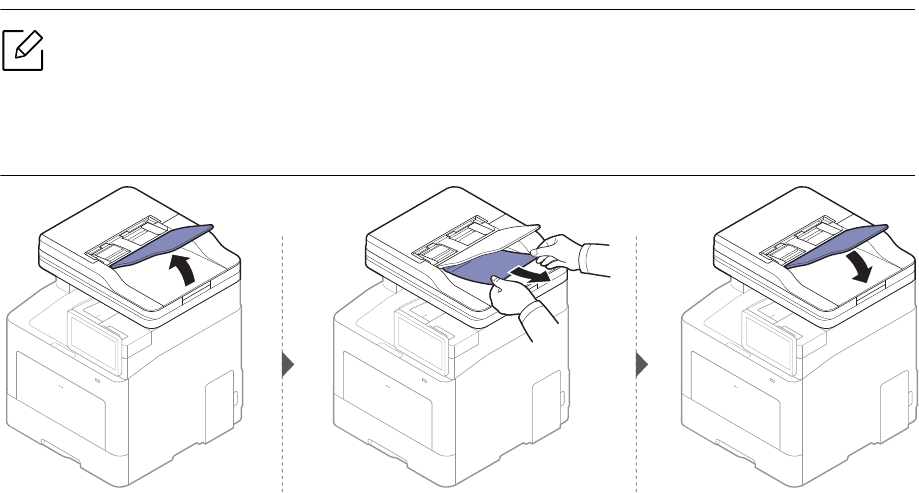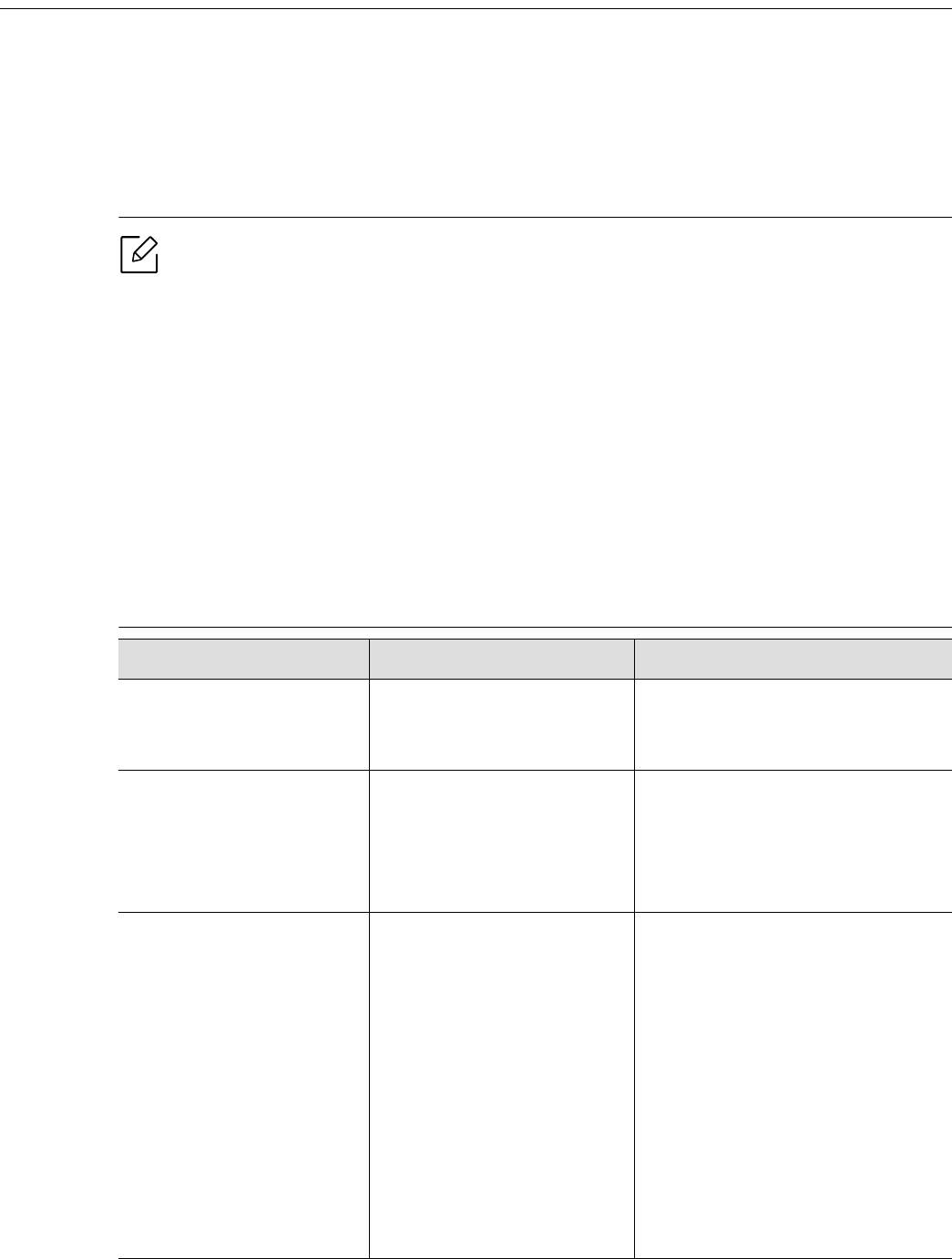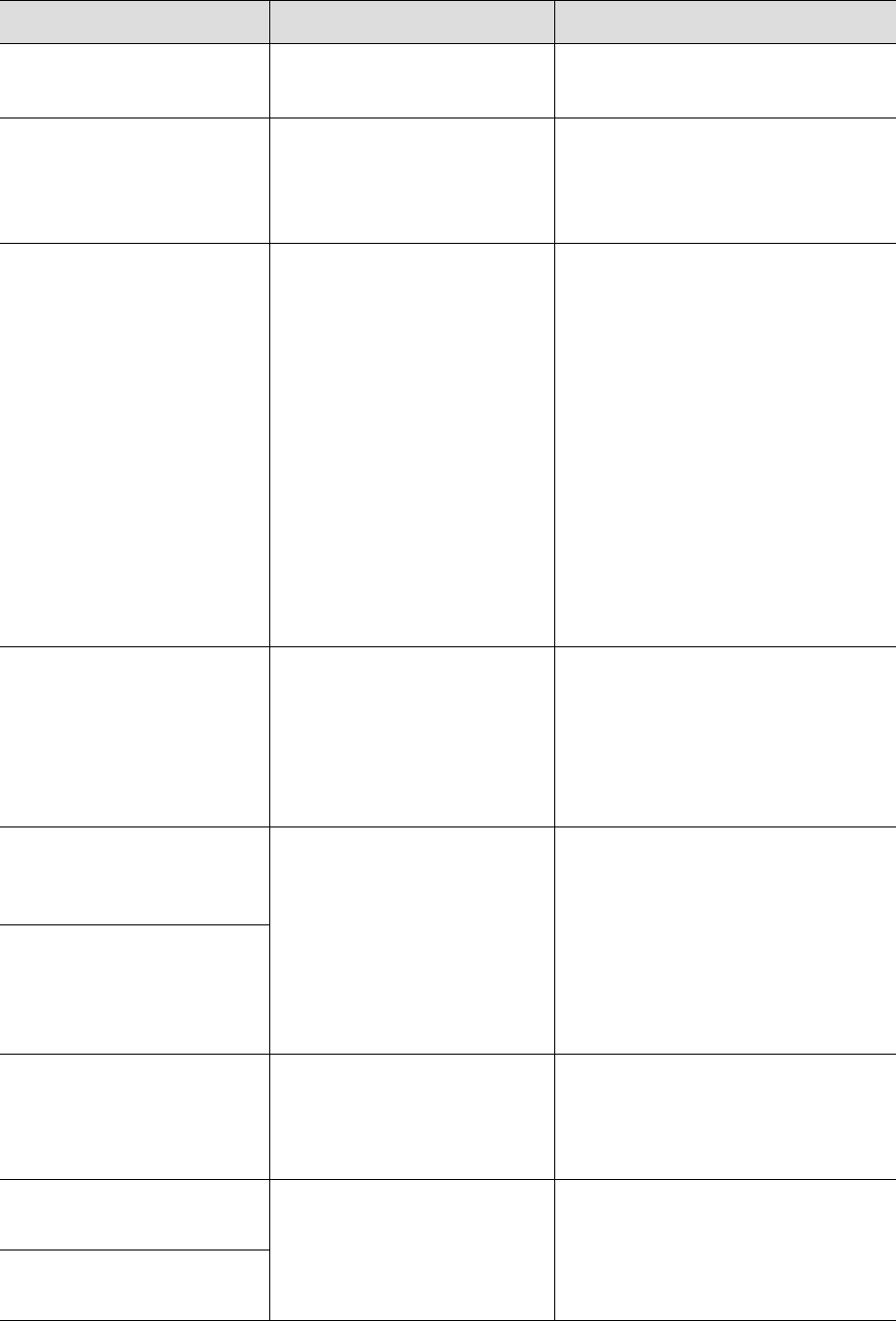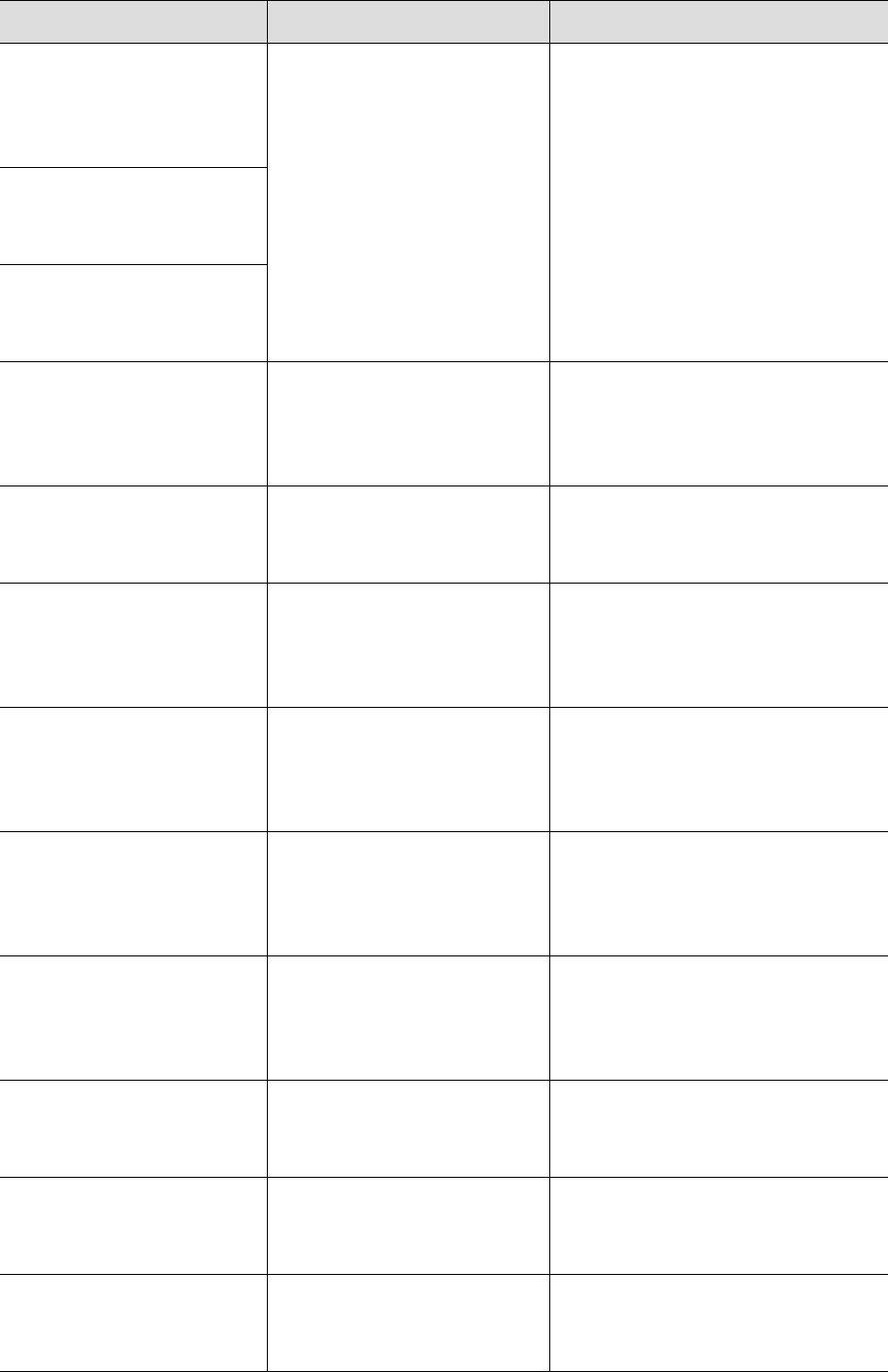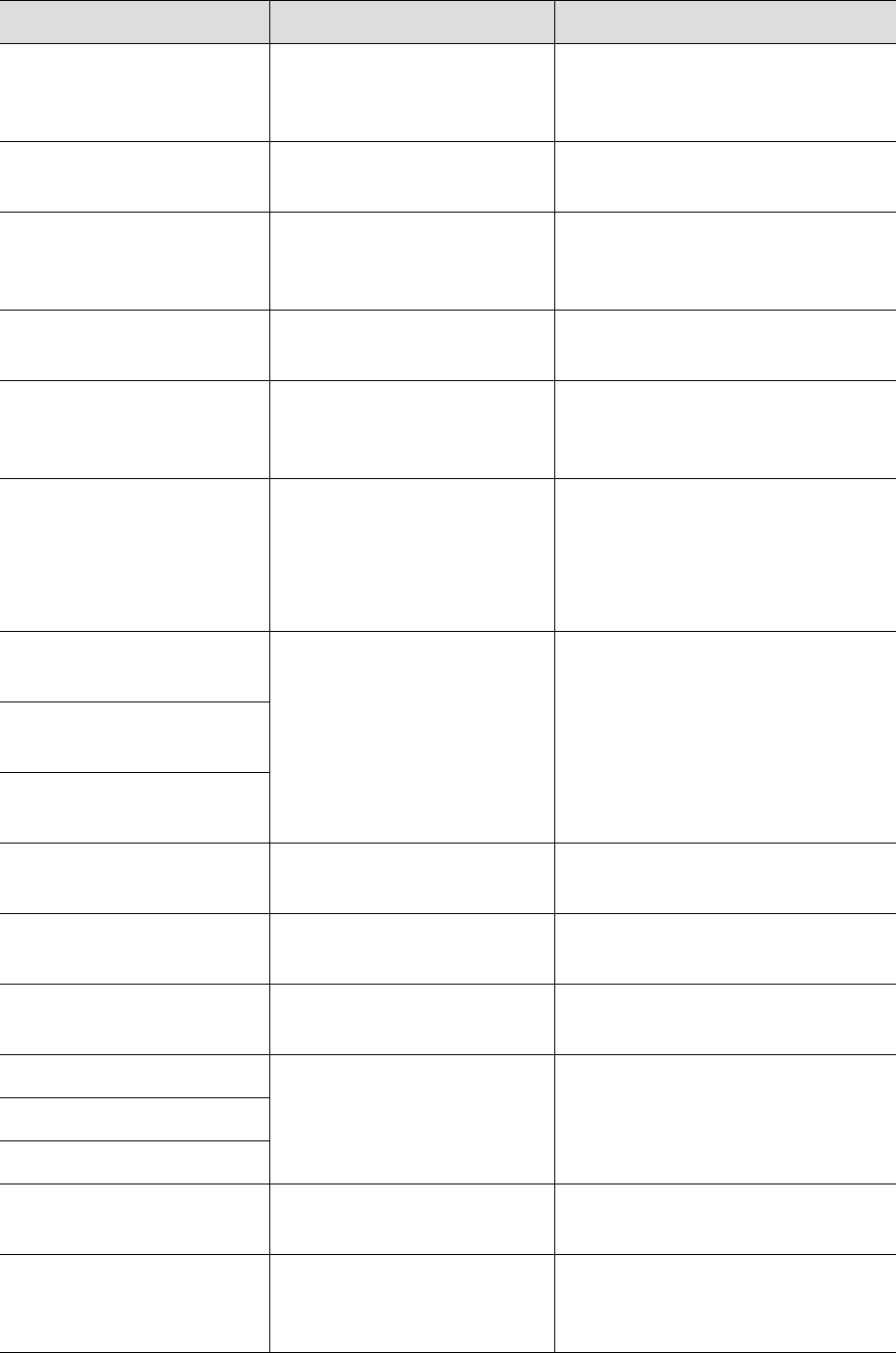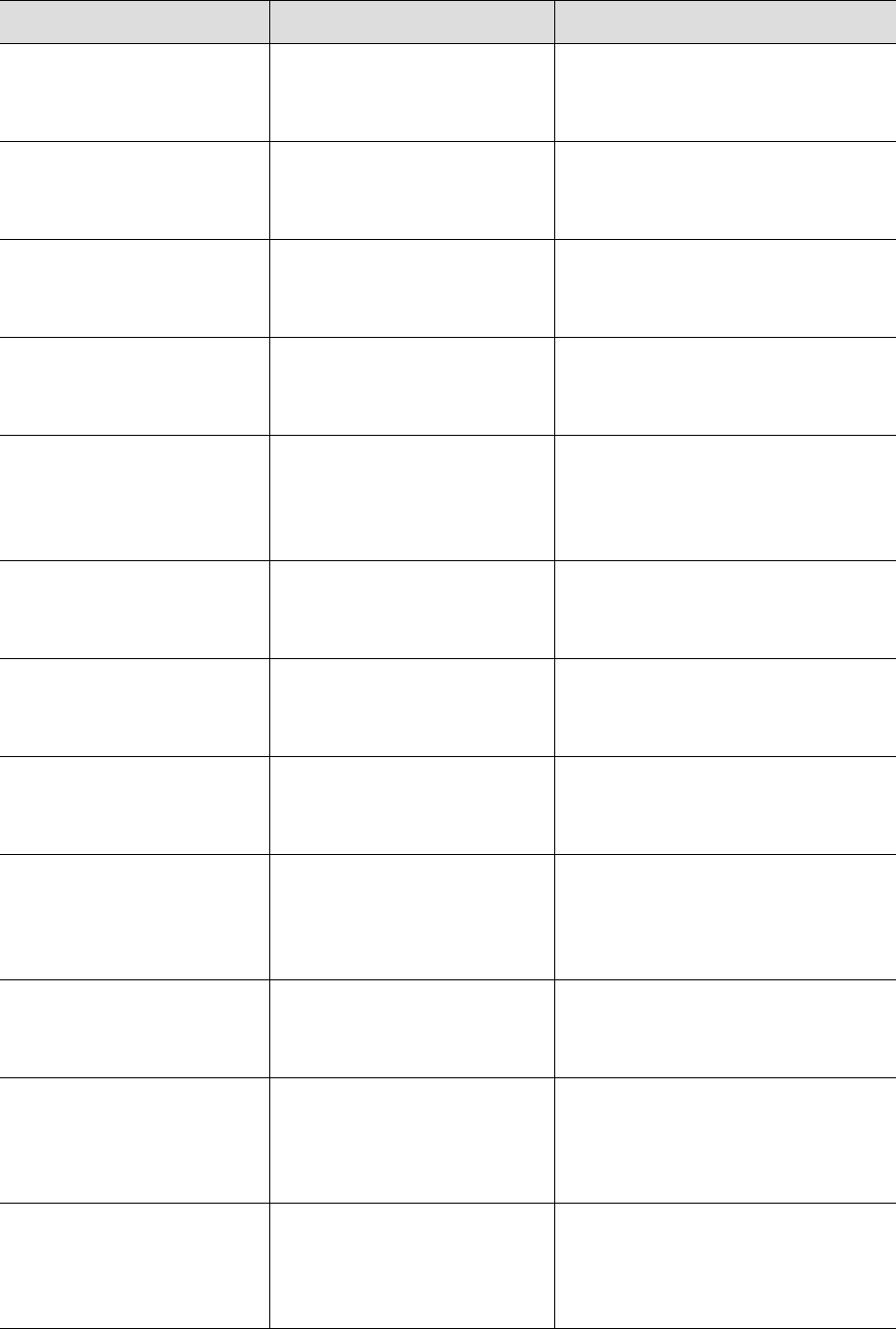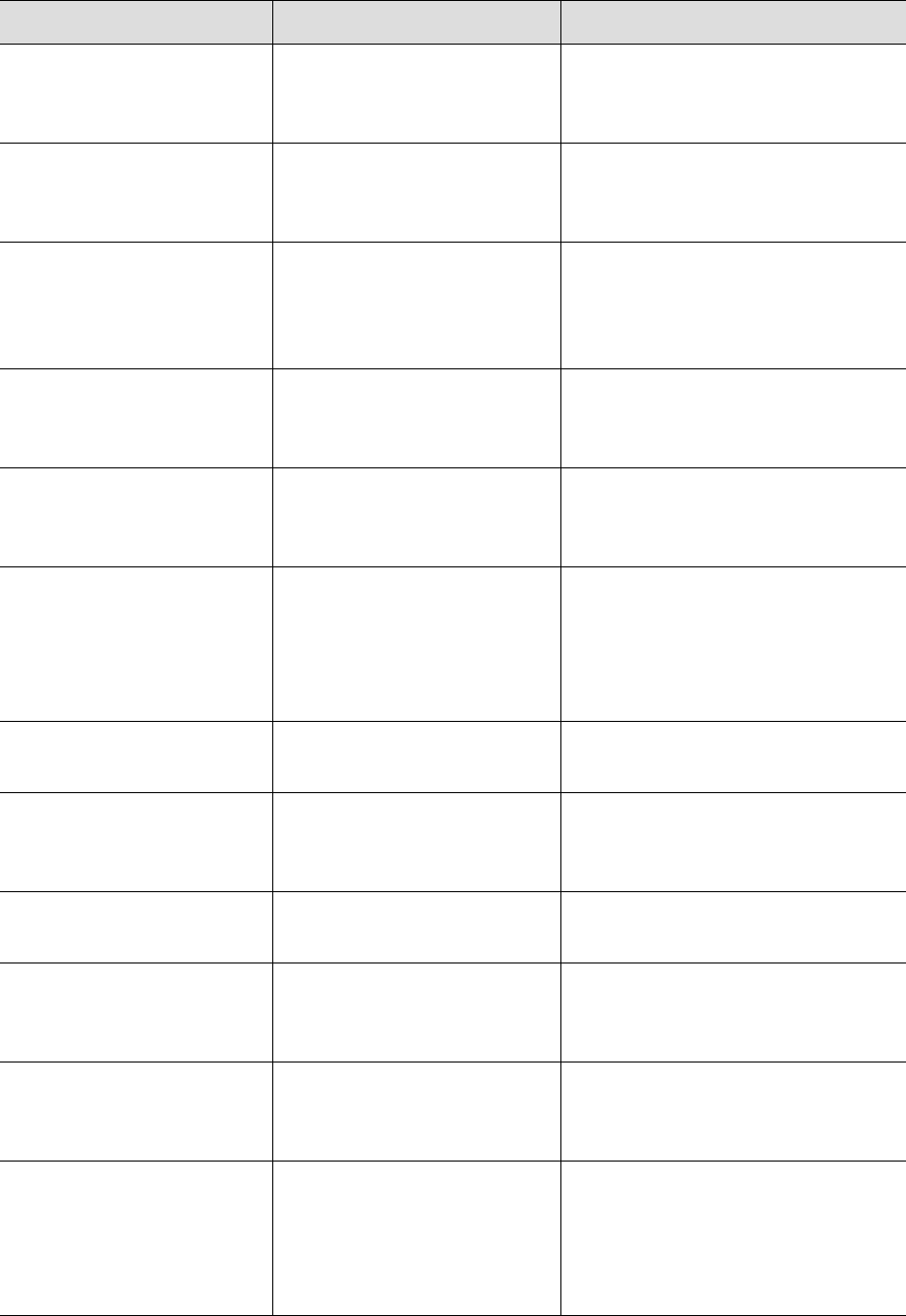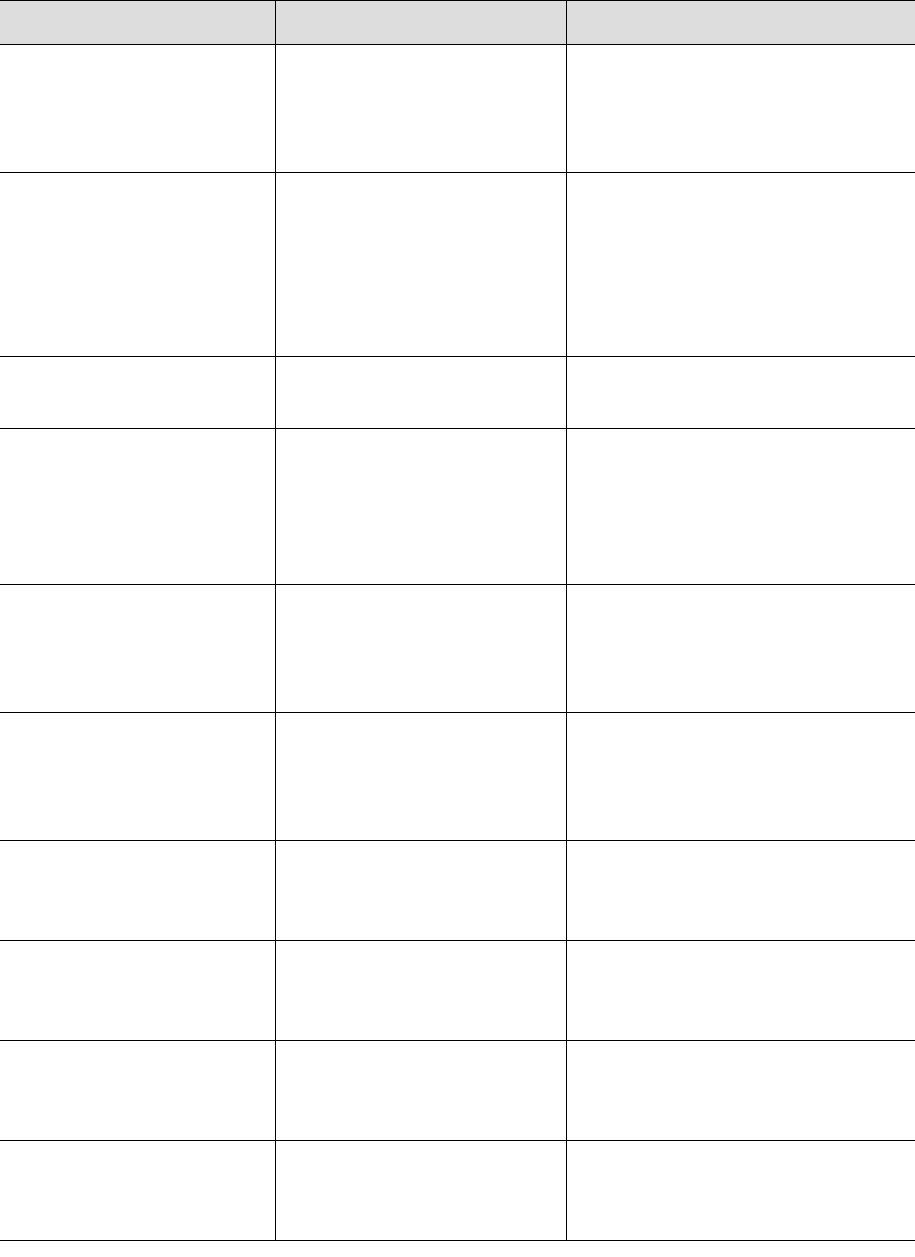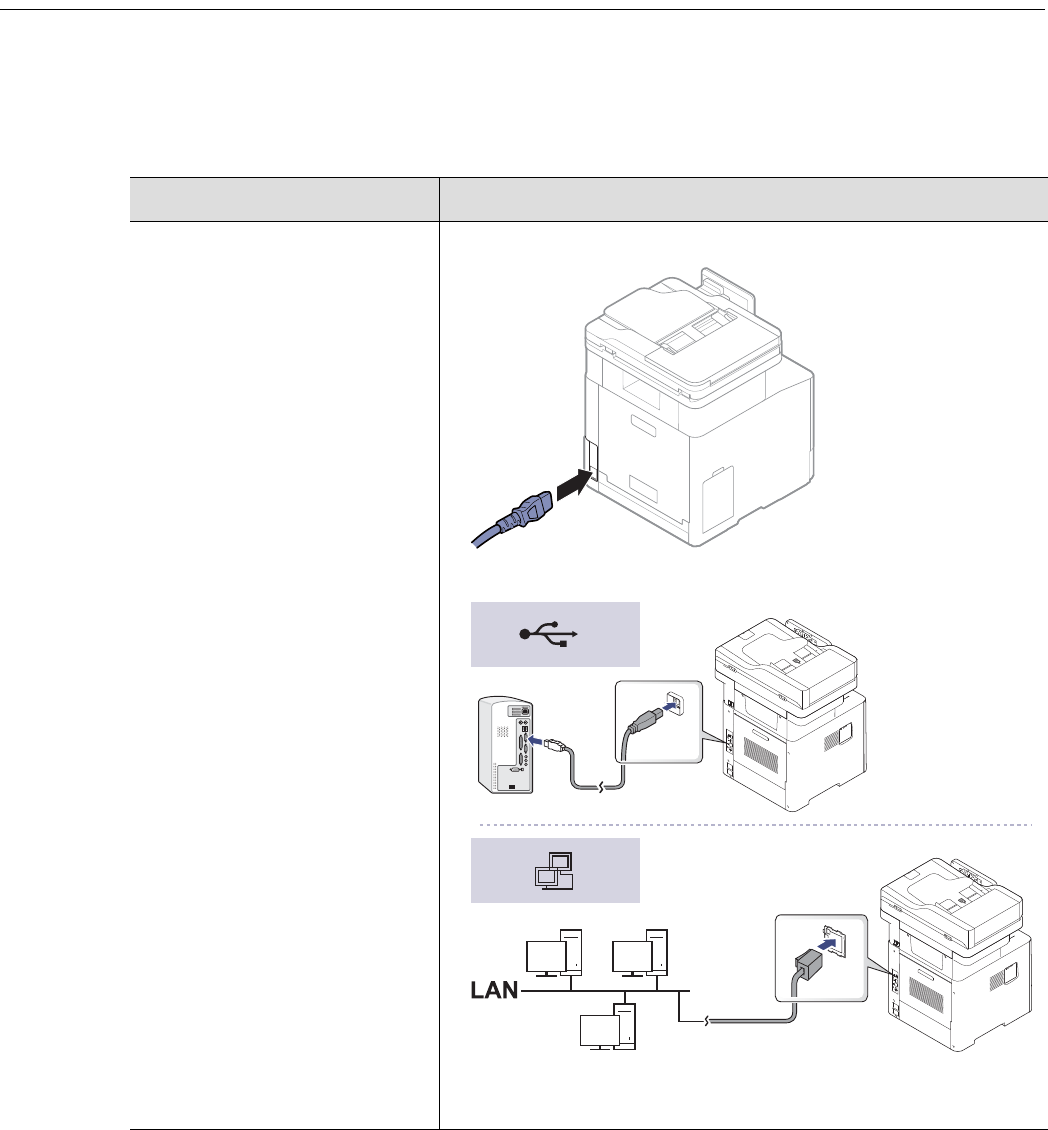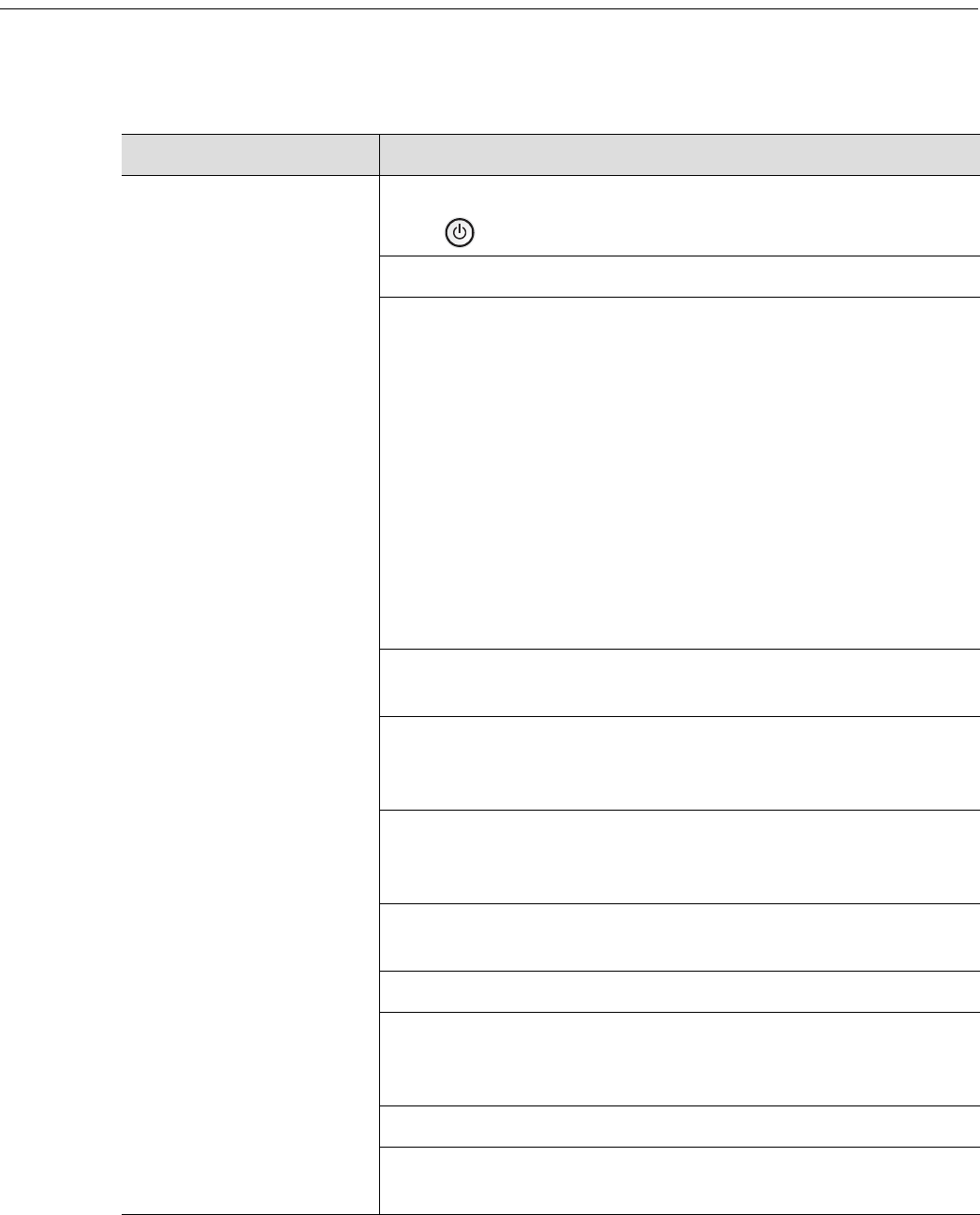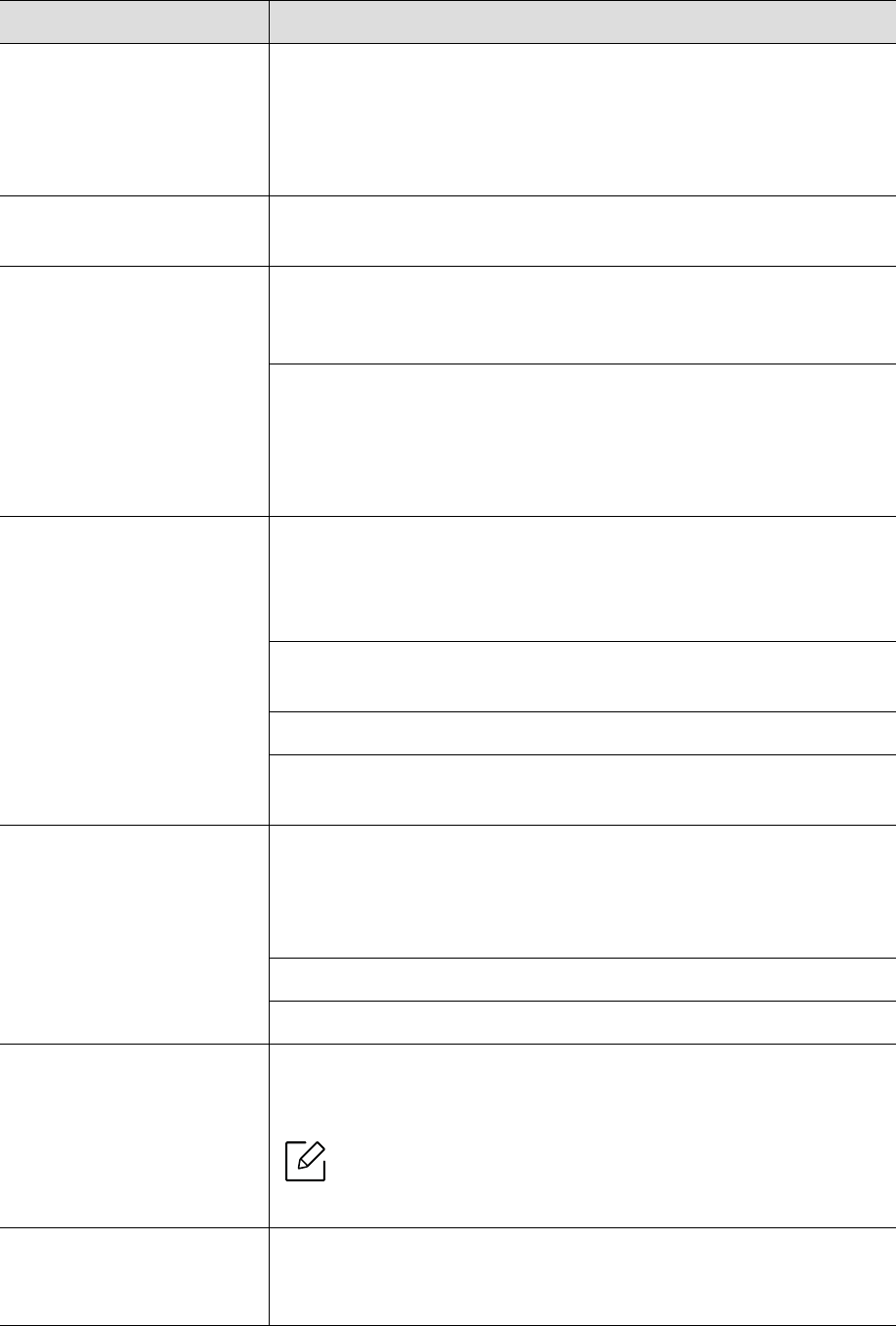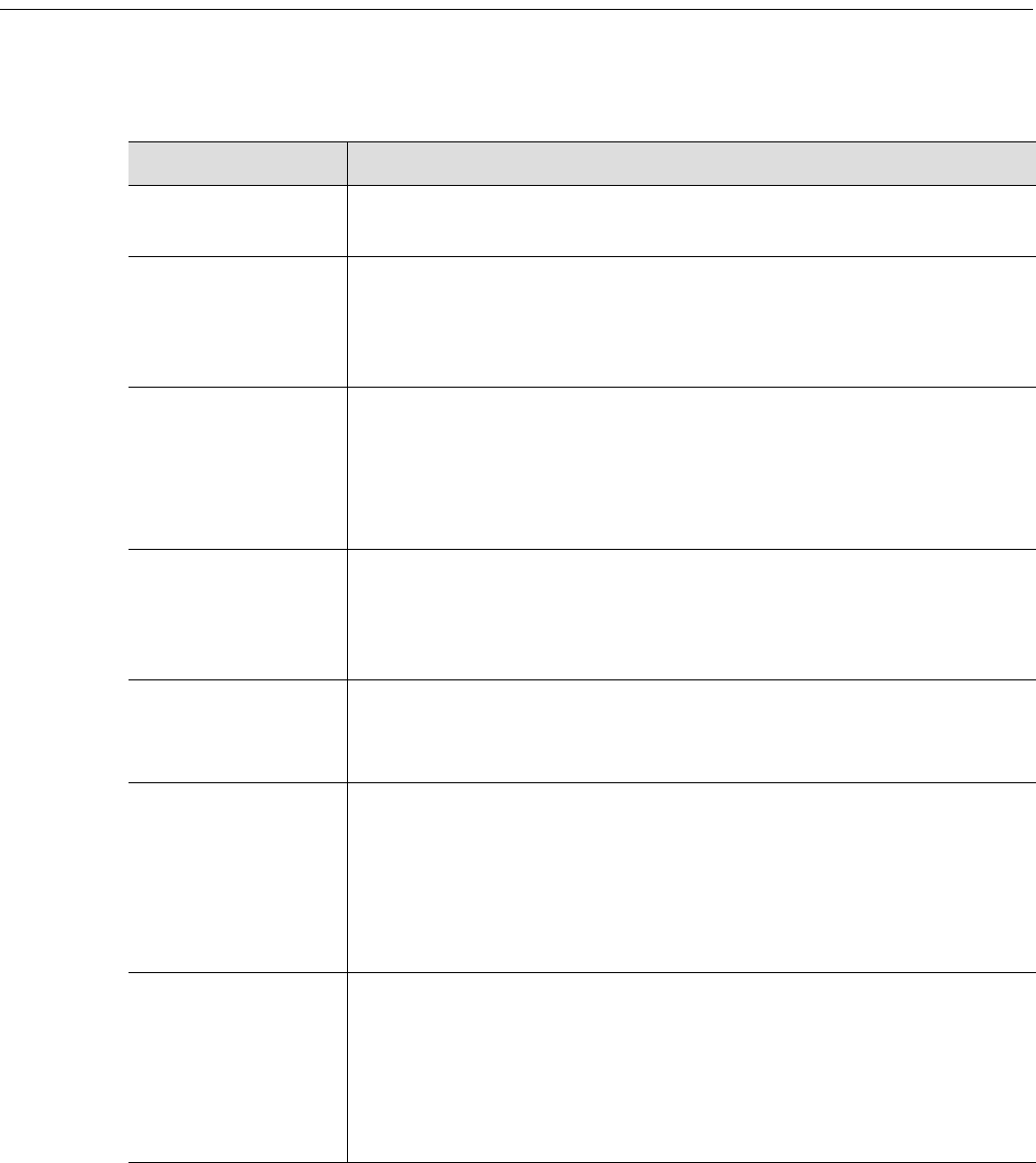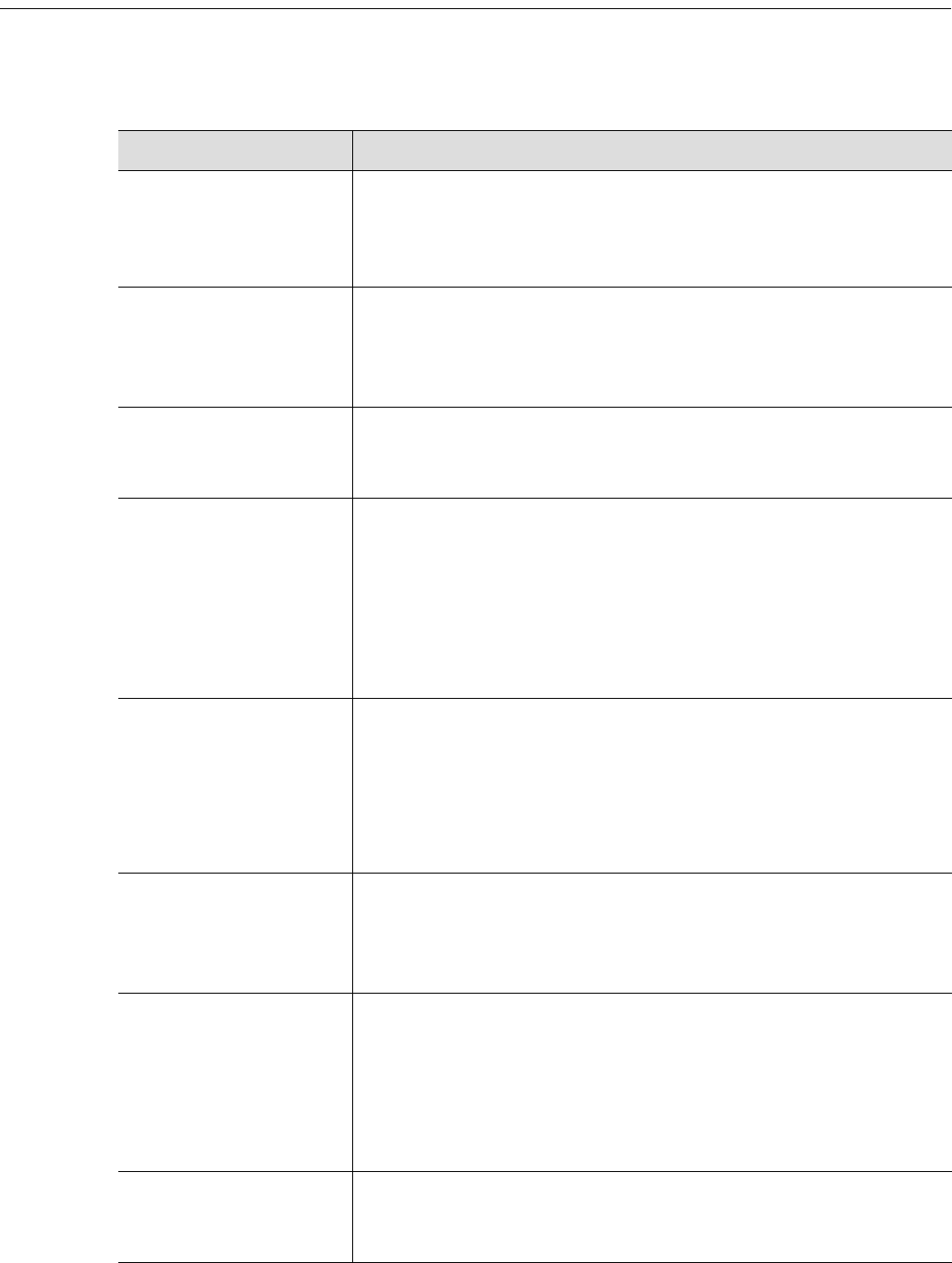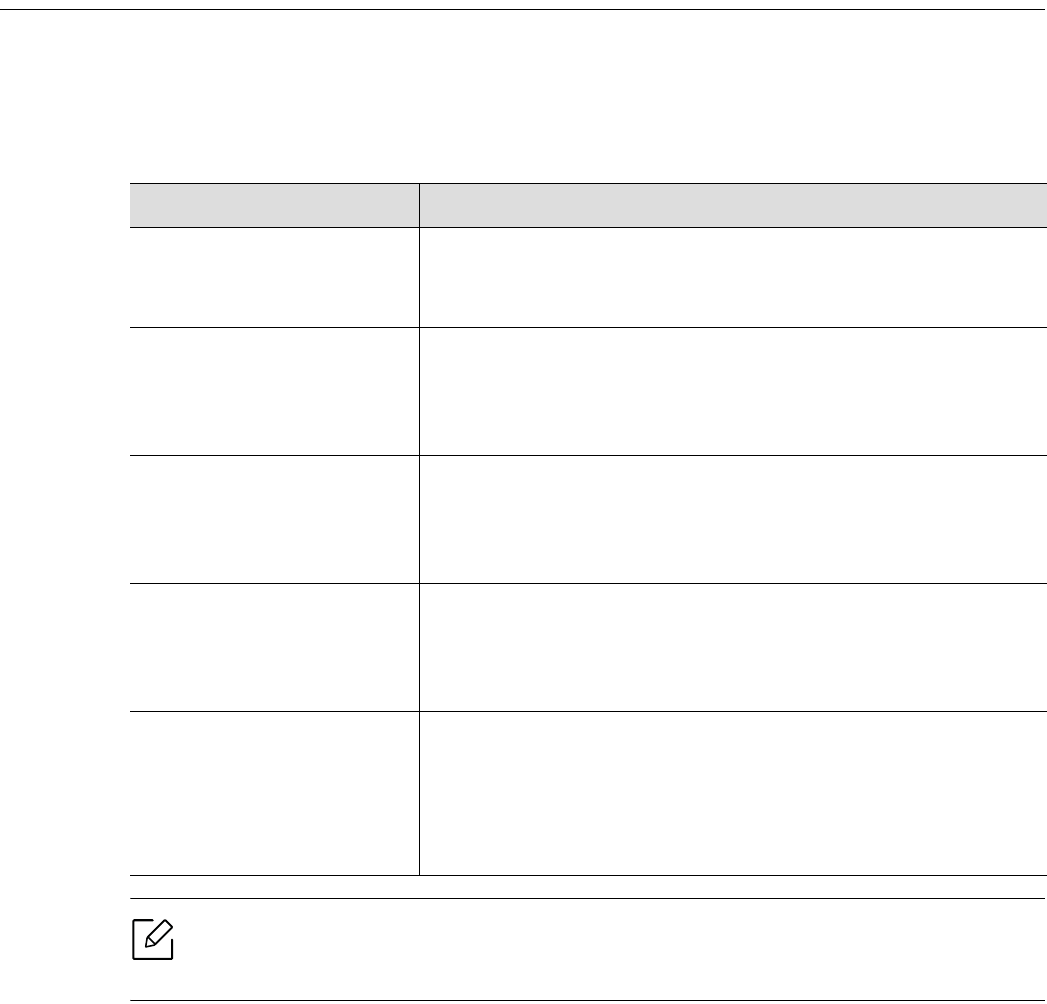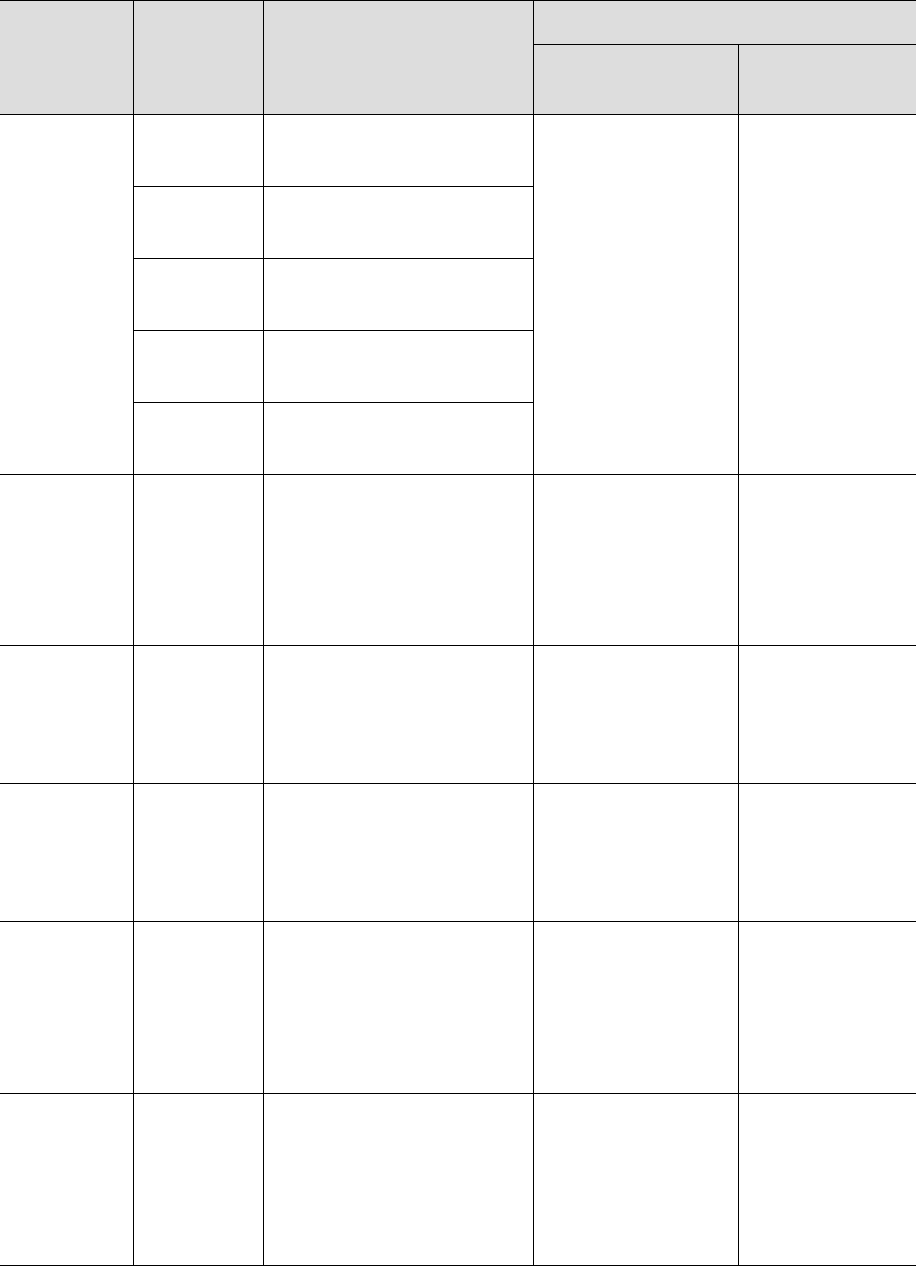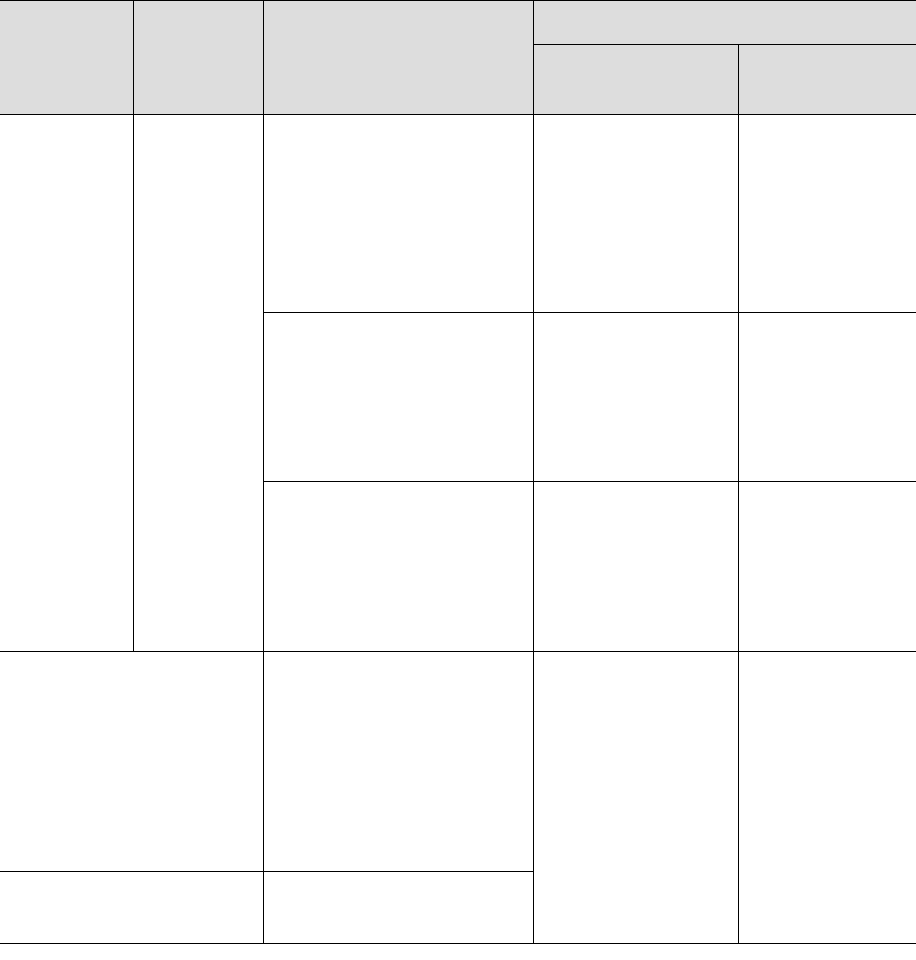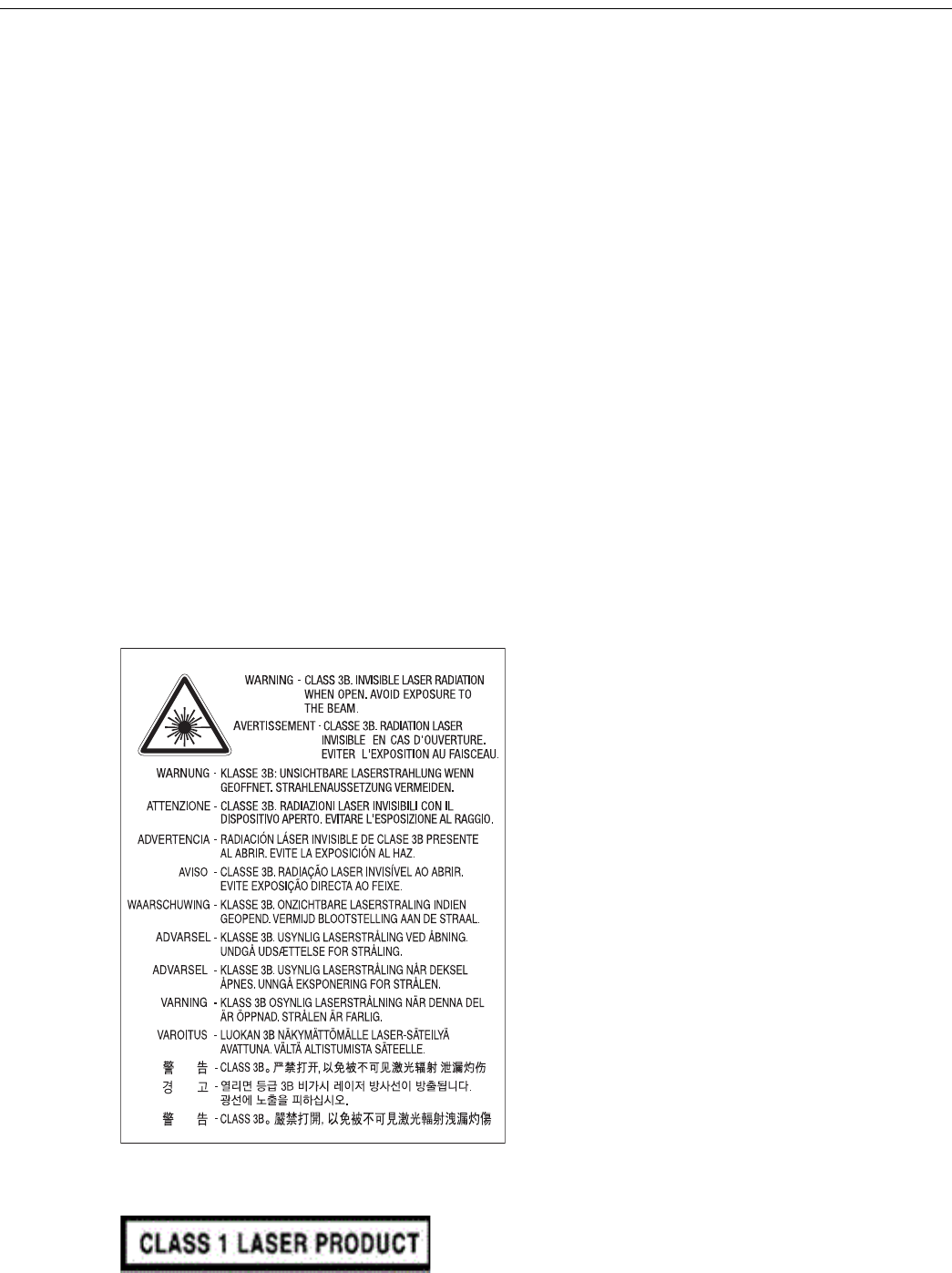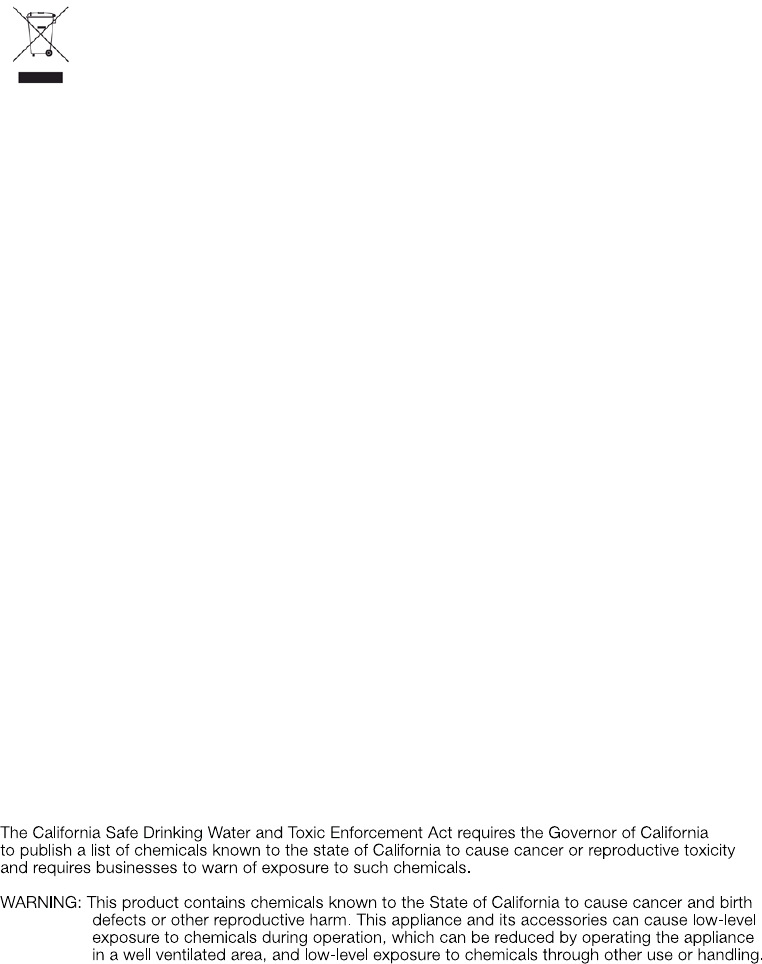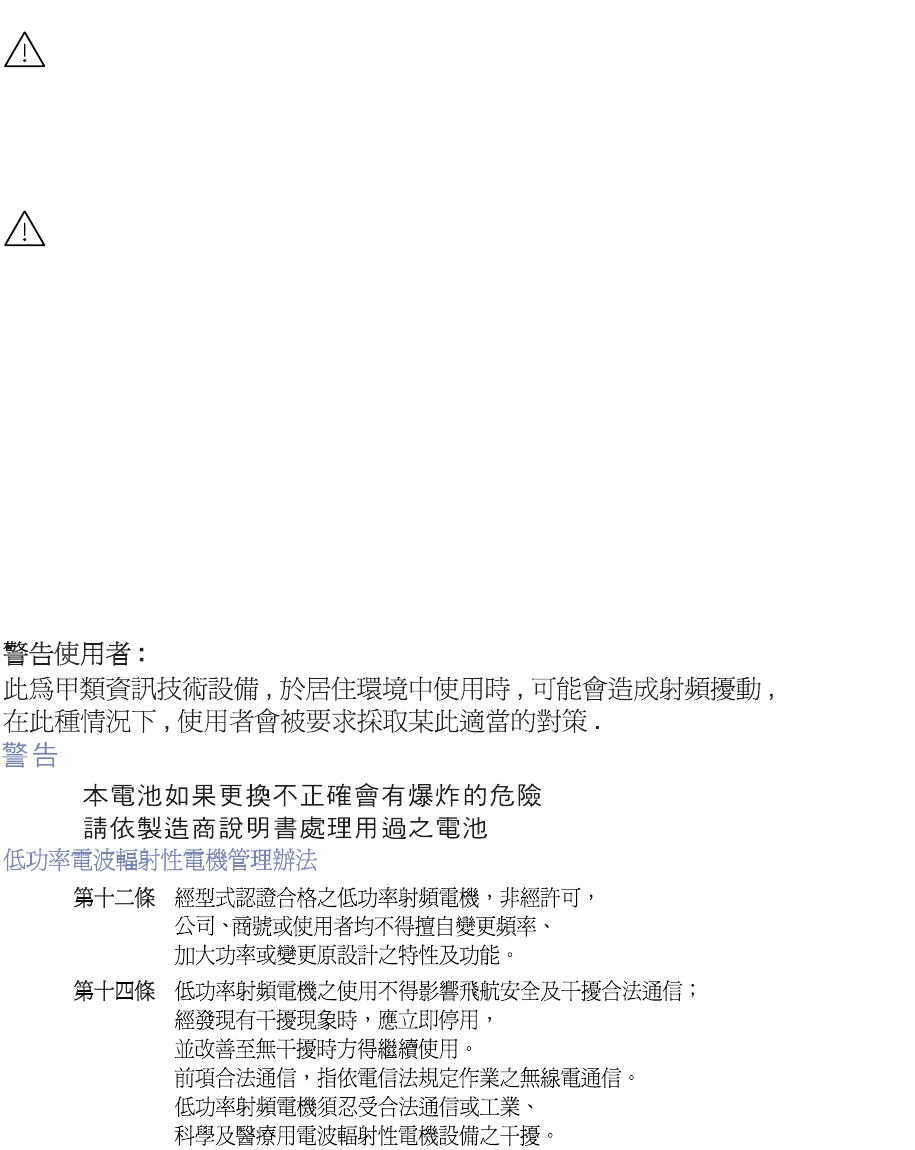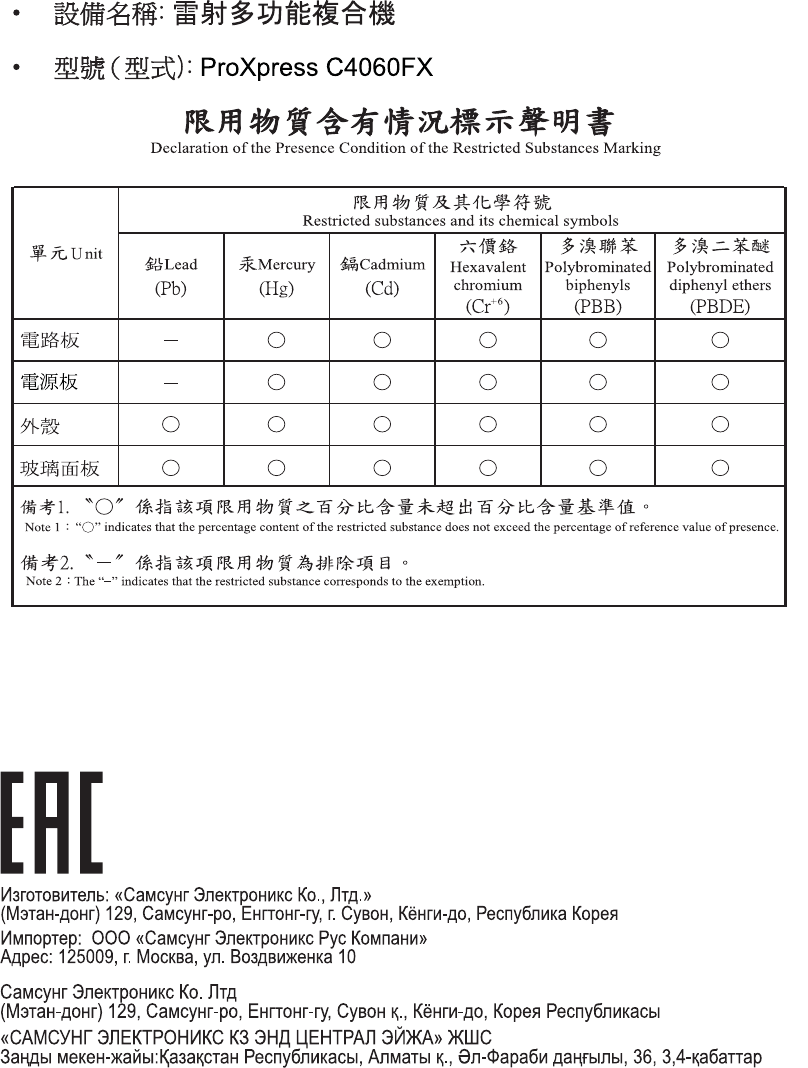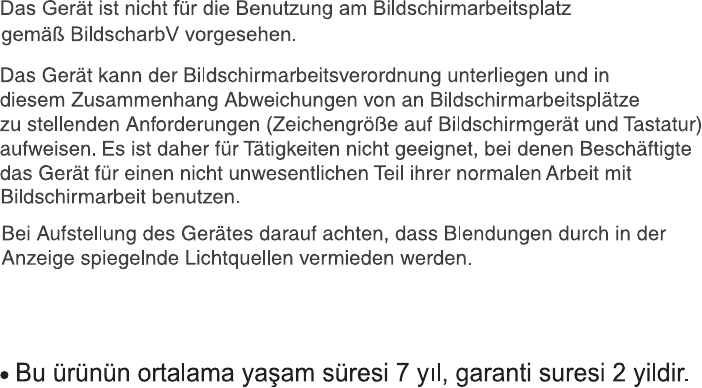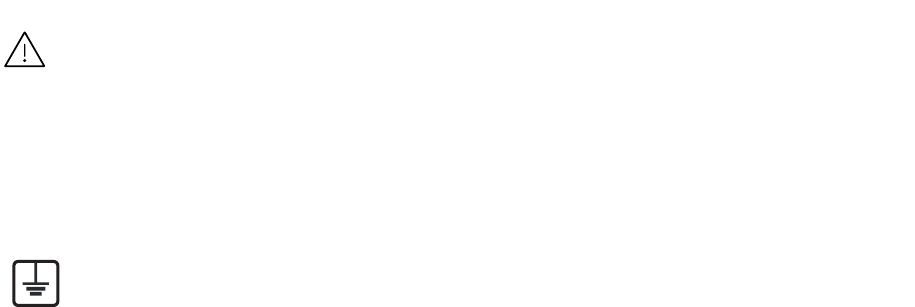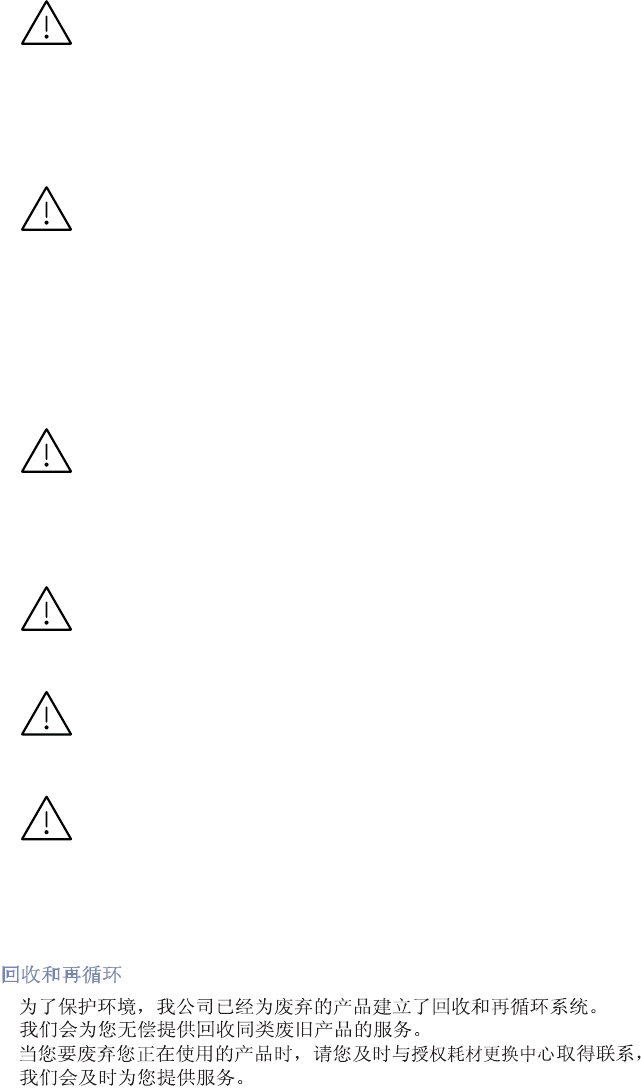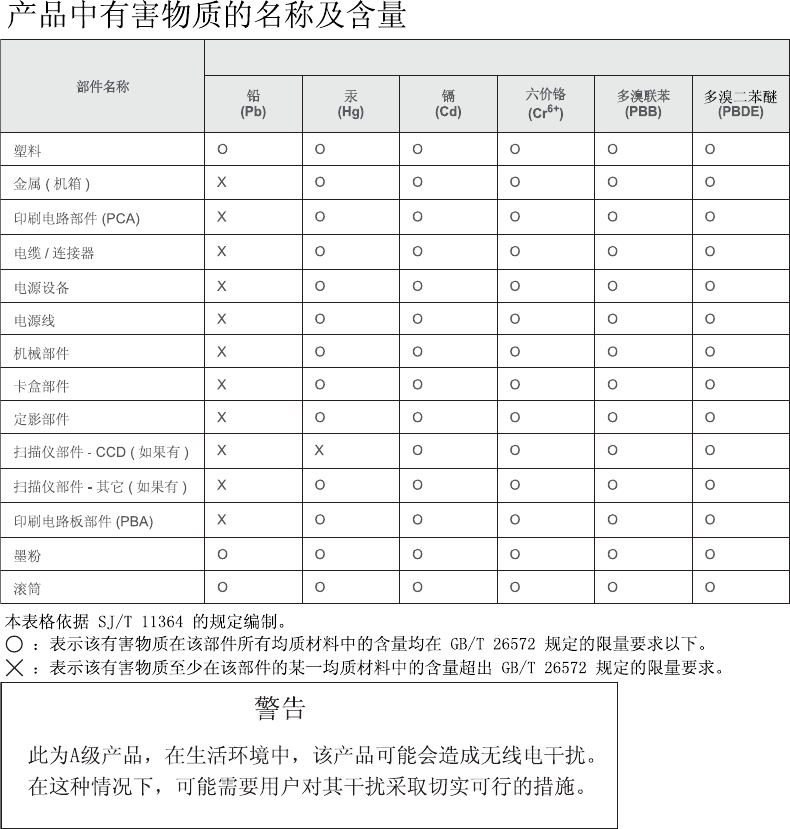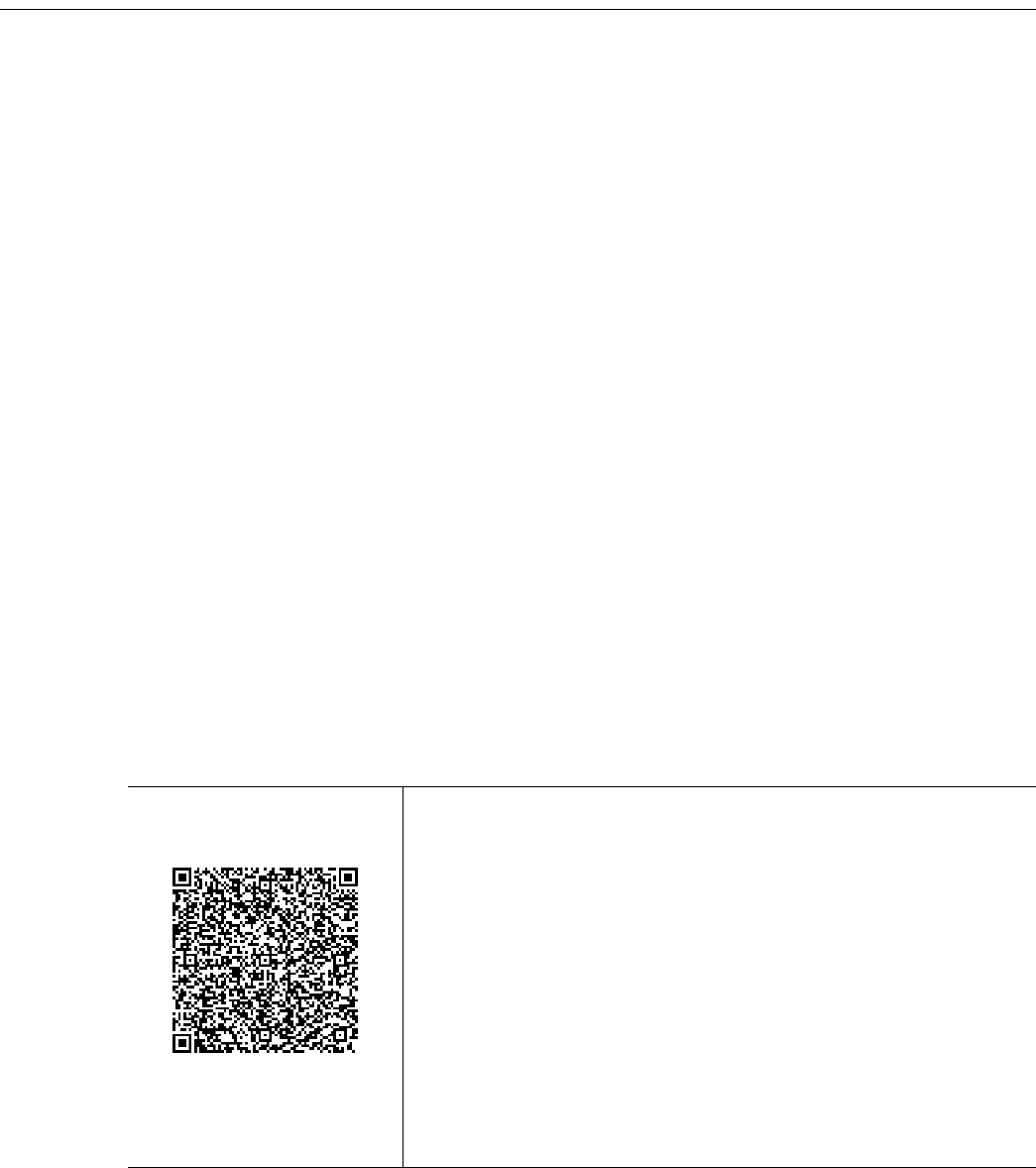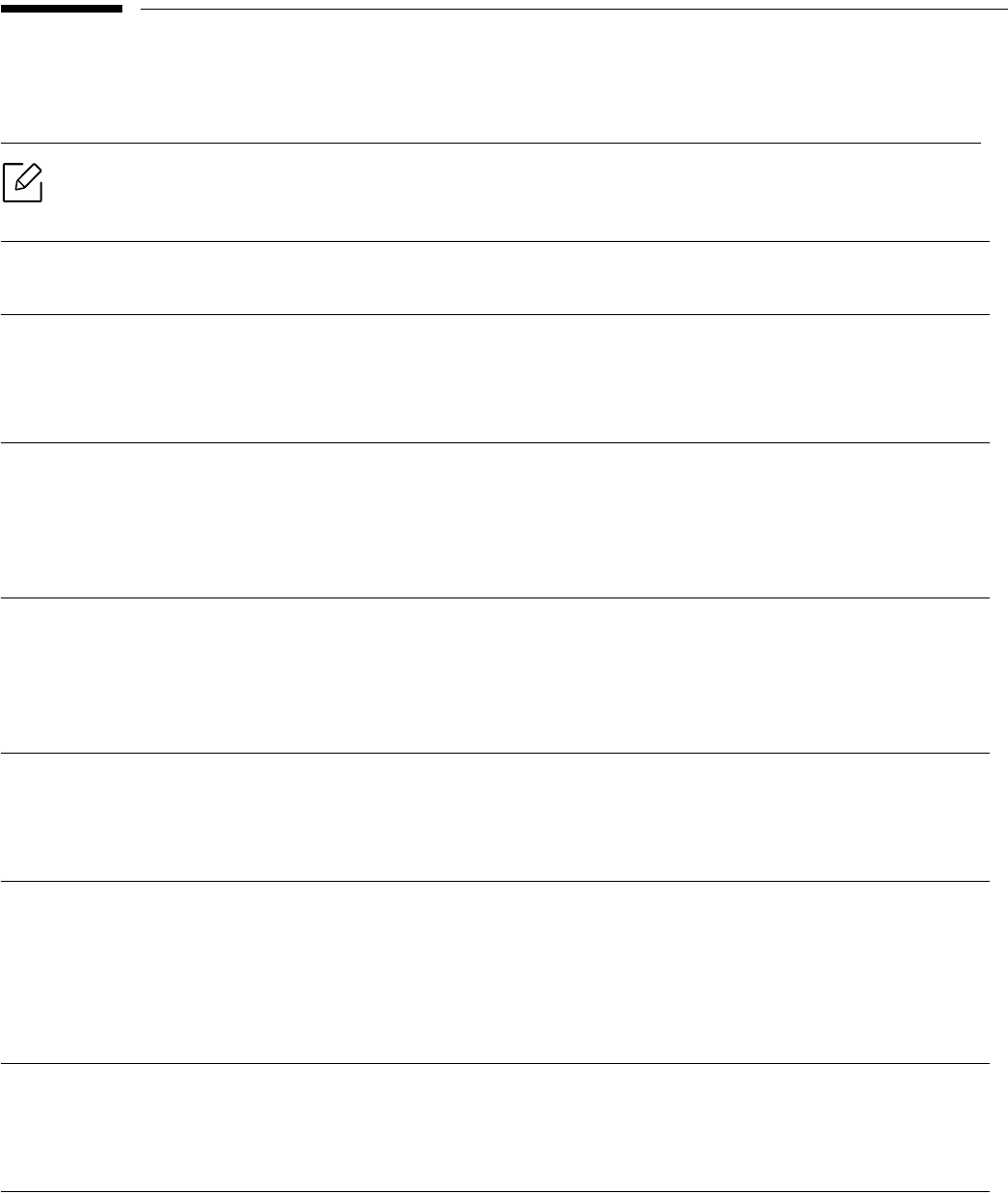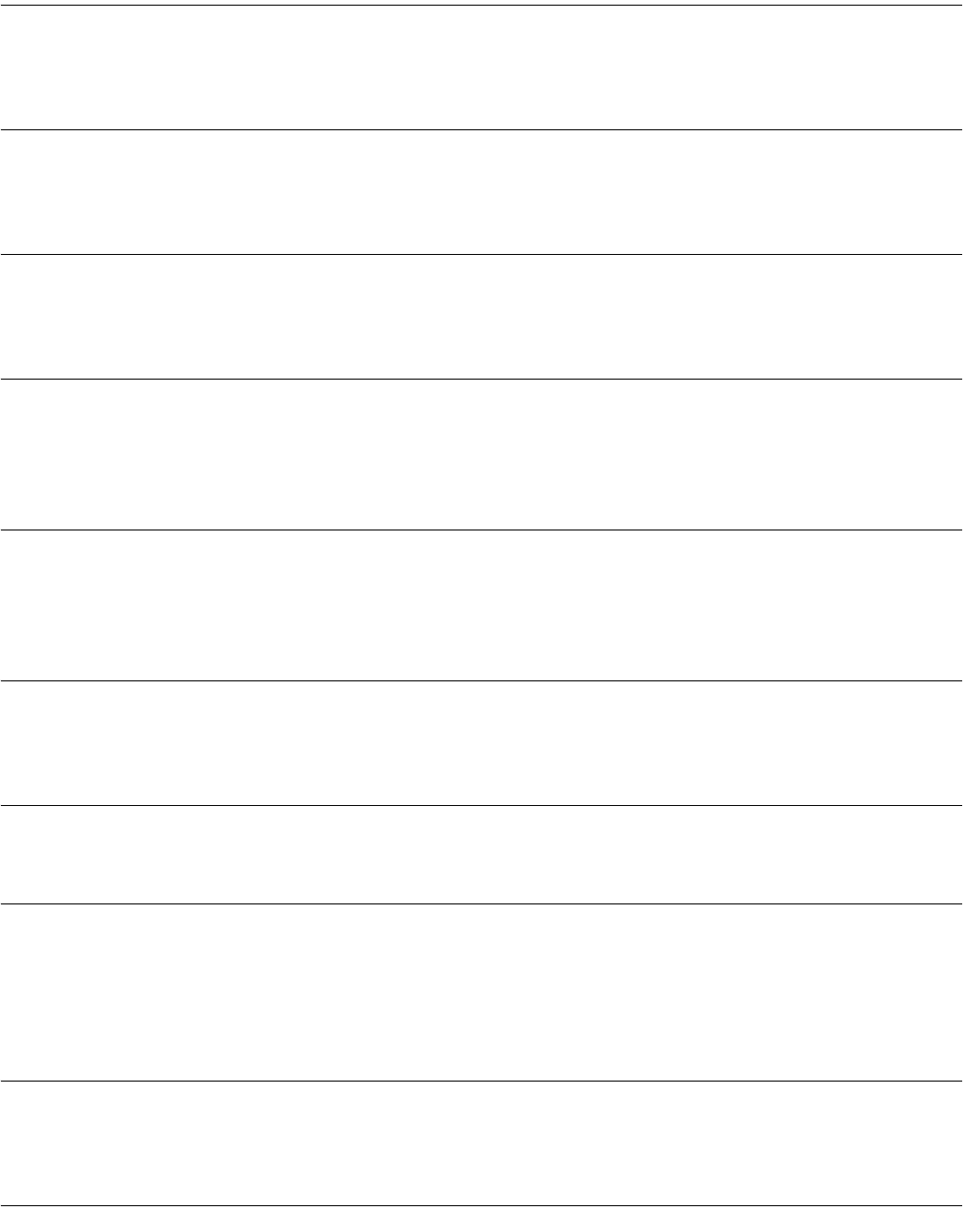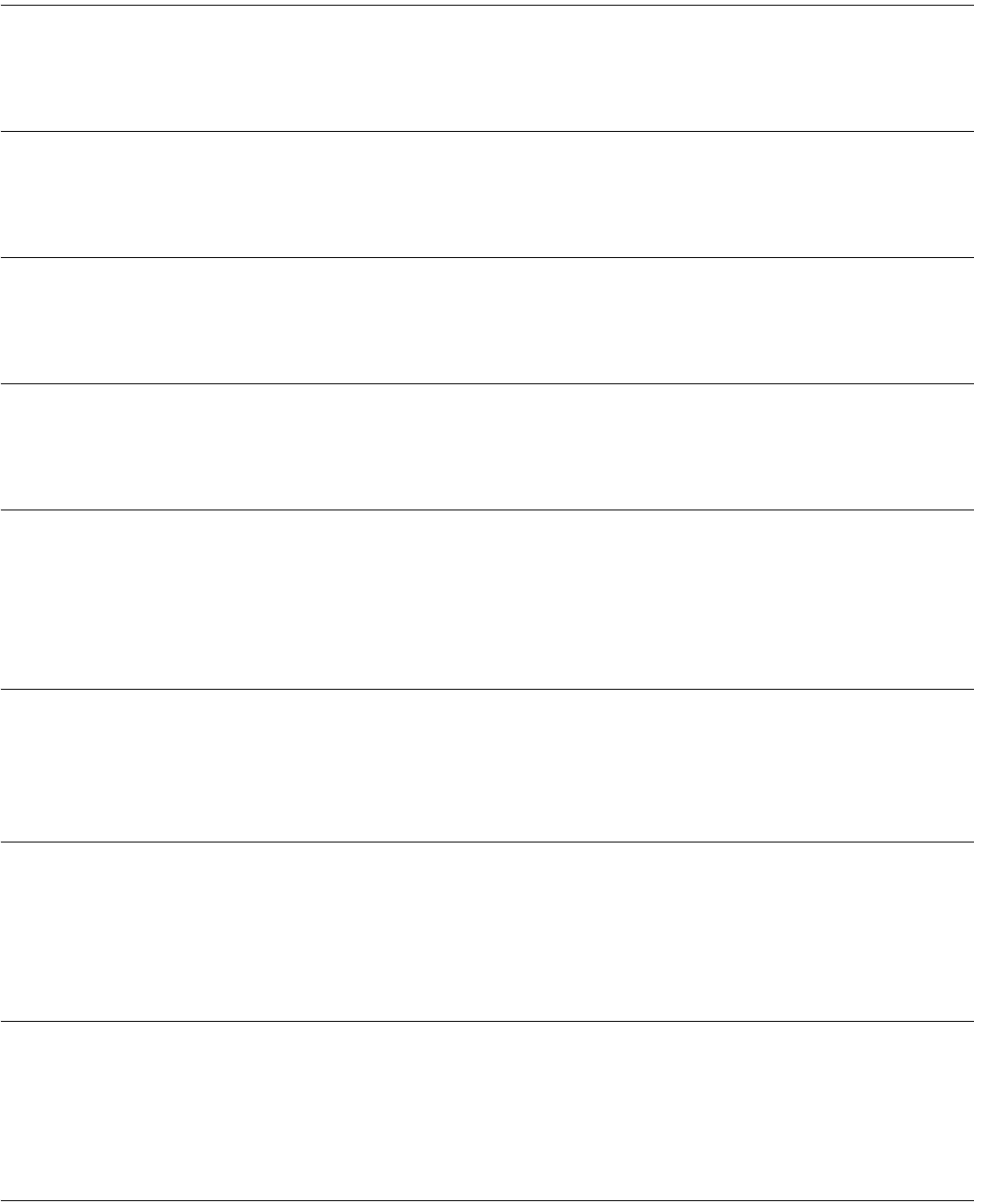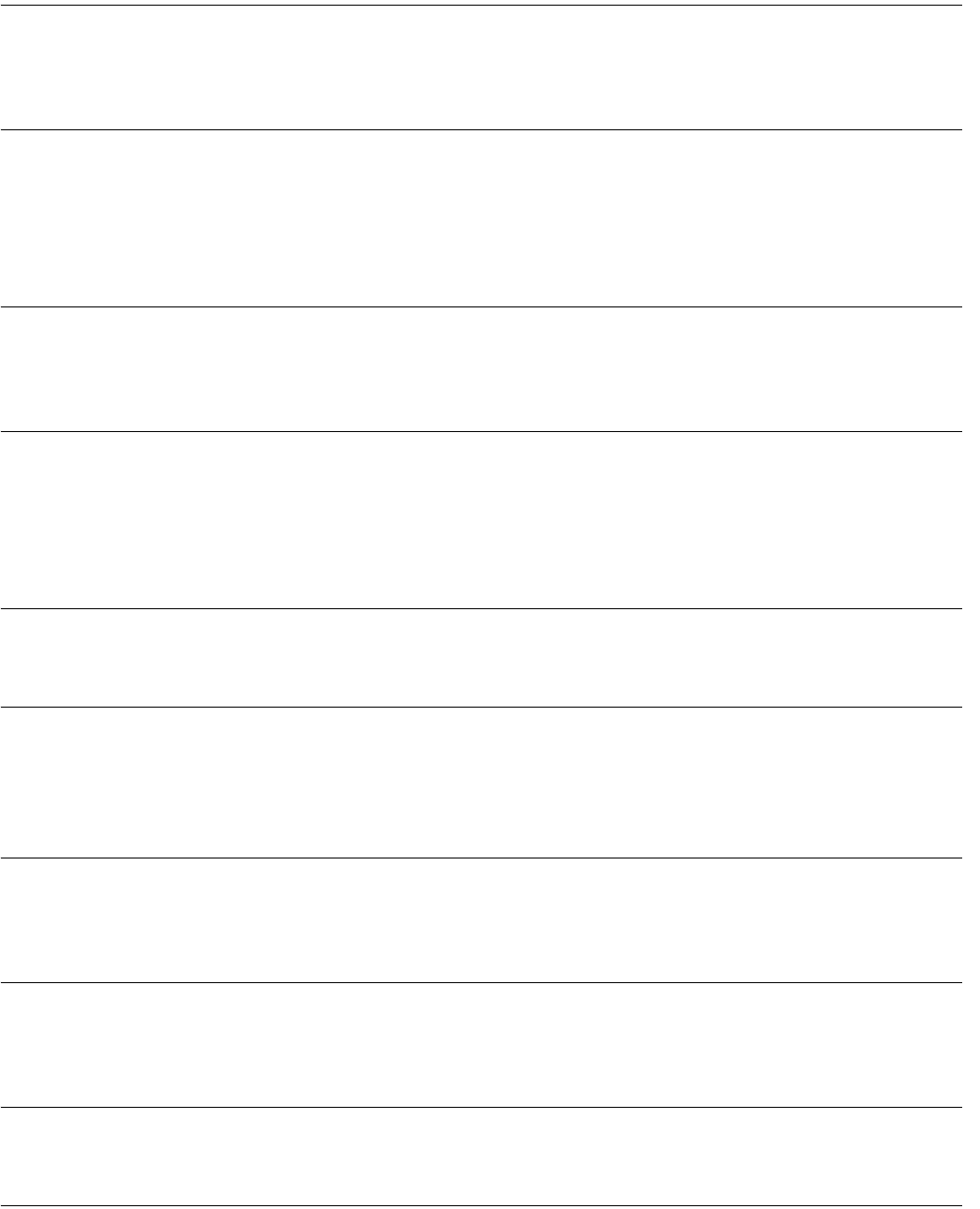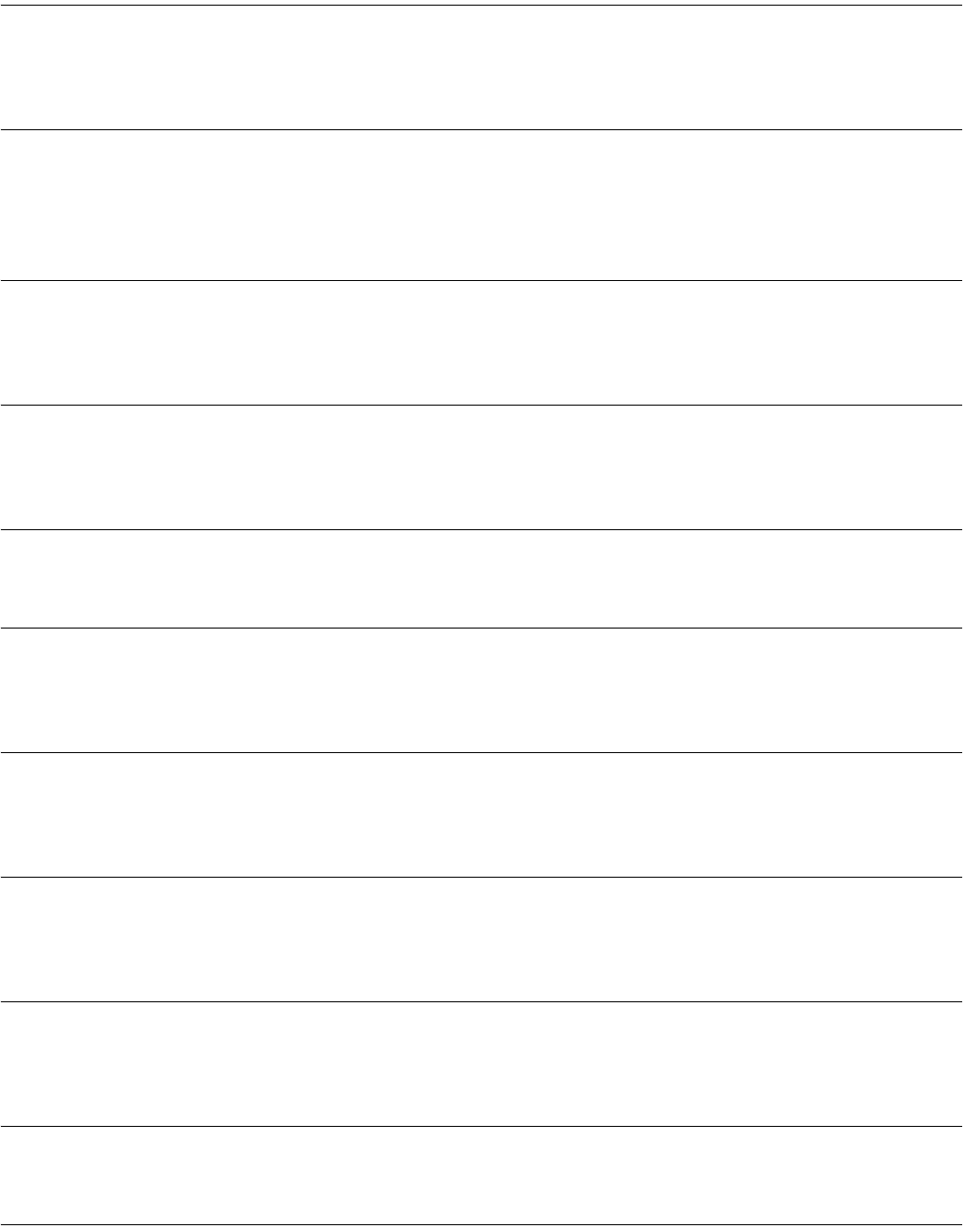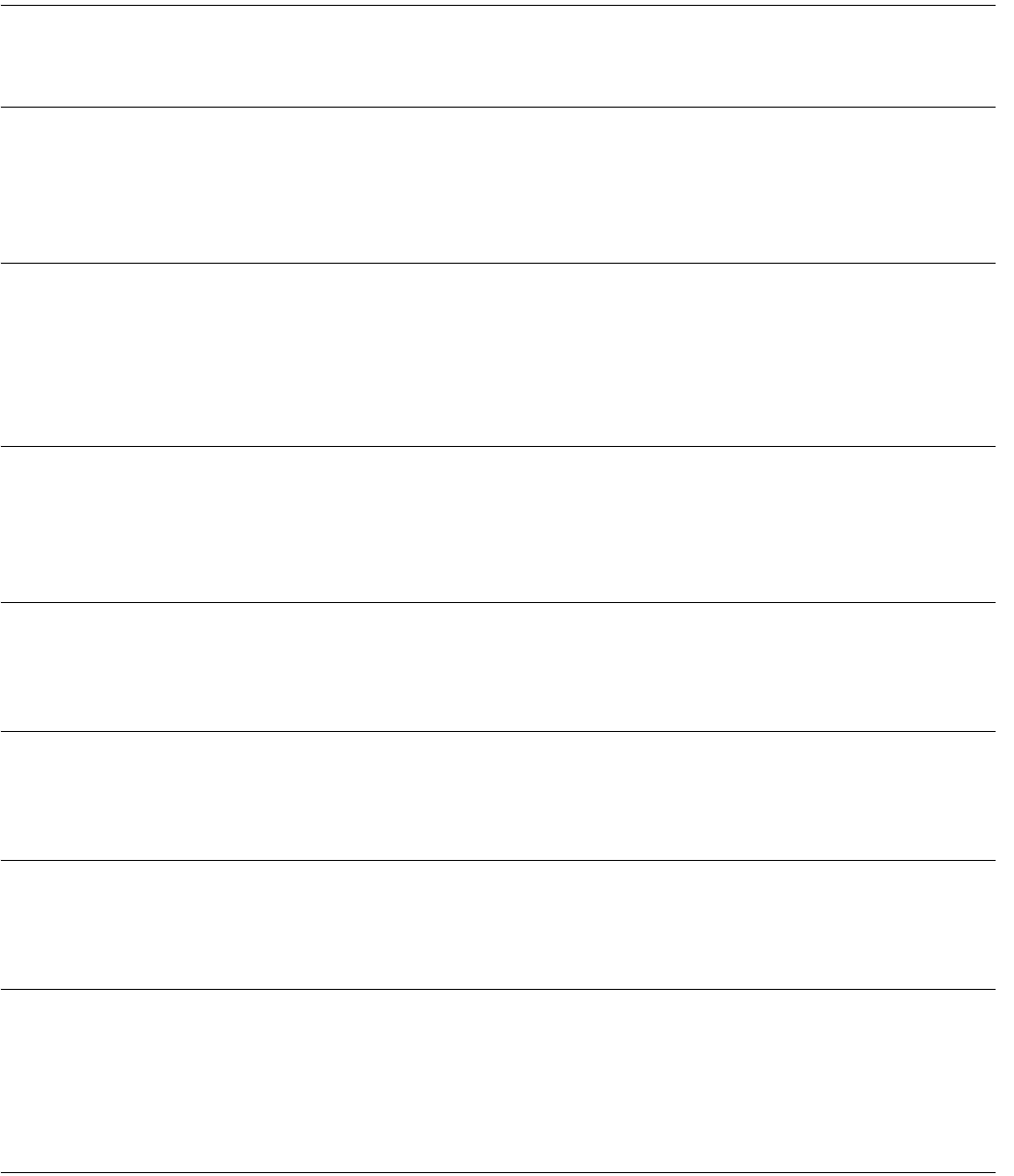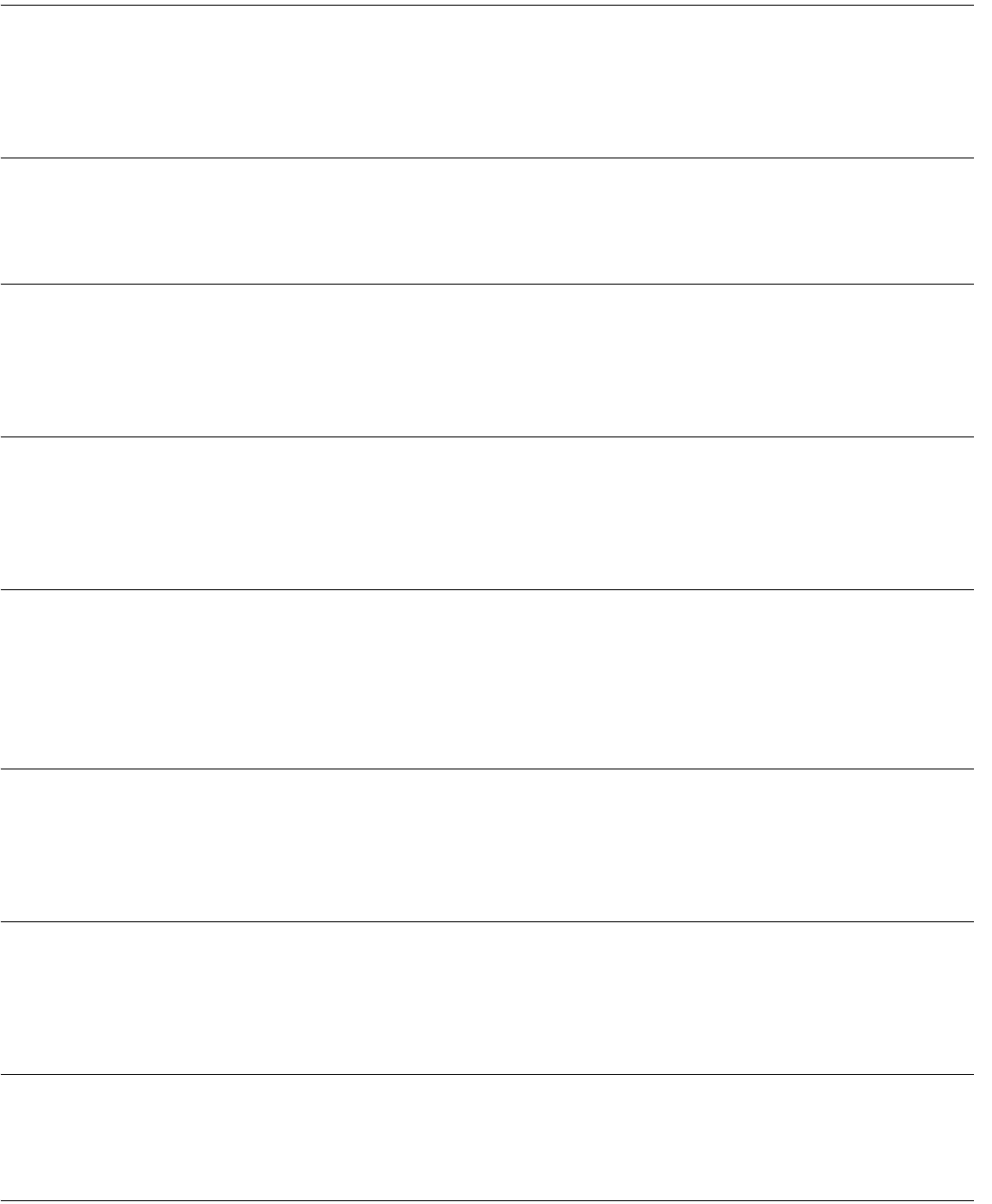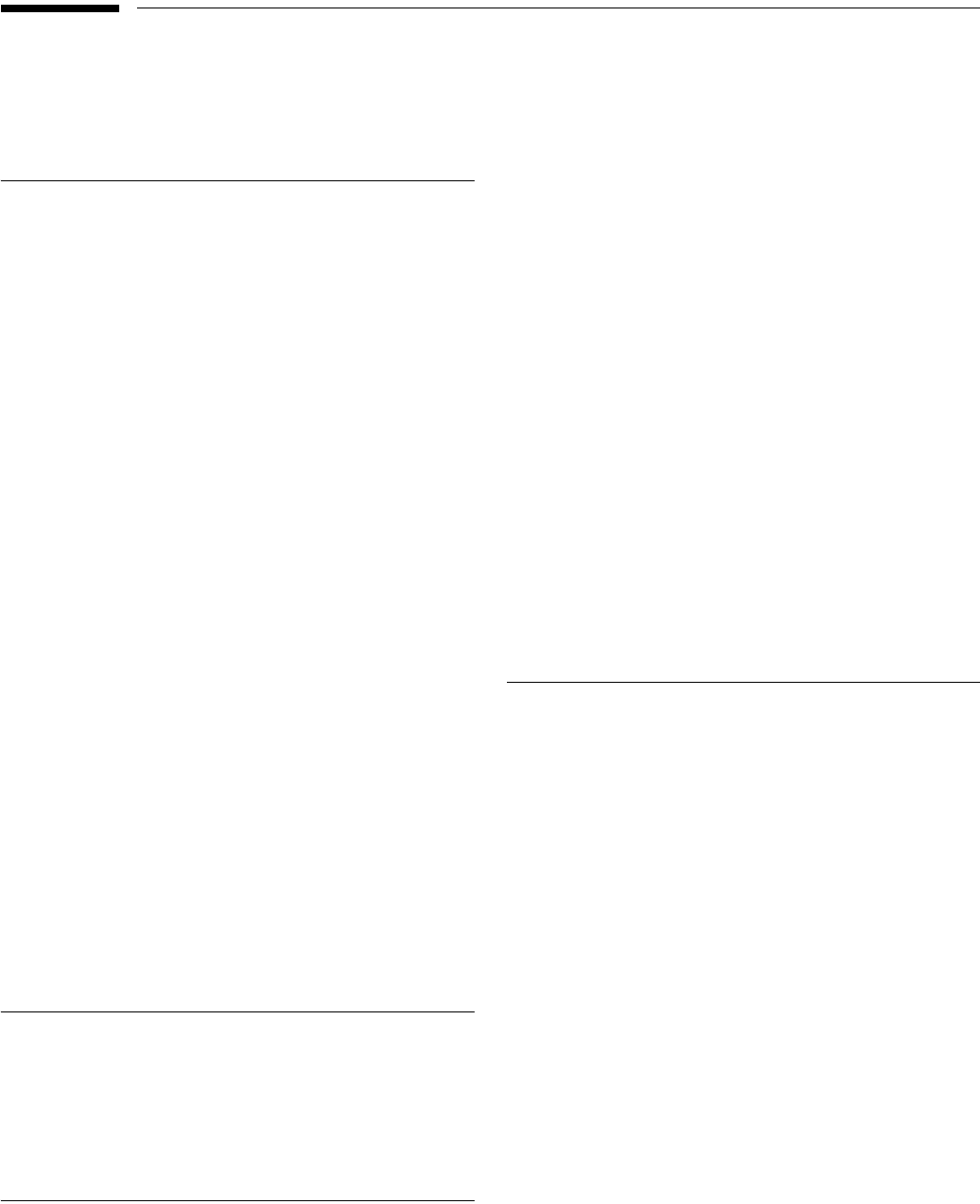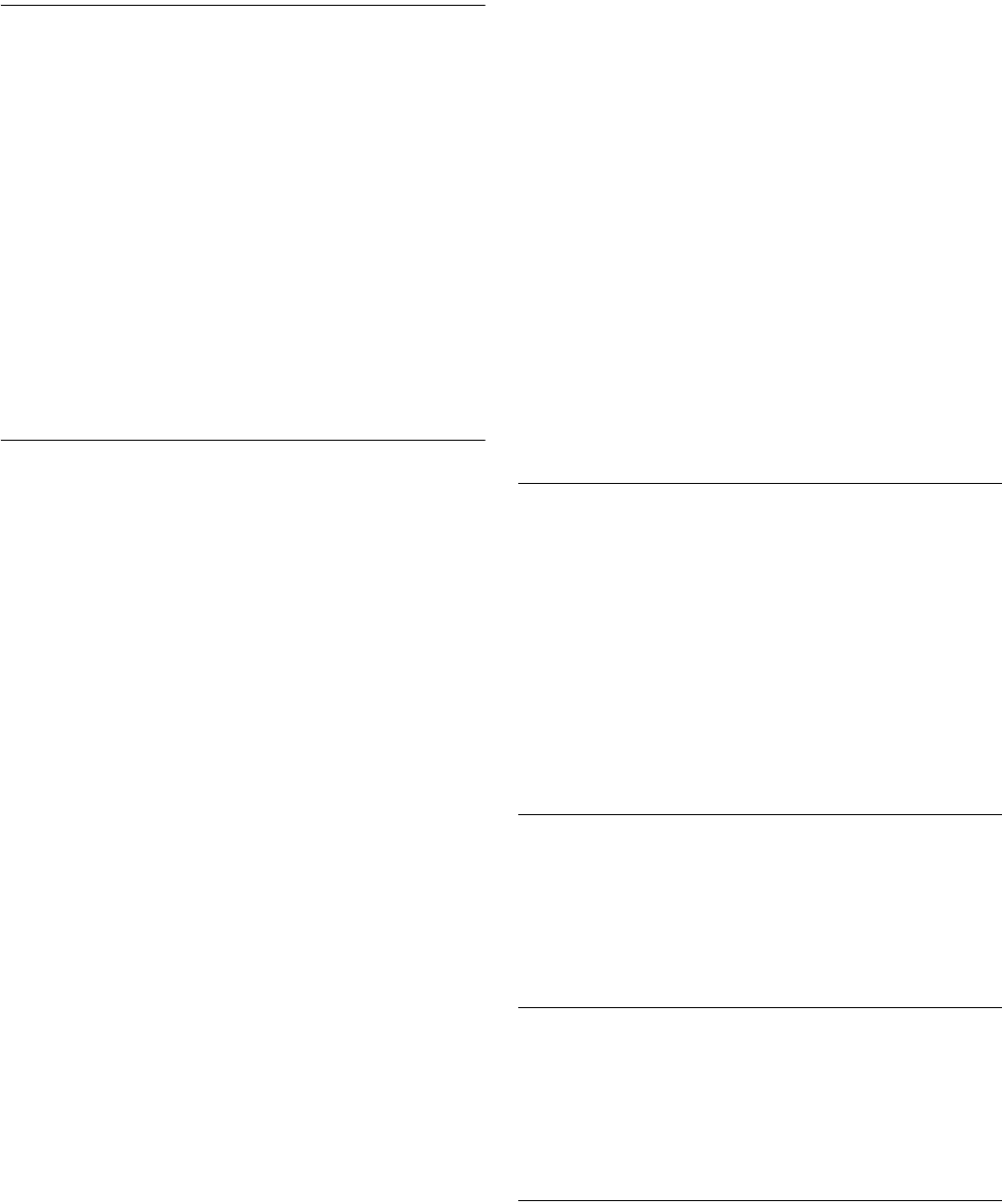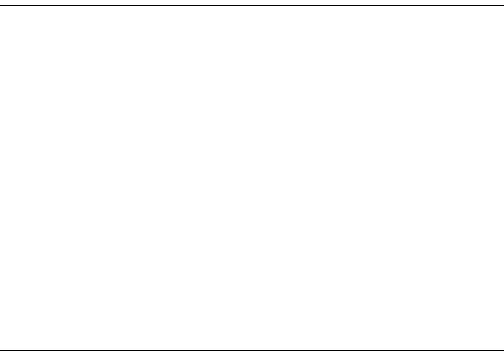SyncThru™ Web Service | 201
Box tab
You can manage the Box. This feature is also available from the machine (see "Using Box" on page
219).
Forward/Print / Send / Download
You can manage the folder and files in Forward, Print, Send, Download.
• Add: You can create Box in Print, Send, Download tab and Secured Box in Print, Send tab.
• Delete: You can delete Box and file in Forward, Print, Send, Download tab.
• Edit: You can edit Box and file name in Print, Send, Download tab.
• Browse: If you want to browse the Box, check the Box you want then click Browse.
• Task: You can copy and move the Box and files in Print, Send, Download tab.
Settings tab
Settings tab has sub menus, Machine Settings and Network Settings. You cannot view or access
this tab if you do not log-in as an administrator (see "Logging into SyncThru™ Web Service" on
page 199).
• Machine Settings: You can set machine settings.
- System: You can set machine related settings.
- Printer: You can set print related settings such as darkness or adjust the background. This
feature is also available from the machine (see "Print Settings" on page 187).
- Copy: You can set copy related settings such as darkness or adjusting the background. This
feature is also available from the machine (see "Copy tab" on page 83).
- Fax: You can set fax related settings such as fax number or redial times. This feature is also
available from the machine (see "Understanding the fax screen" on page 109).
- Scan & Send: You can set scan related settings. This feature is also available from the
machine (see "Understanding the Scan & Send screen" on page 94).
- Box: You can set box related settings.This feature is also available from the machine (see
"Using Box" on page 219).
- Address Book Settings: This address book contains contacts that are available to all users.
You can use the address book to make contacts available to anyone who uses the machine.
- E-mail Notification: When an error occurs or the consumables are running out, the machine
sends a notification to the administrator via e-mail. You can set whether to use this feature
or not. You can also select which alerts to receive and when.
• Network Settings: You can set up the network environment to use your machine as a network
machine. You can also set the settings from the machine. Refer to the network setup chapter
(see "Network settings (configuring TCP/IP)" on page 139).
- General: You can set general machine information to use in the network and set Ethernet
settings. This feature is also available from the machine (see "Ethernet" on page 139).
- TCP/IPv4, TCP/IPv6, Raw TCP/IP, LPR, IPP,Telnet, WSD, SLP, UPNP, mDNS, CIFS, SNMP,
SNMPv1/v2, SNMPv3: You can set protocol settings.This feature is also available from the
machine.
- Outgoing Mail Server (SMTP): You can set server settings for outgoing emails. If this setting
is not configured, you cannot use scan to email feature. Outgoing emails will be sent through
SMTP server you set here. This feature is also available from the machine (see "Network
Protocol" on page 194).






































































































































